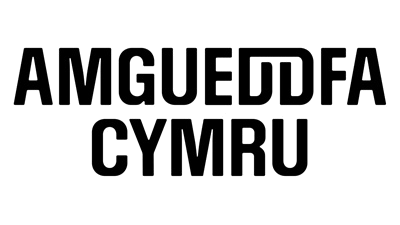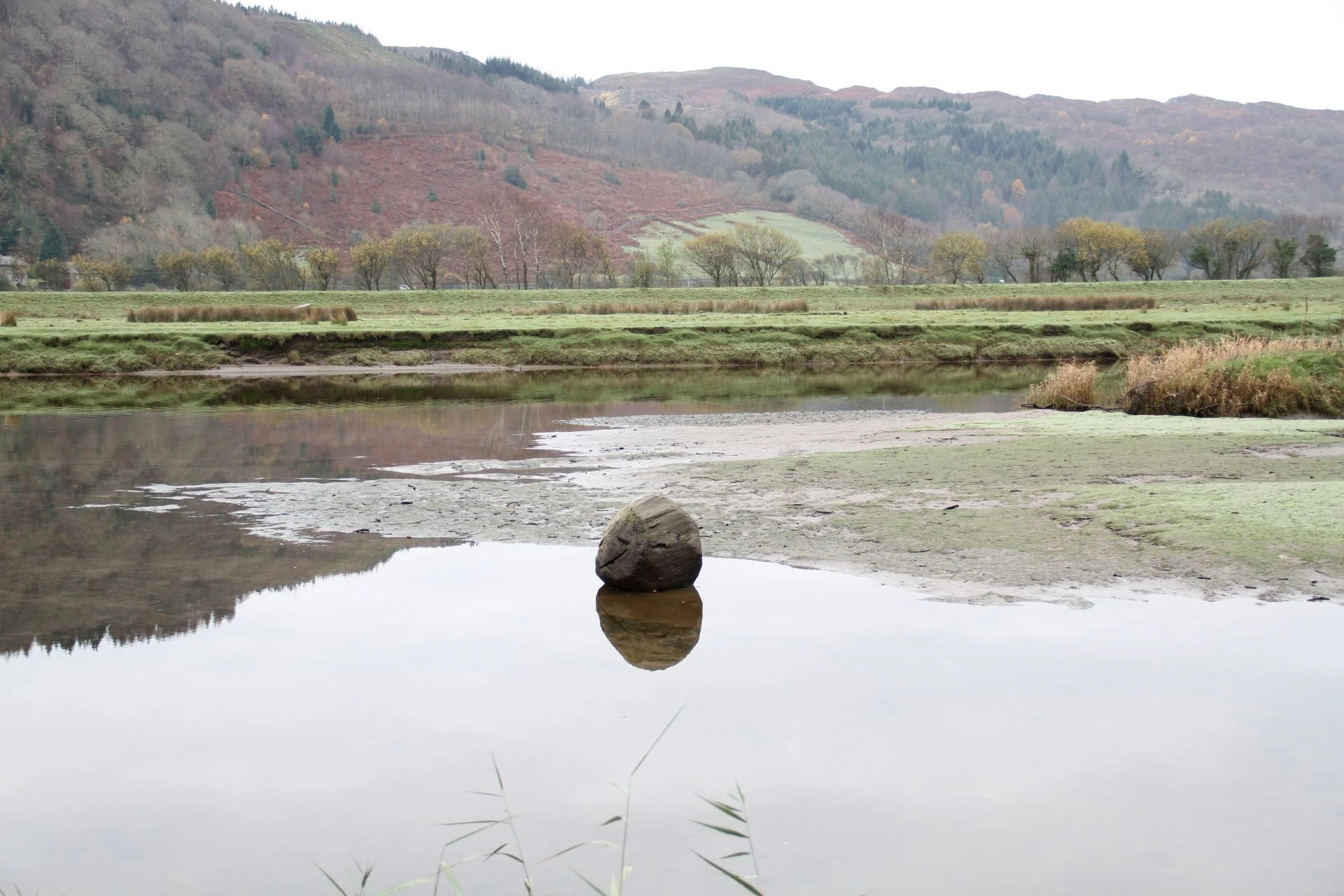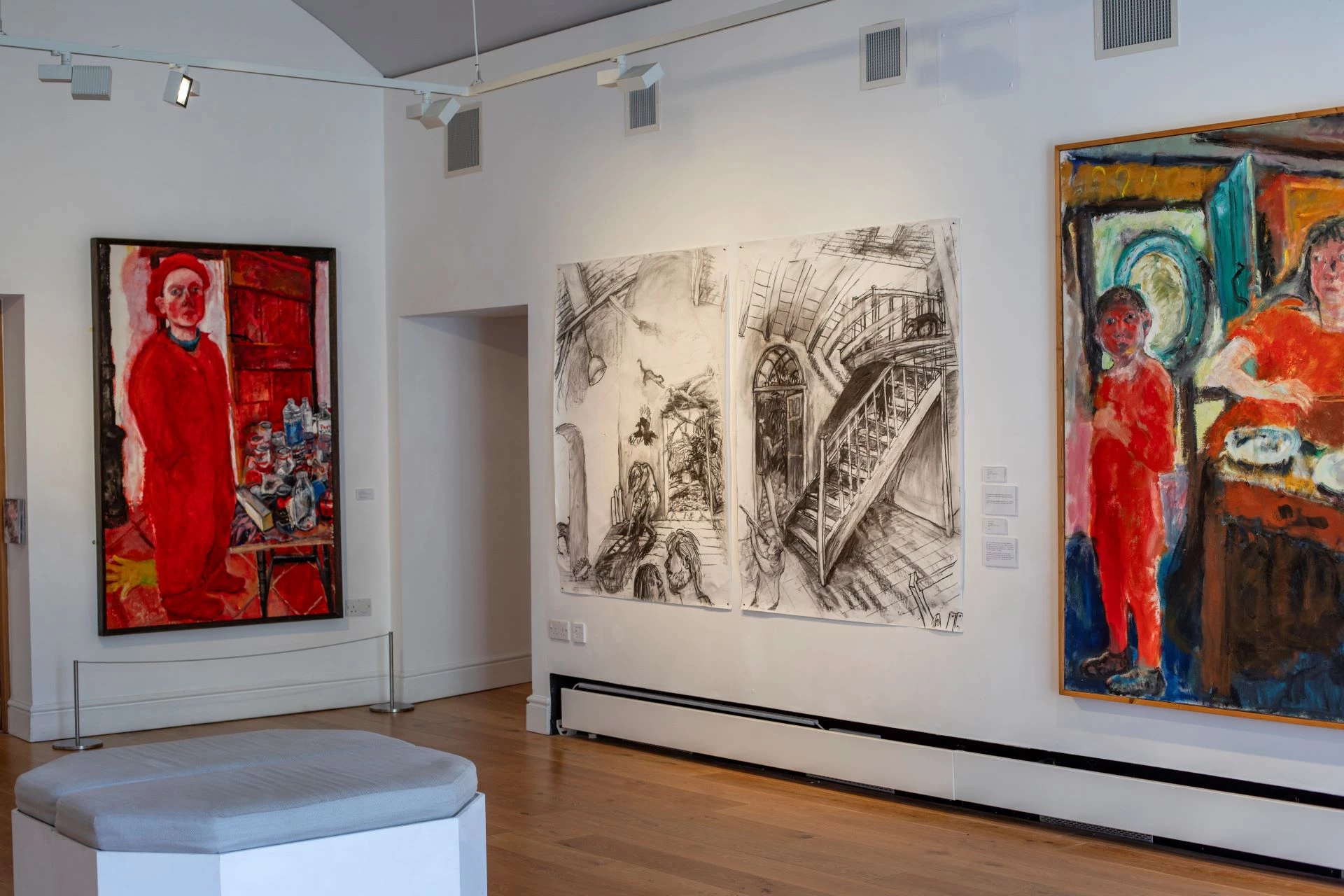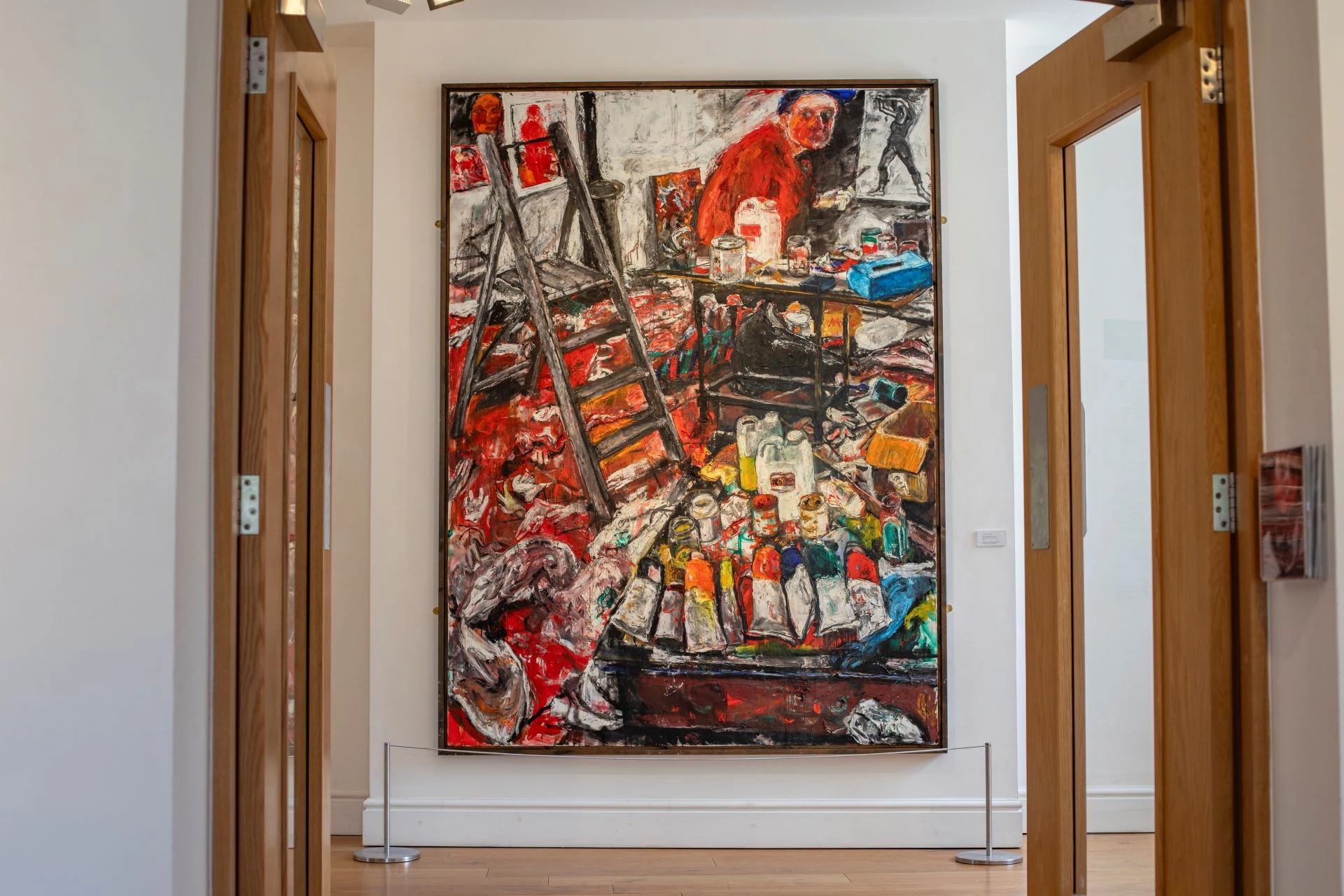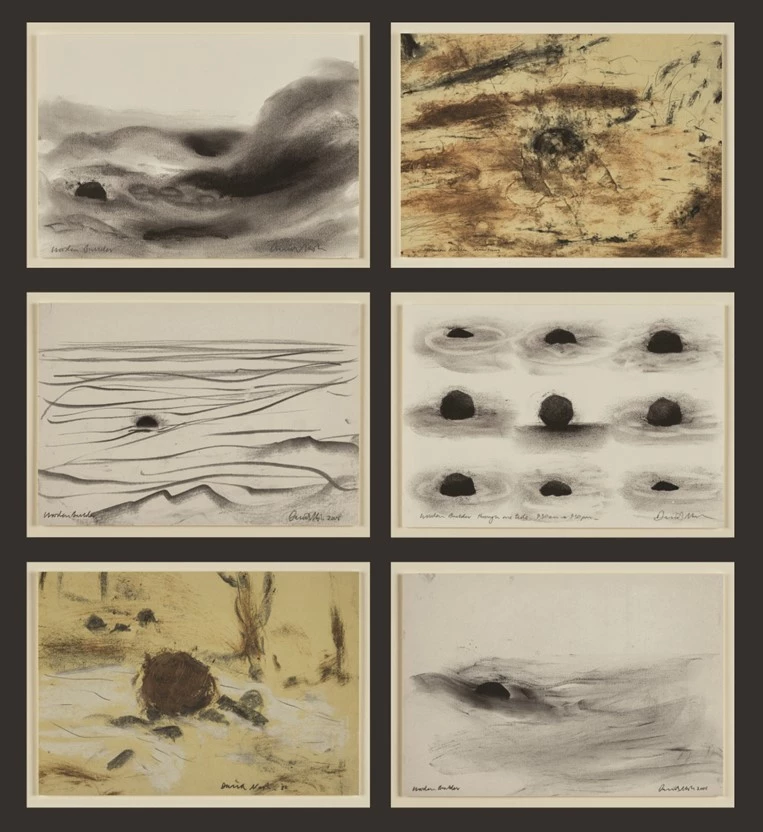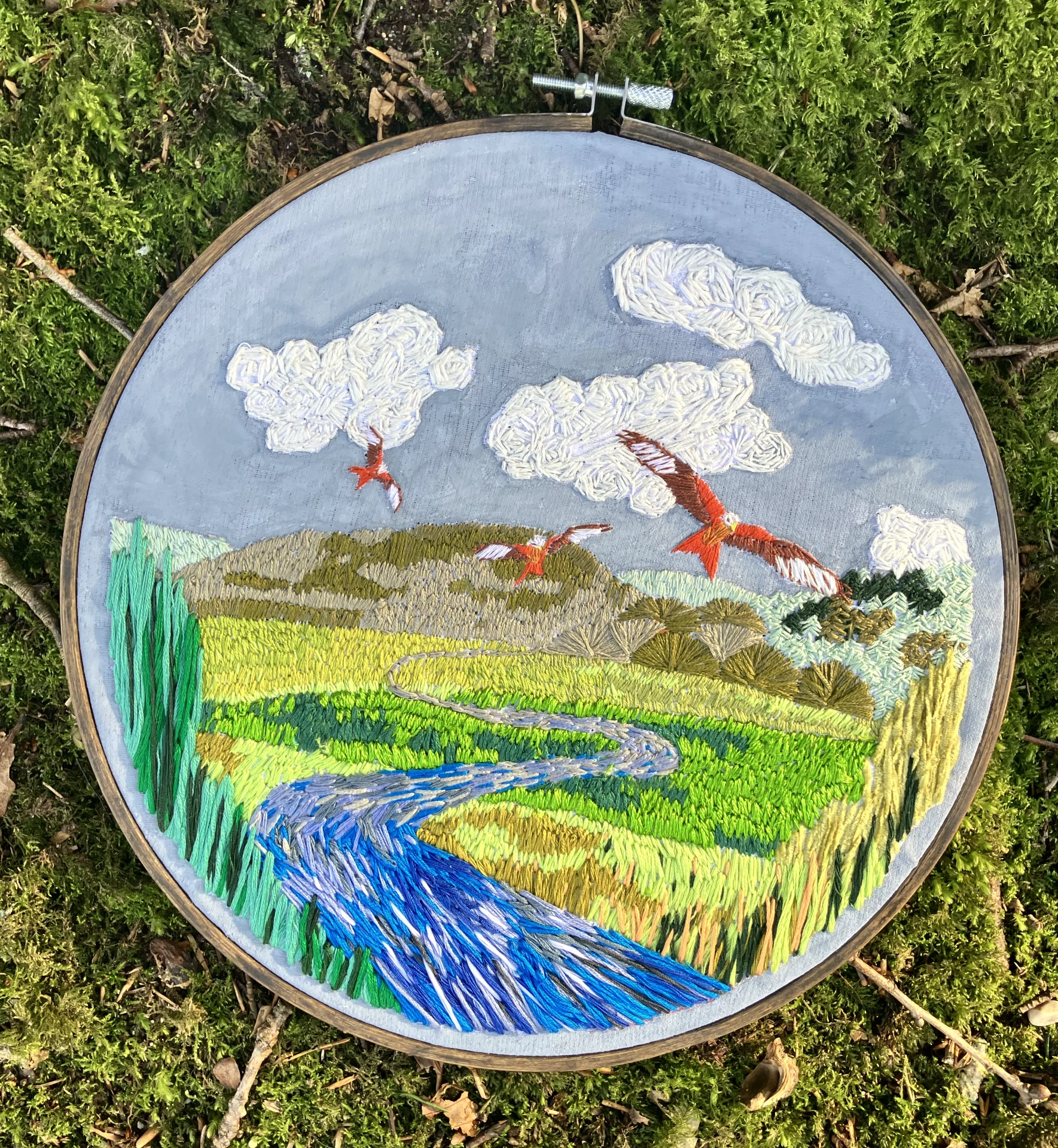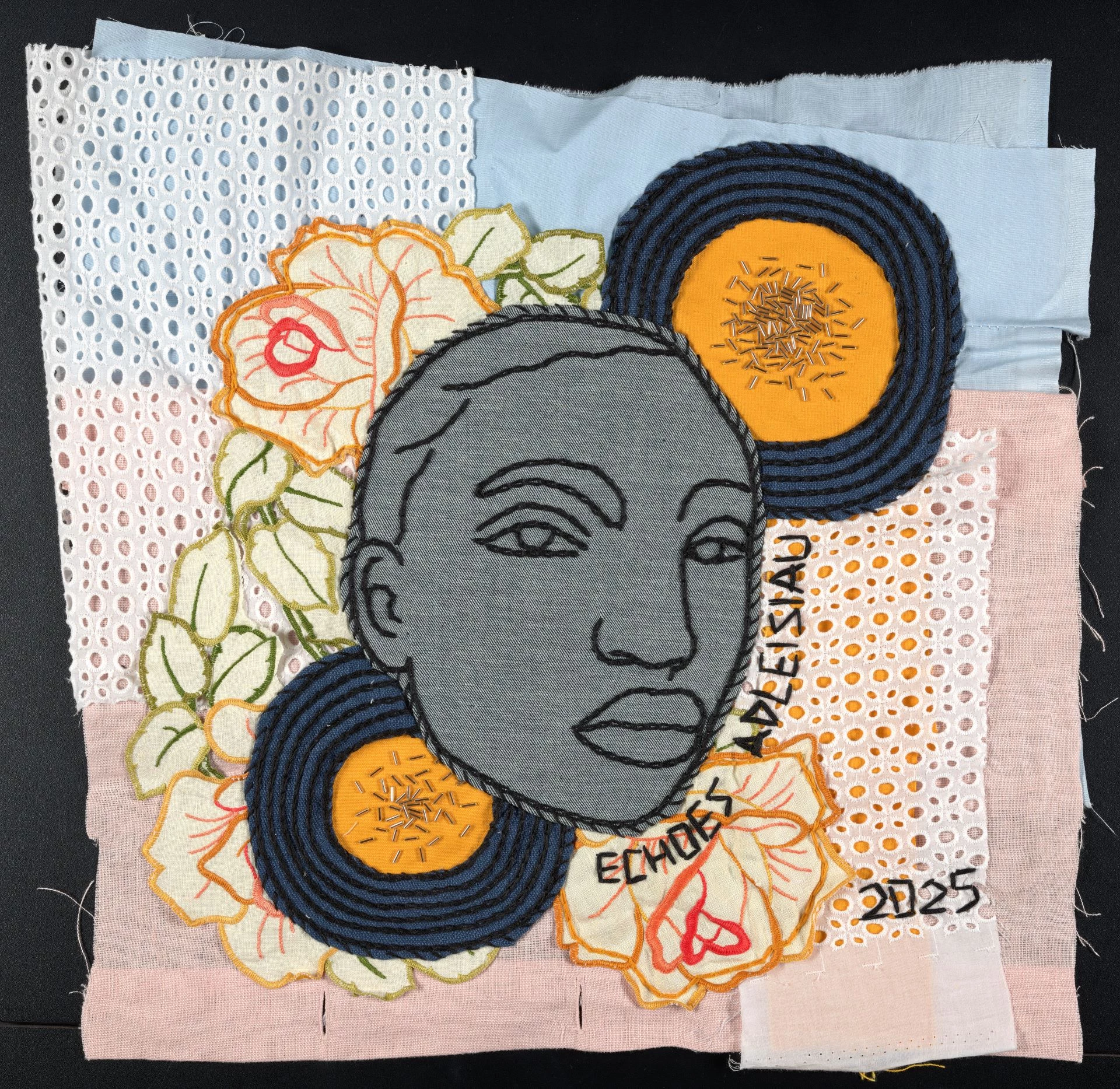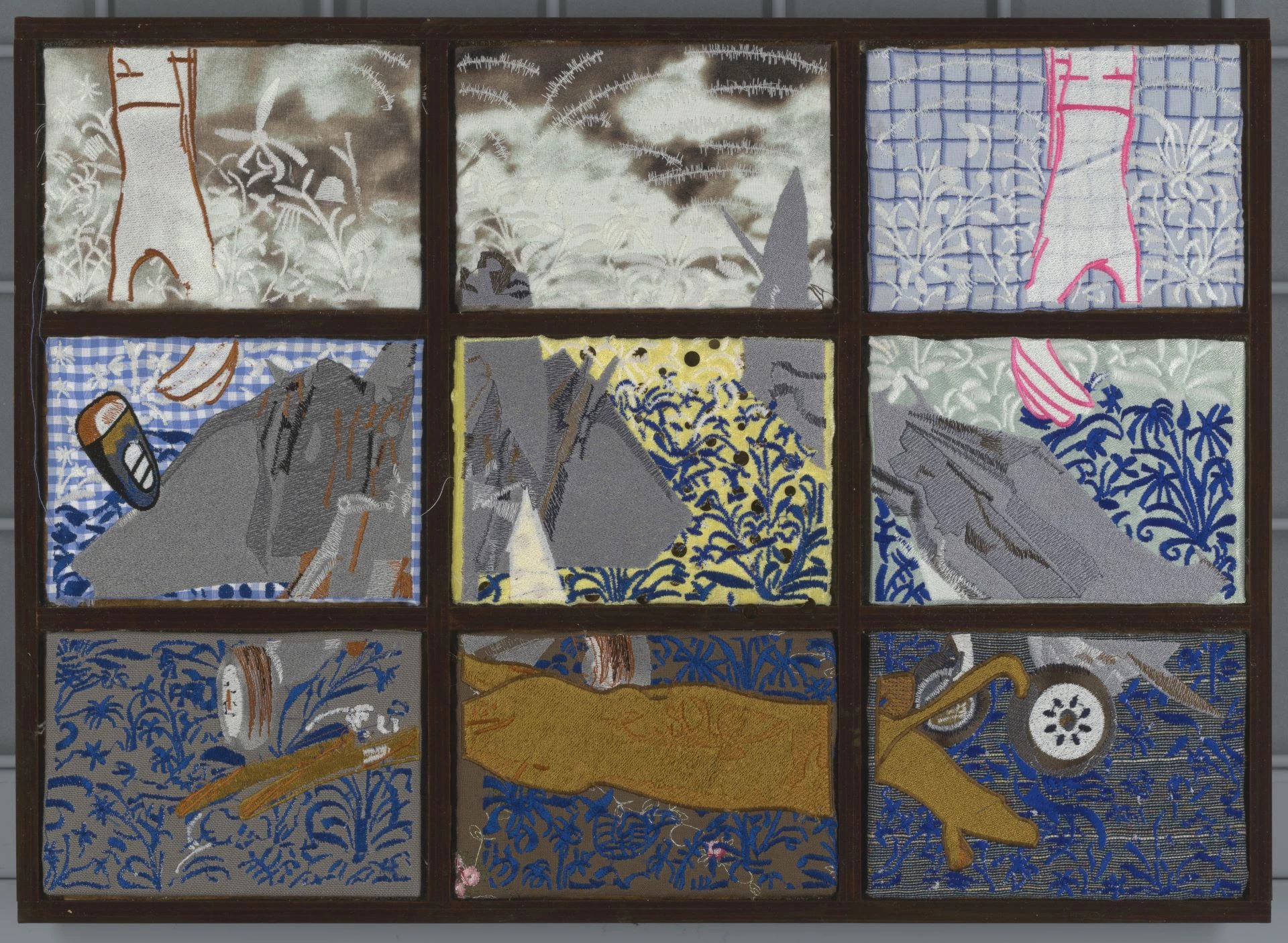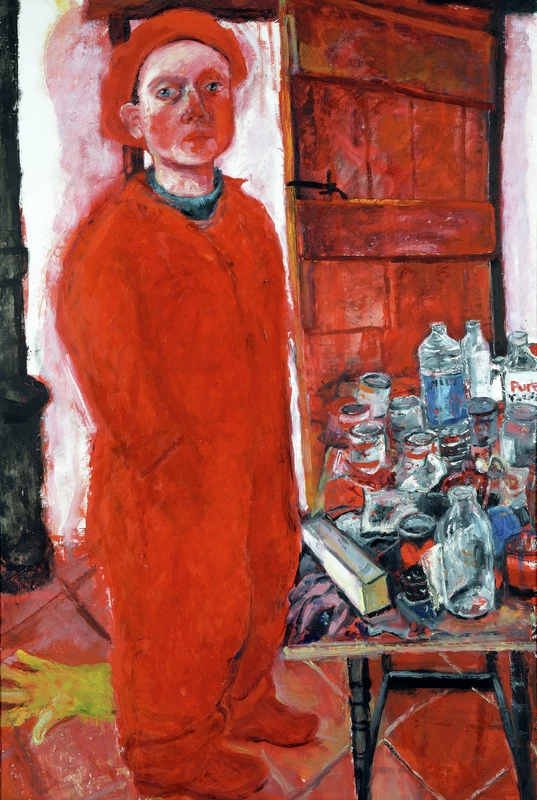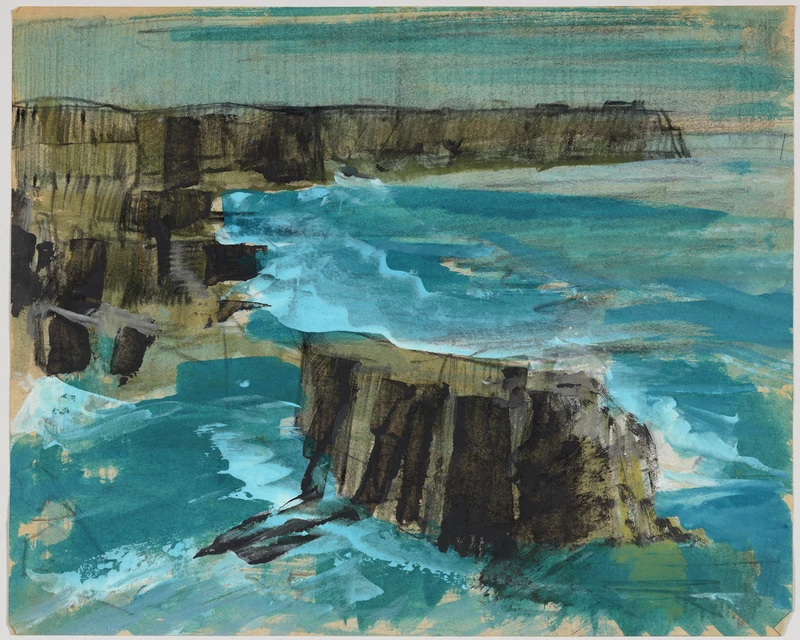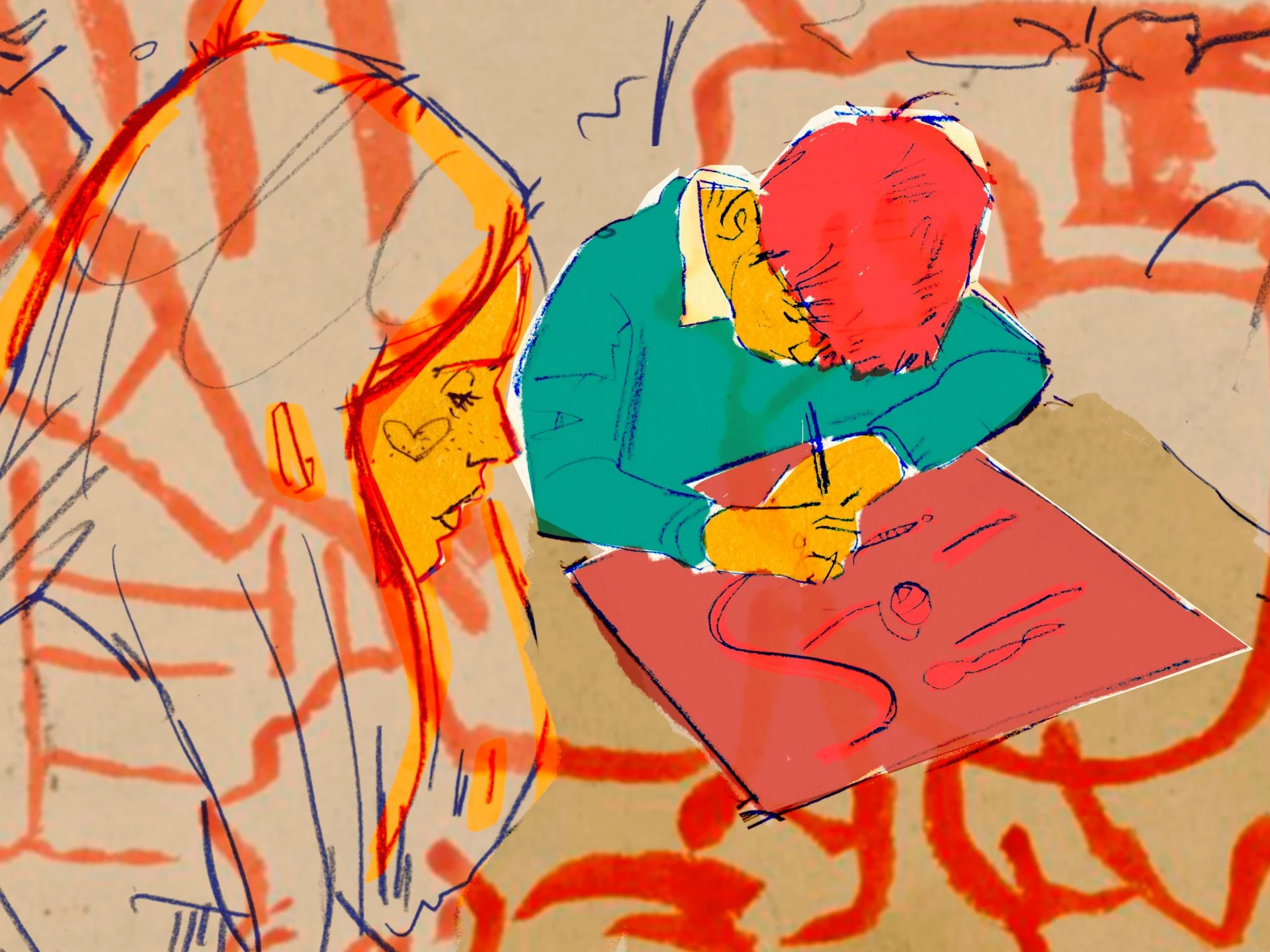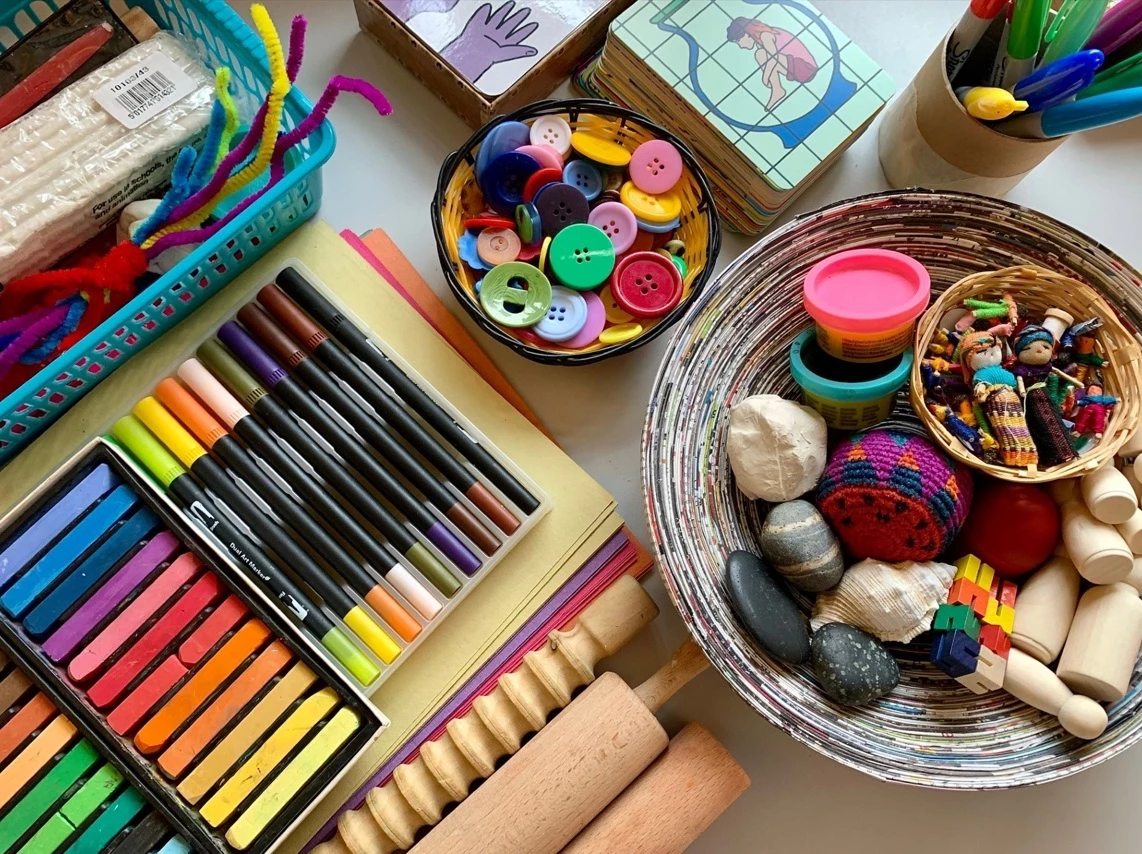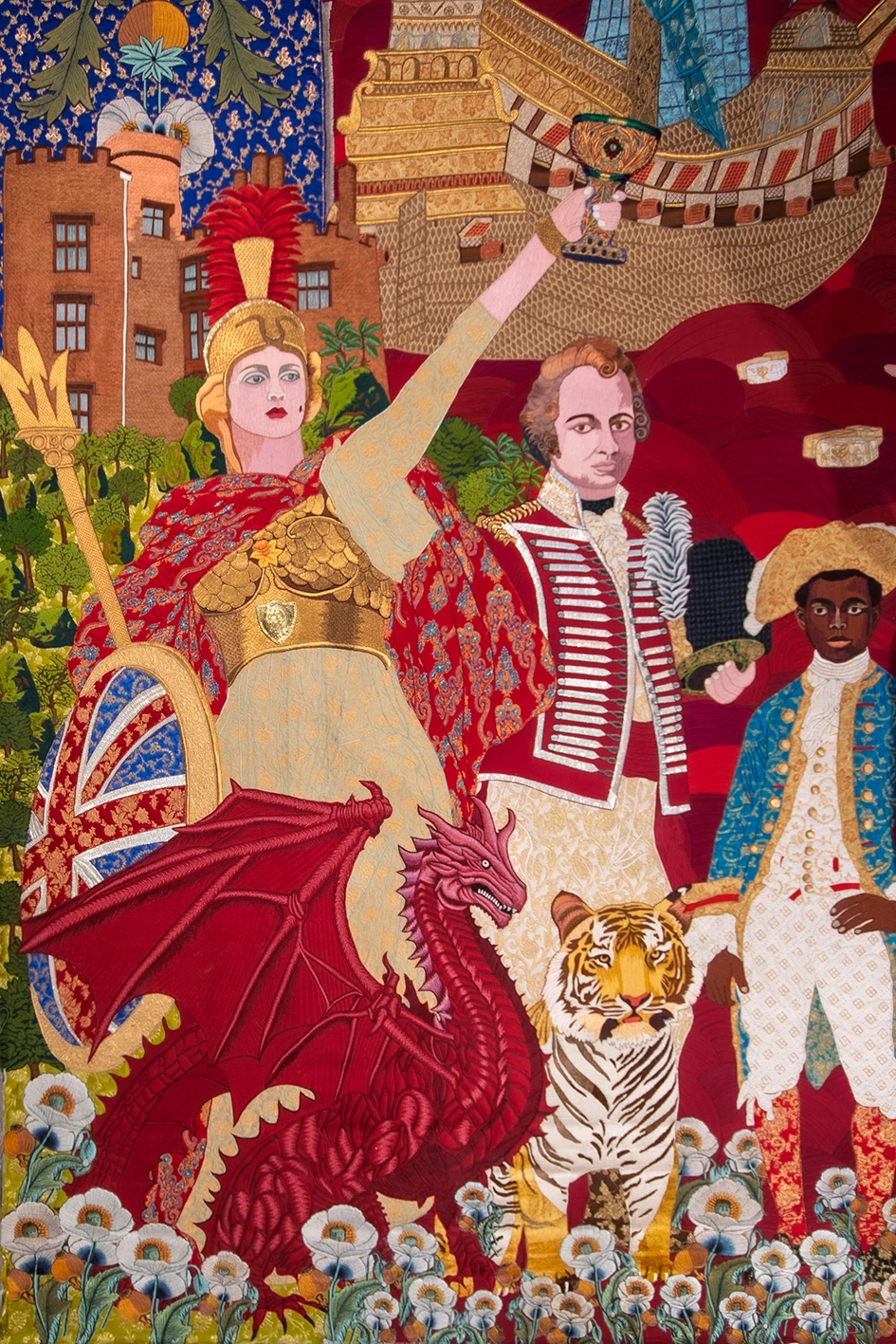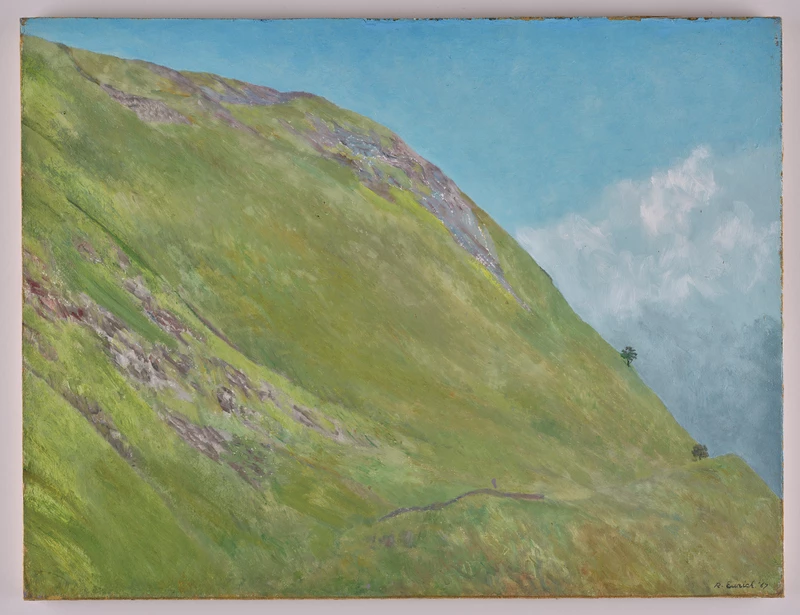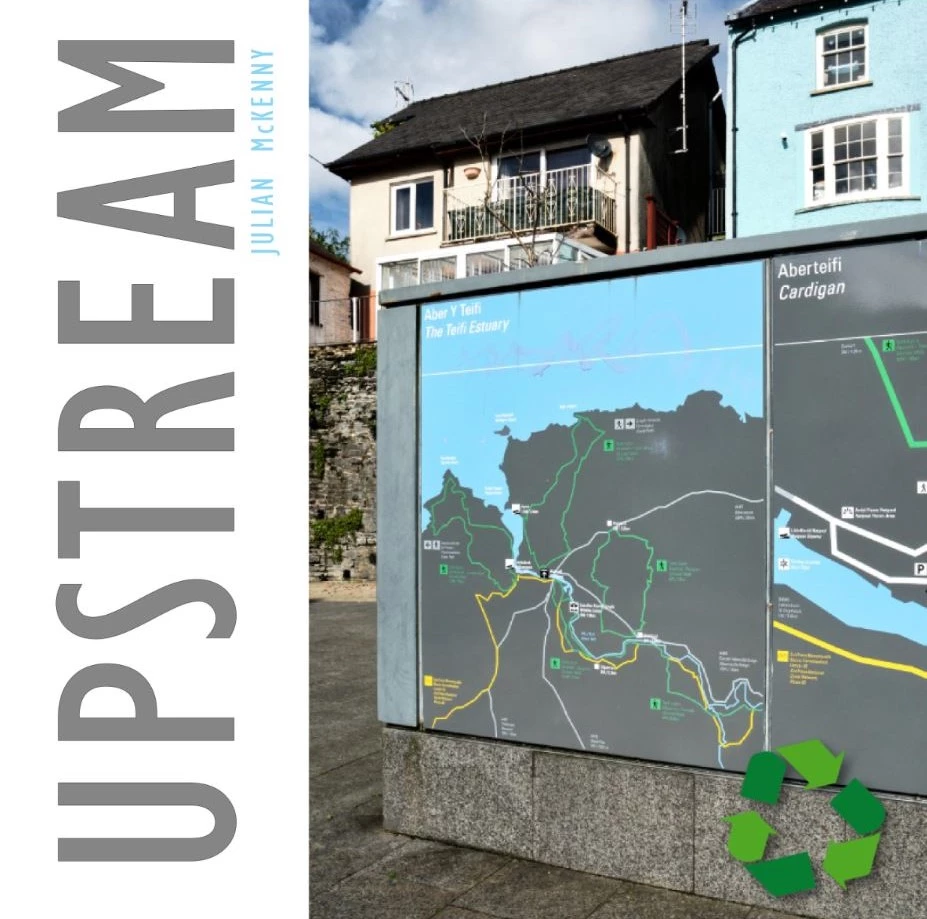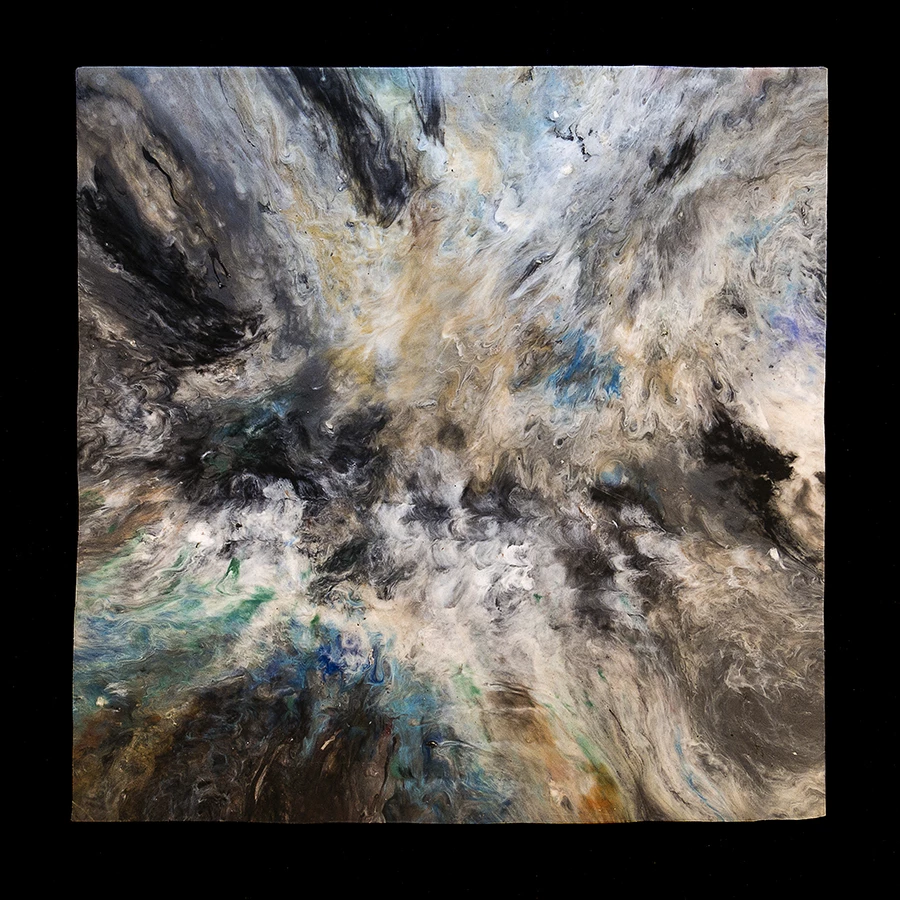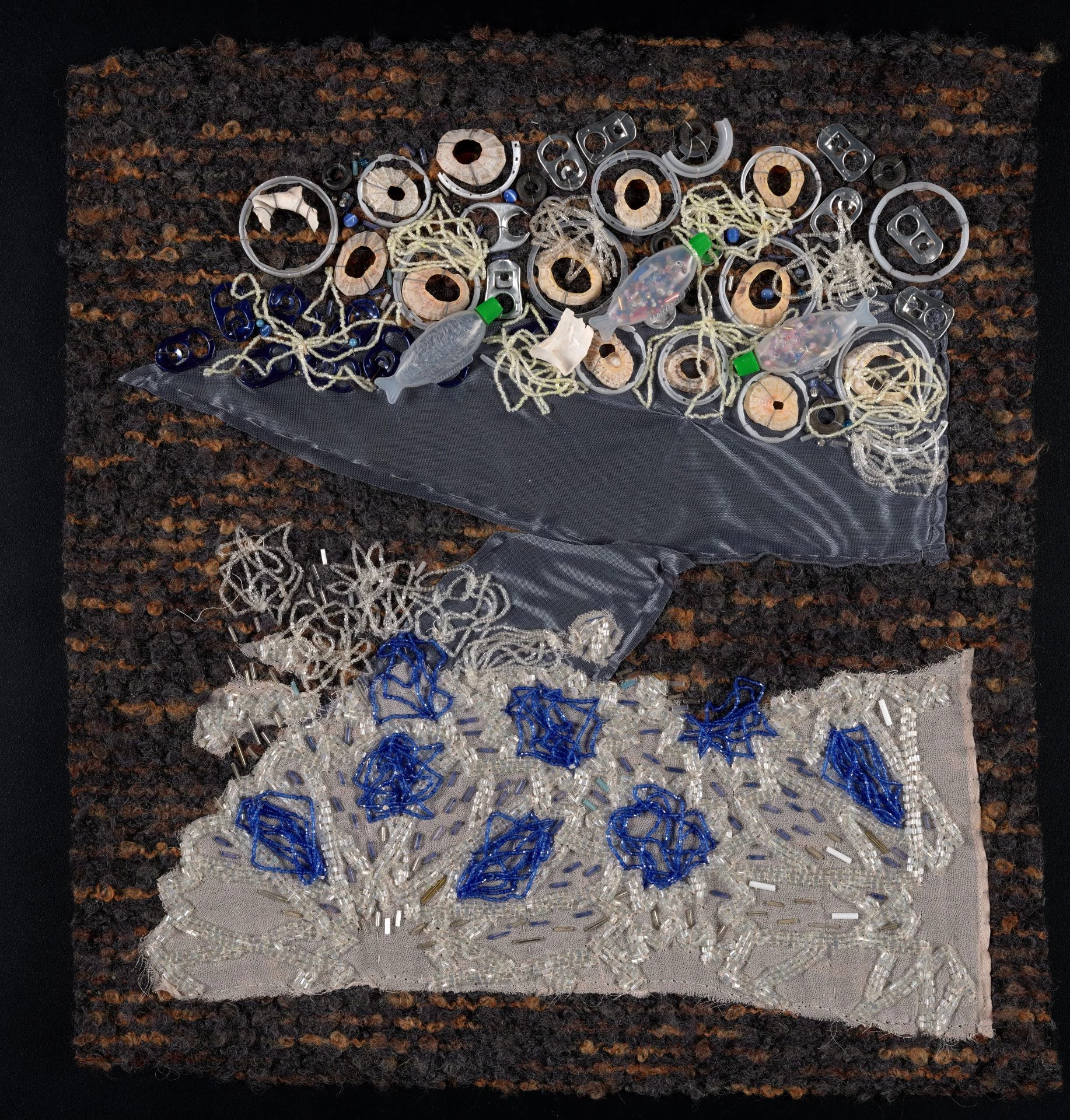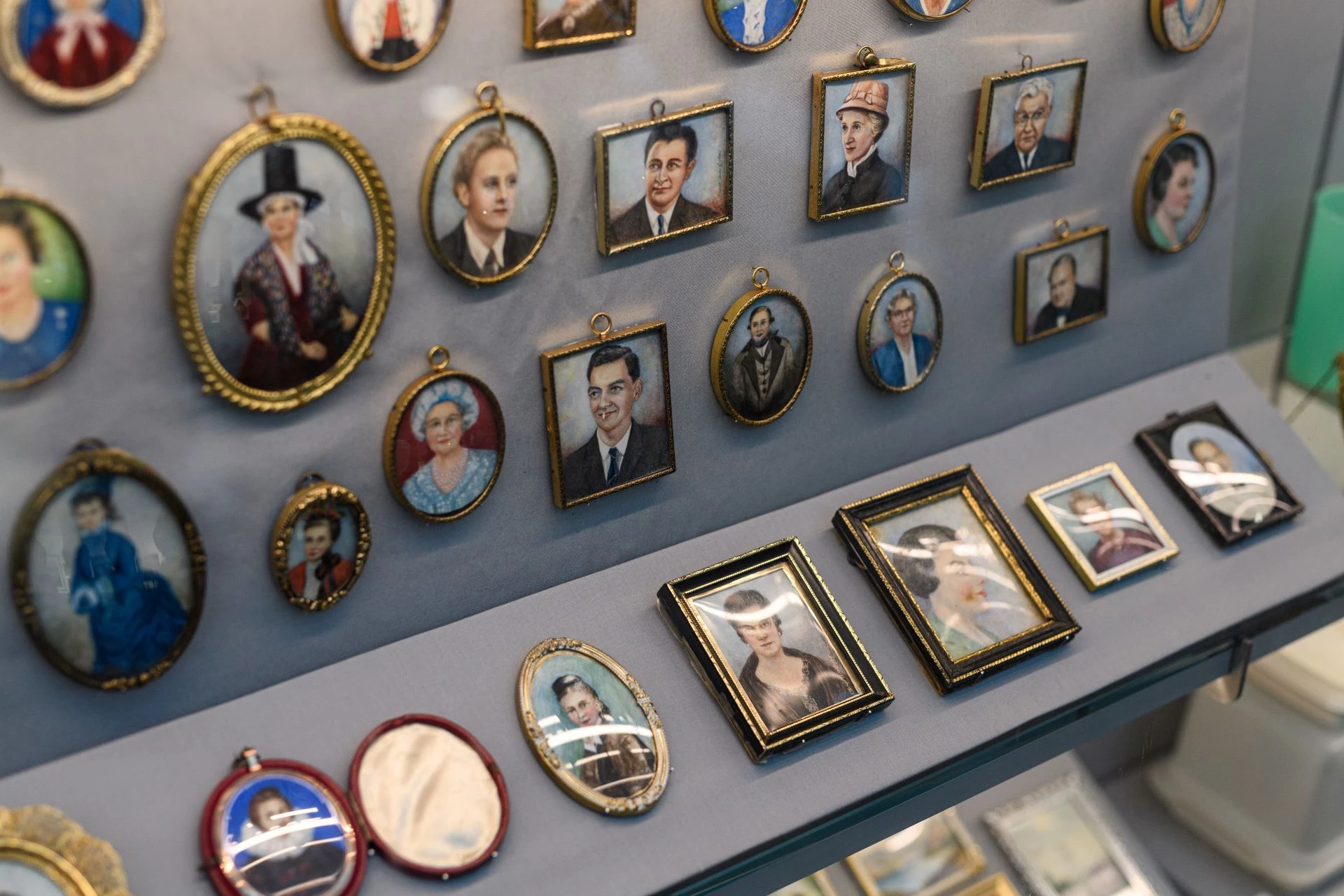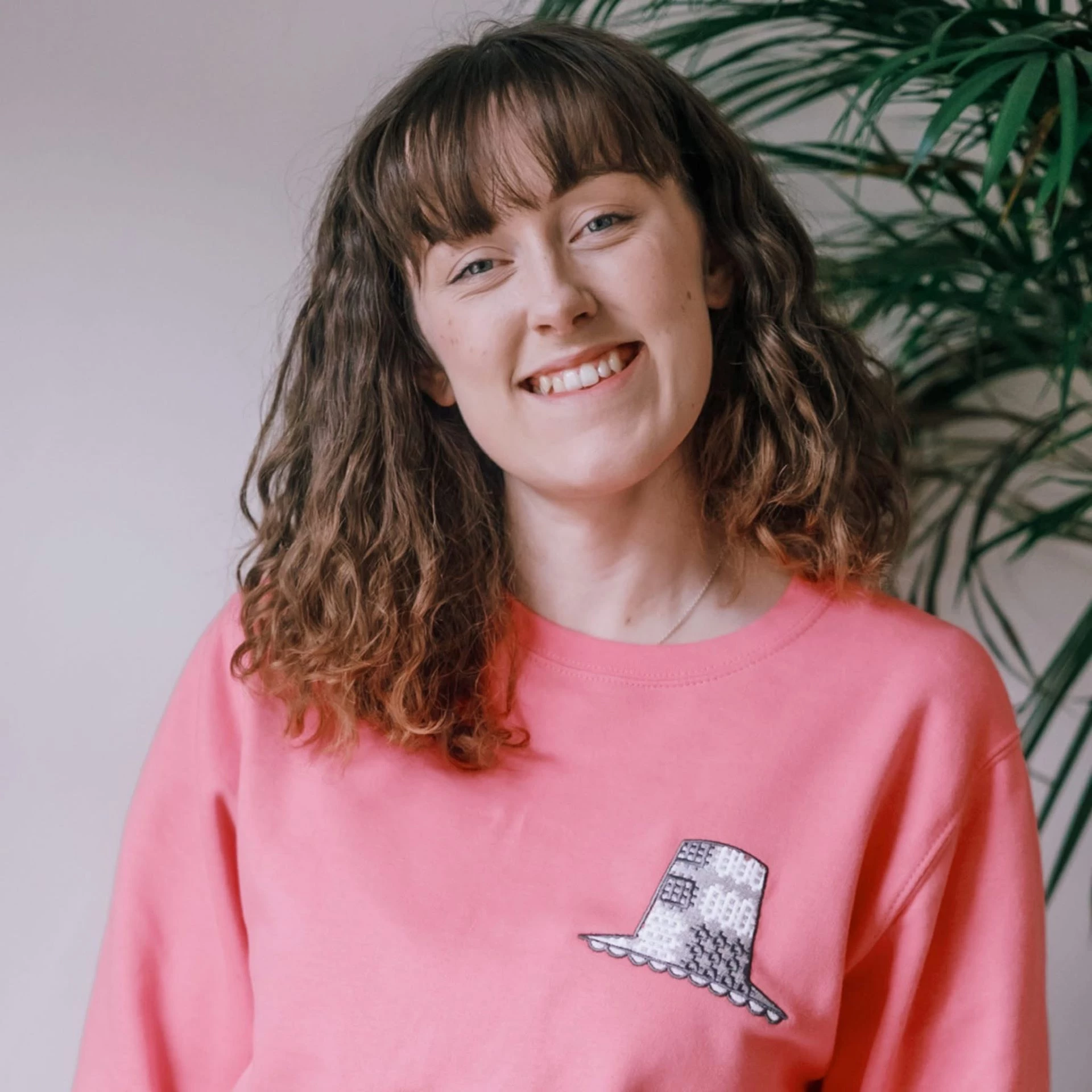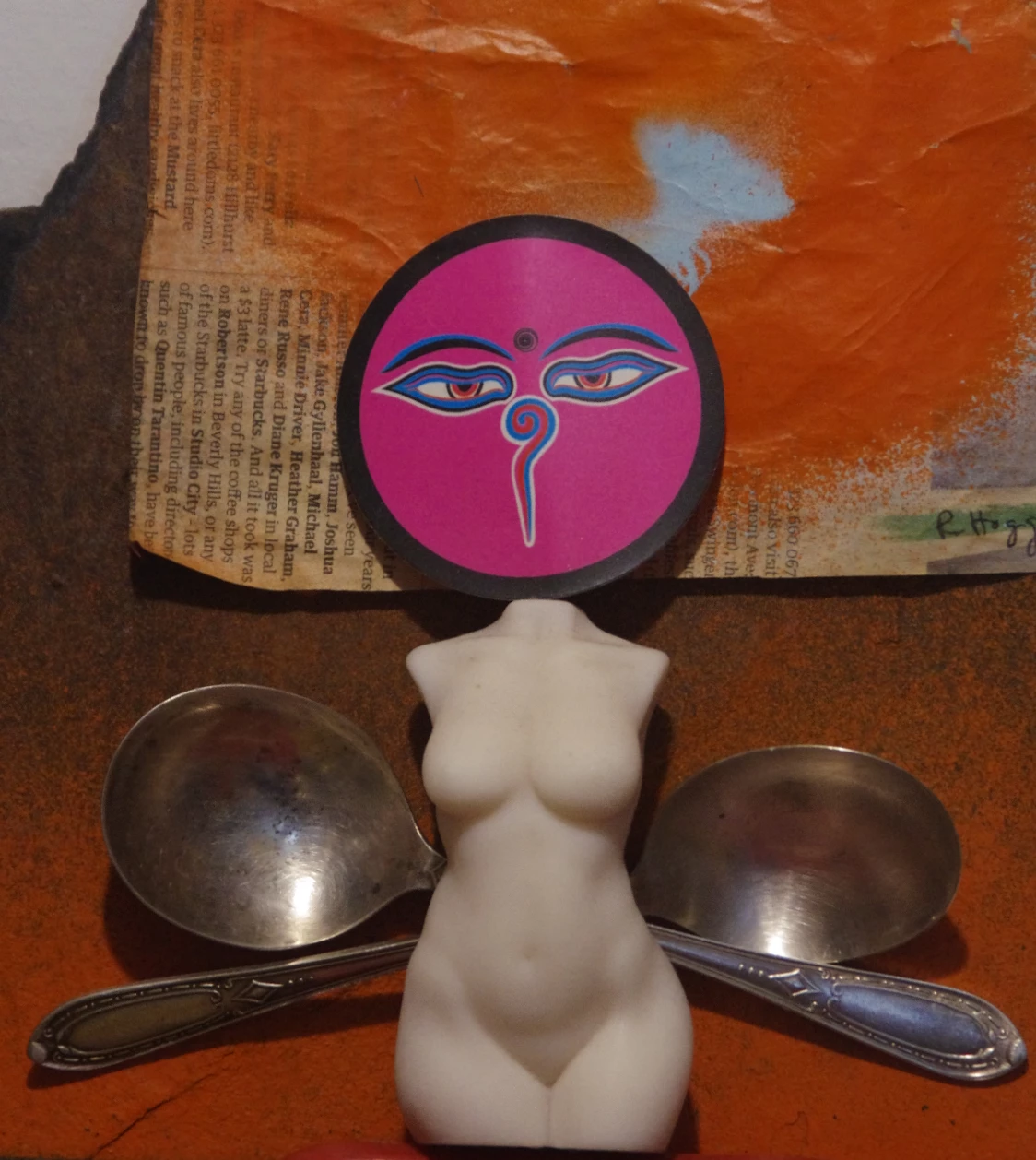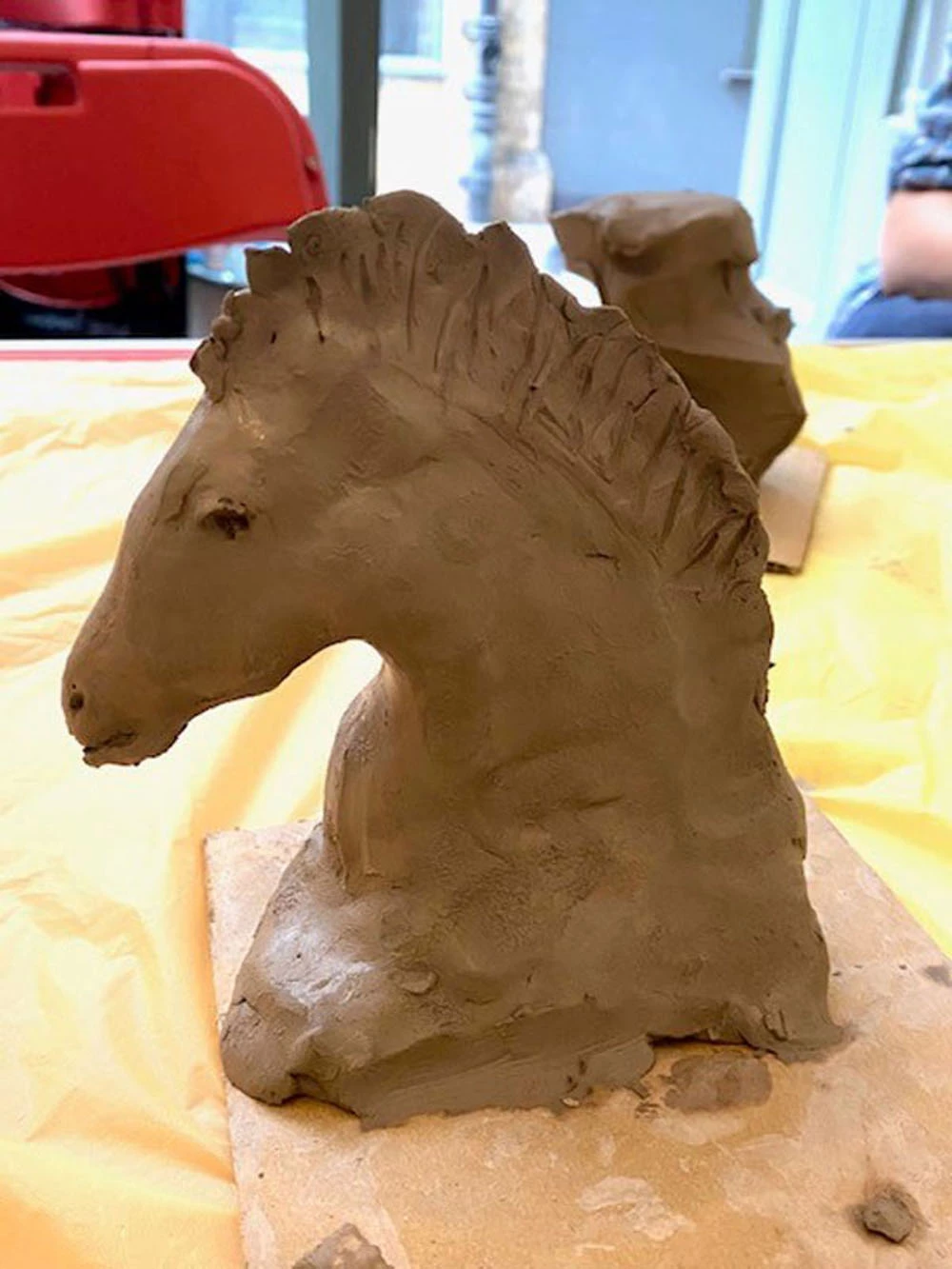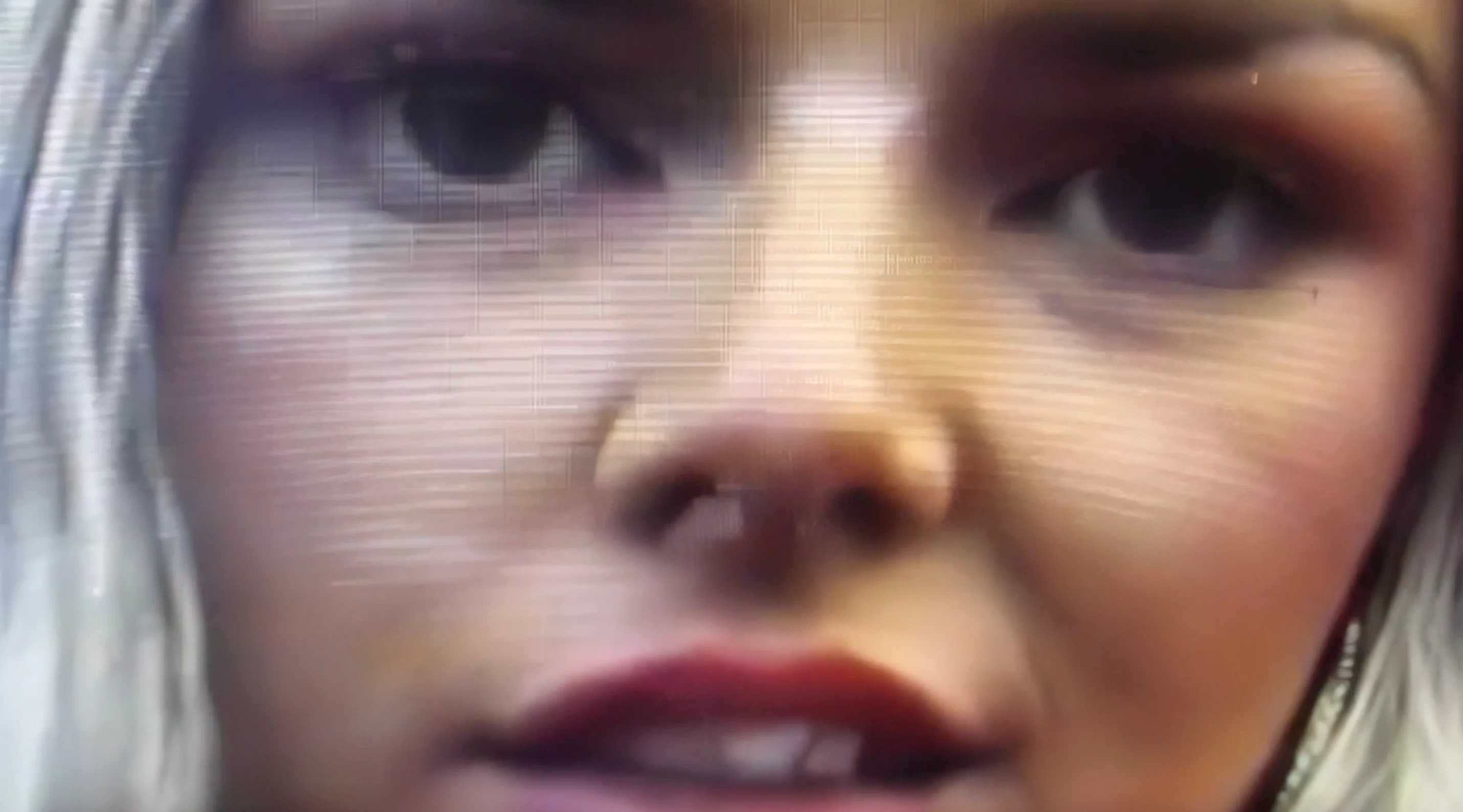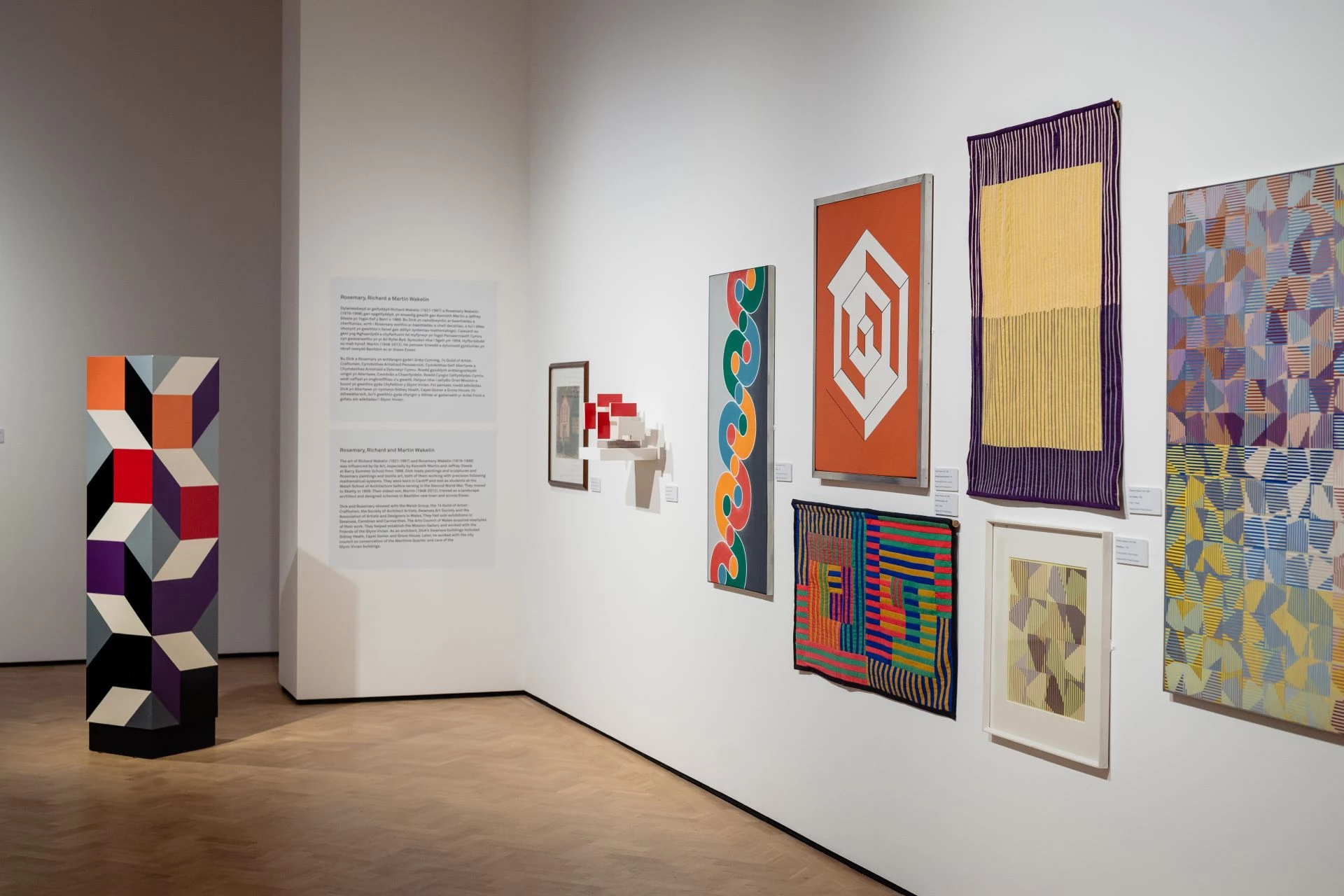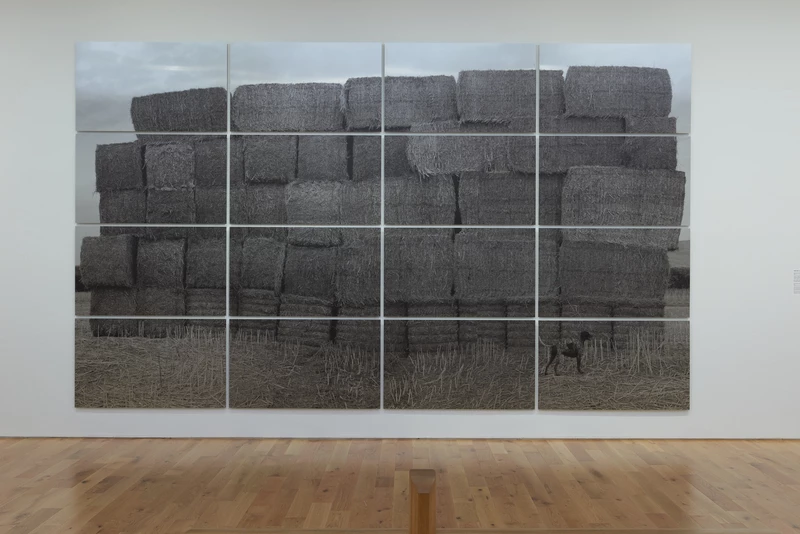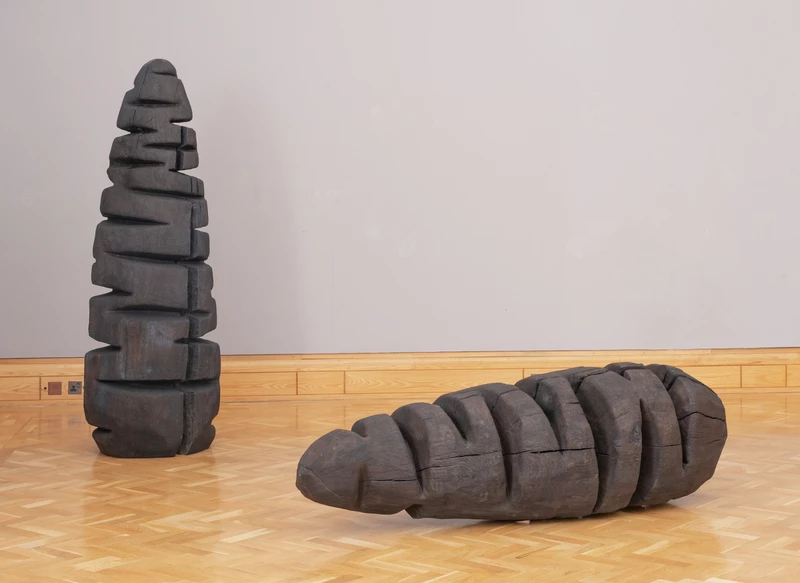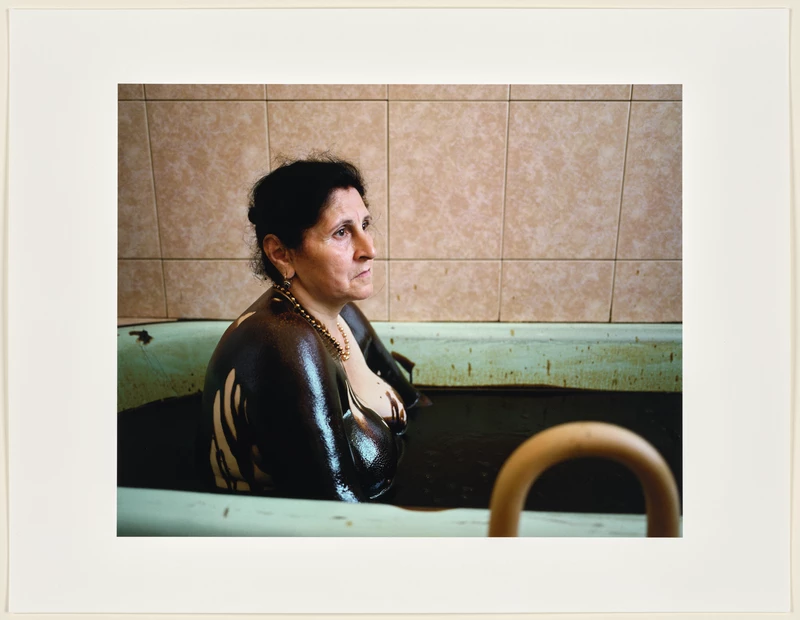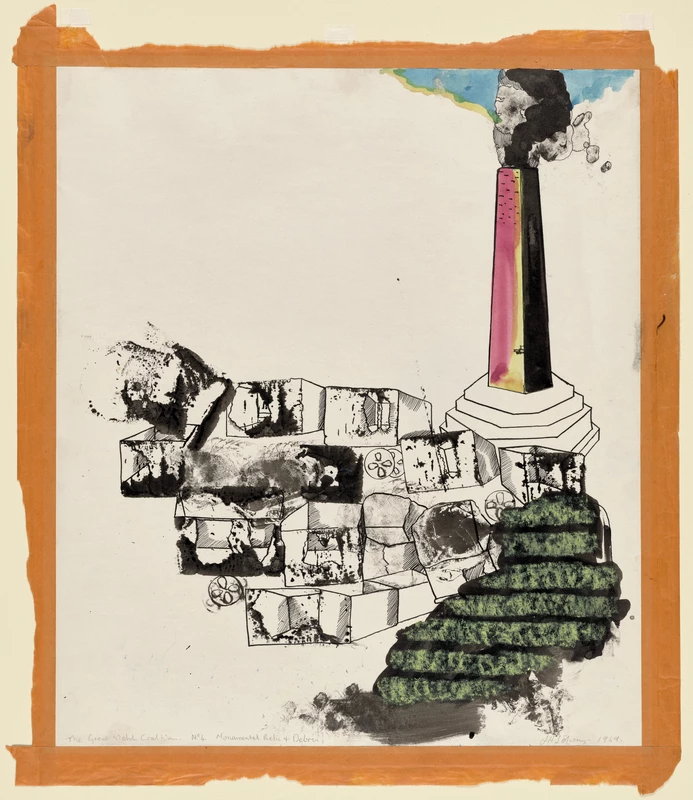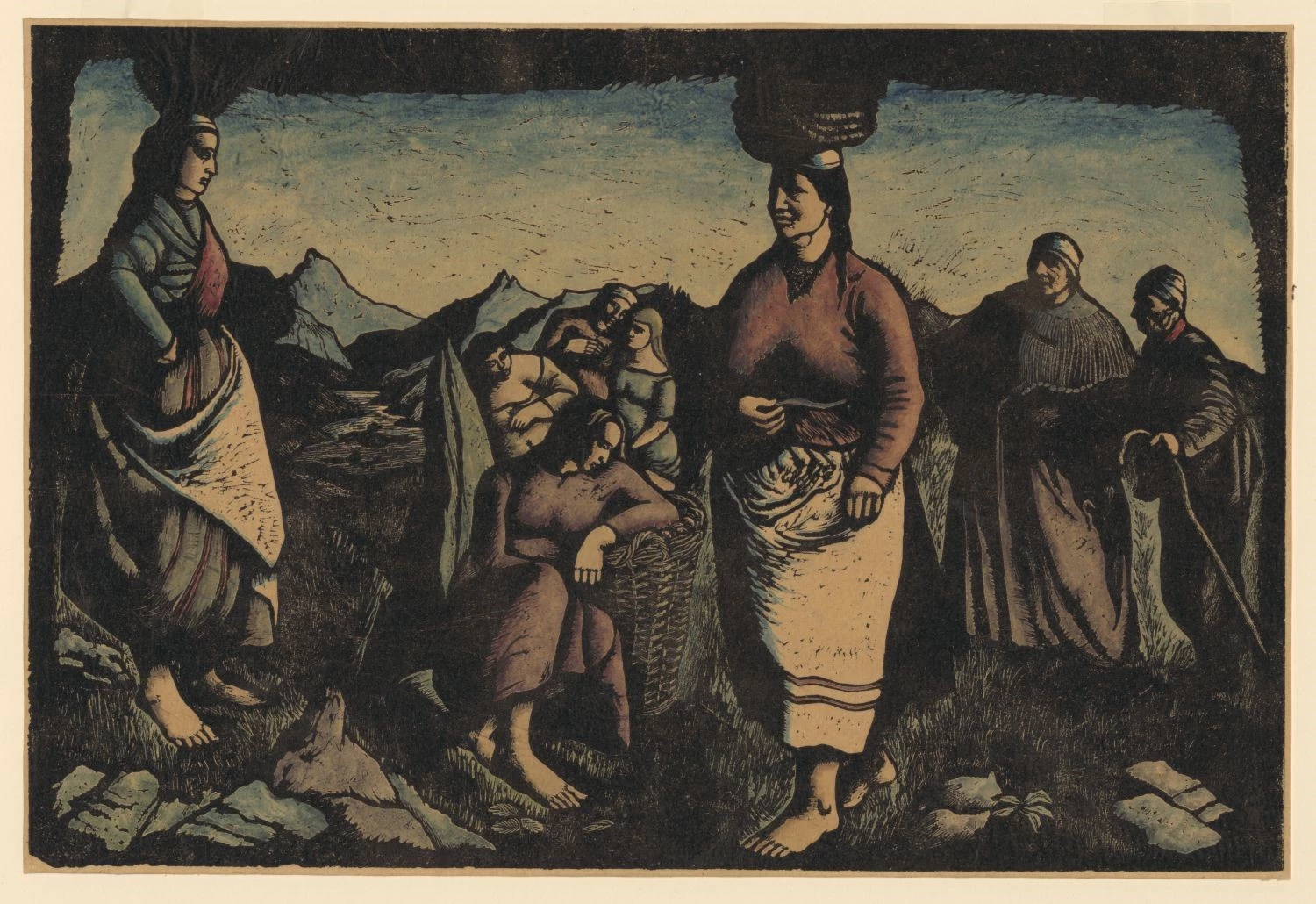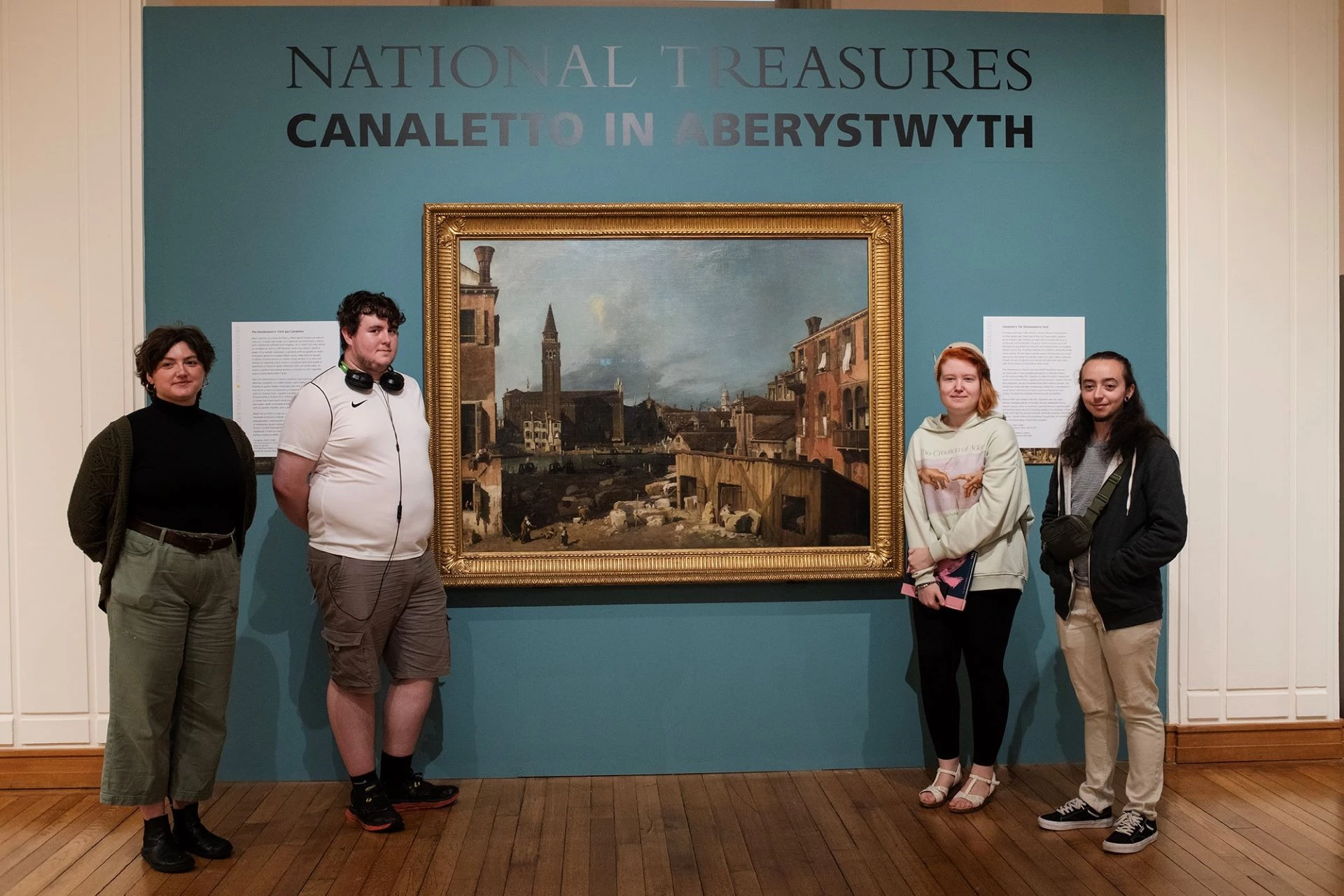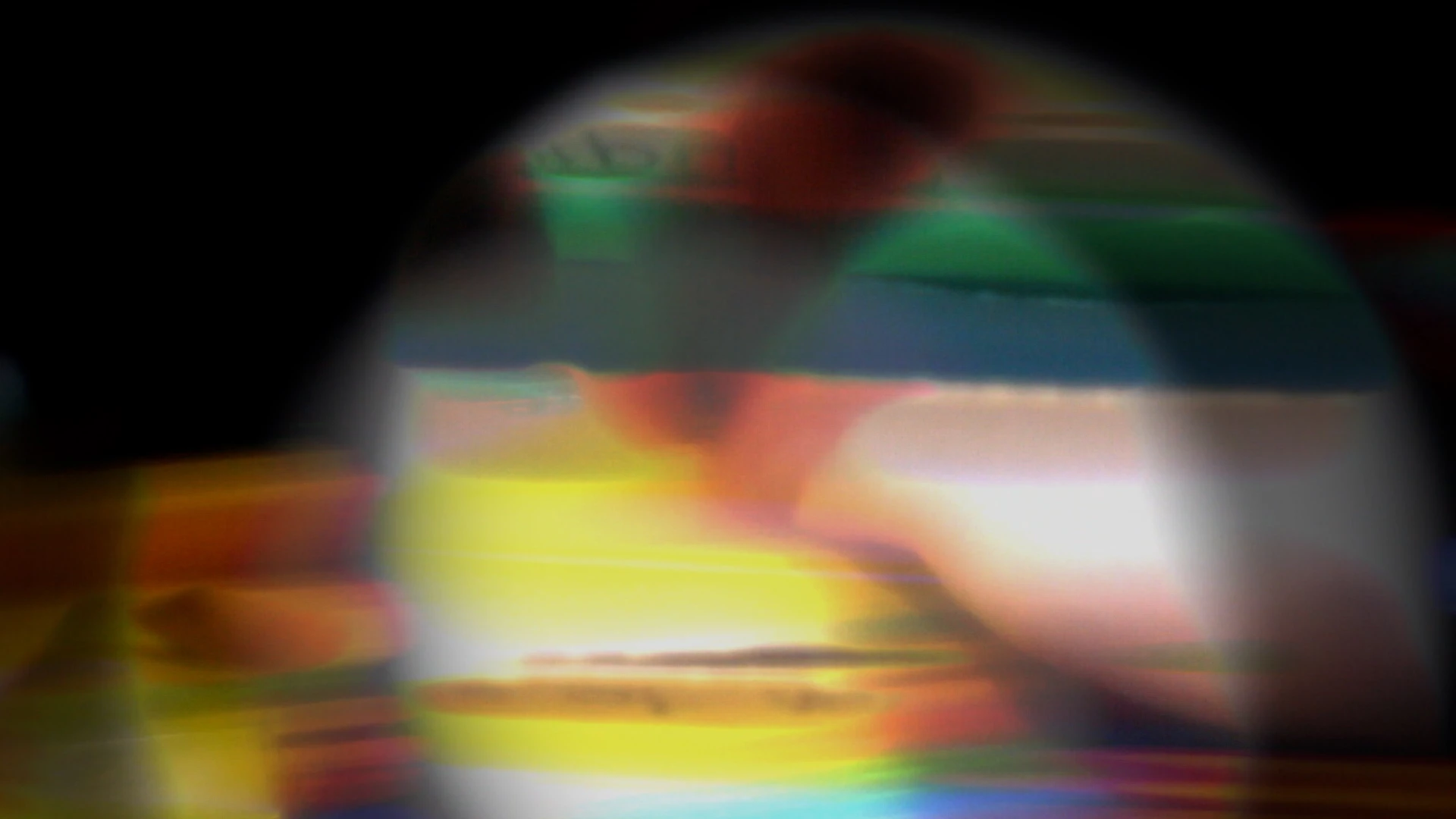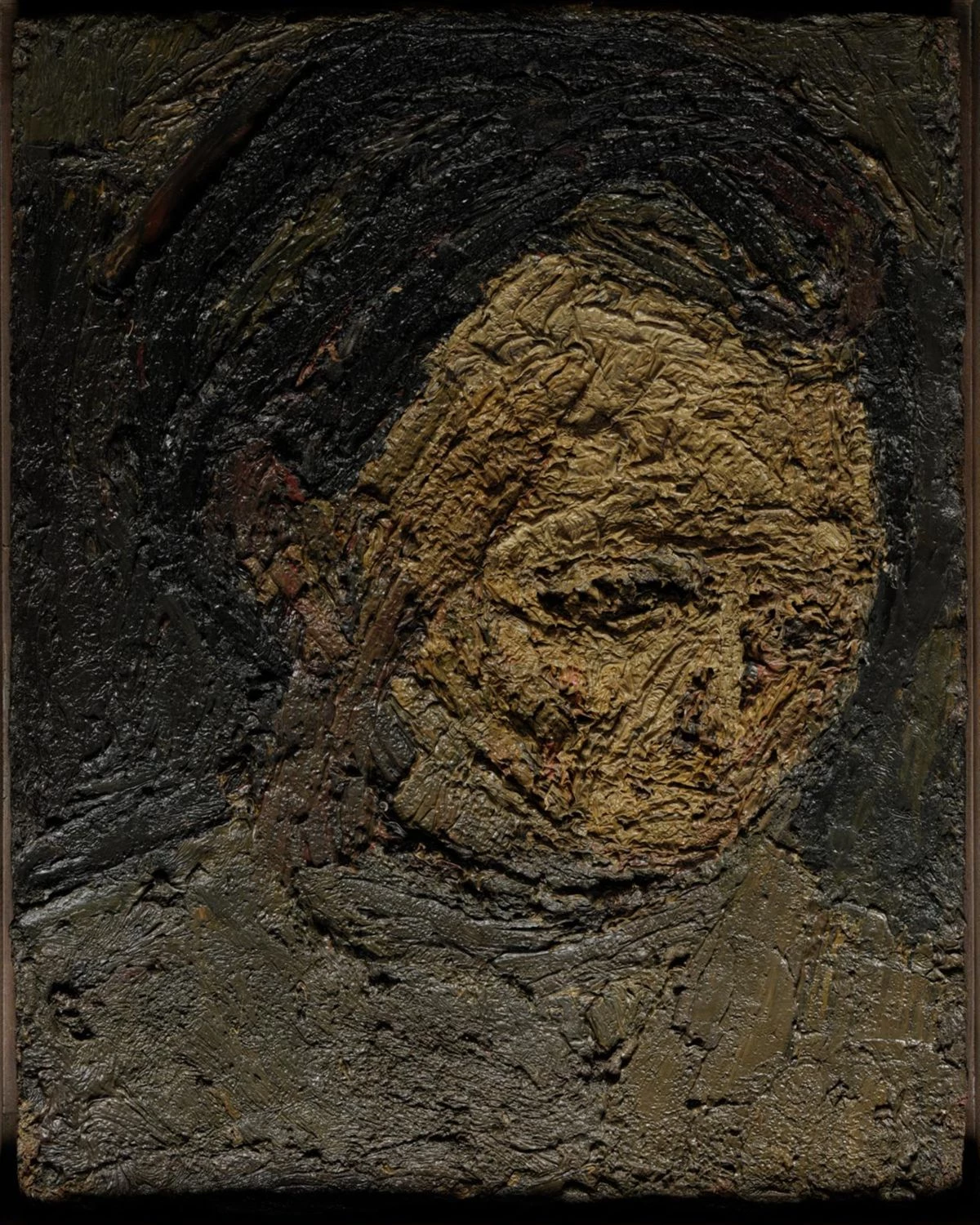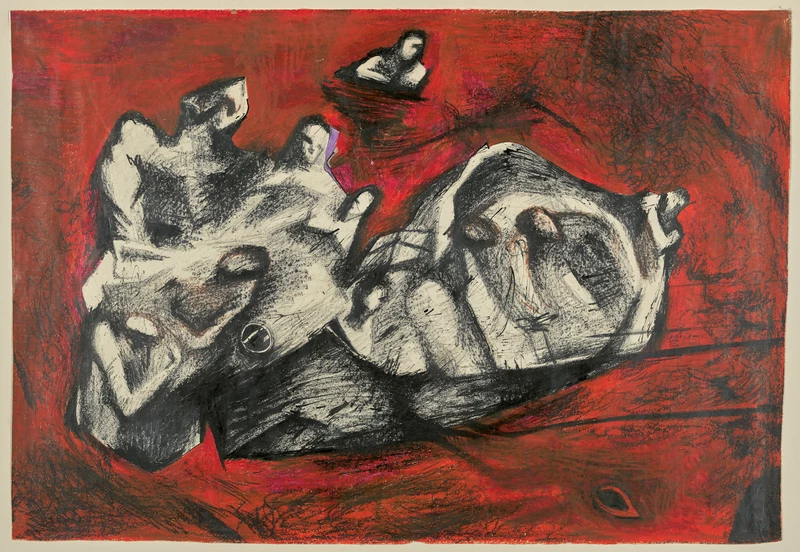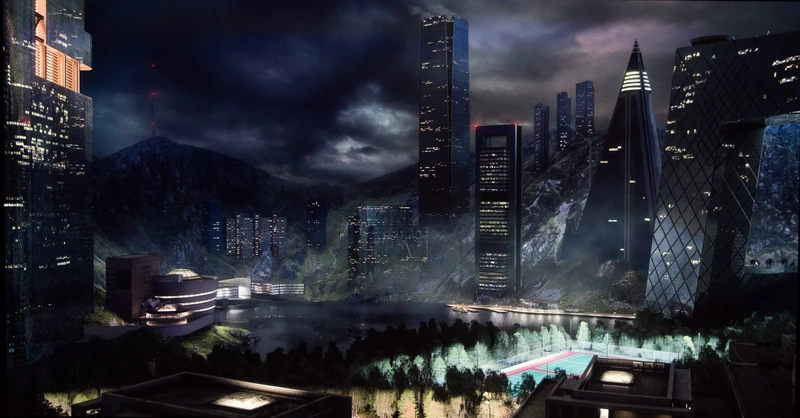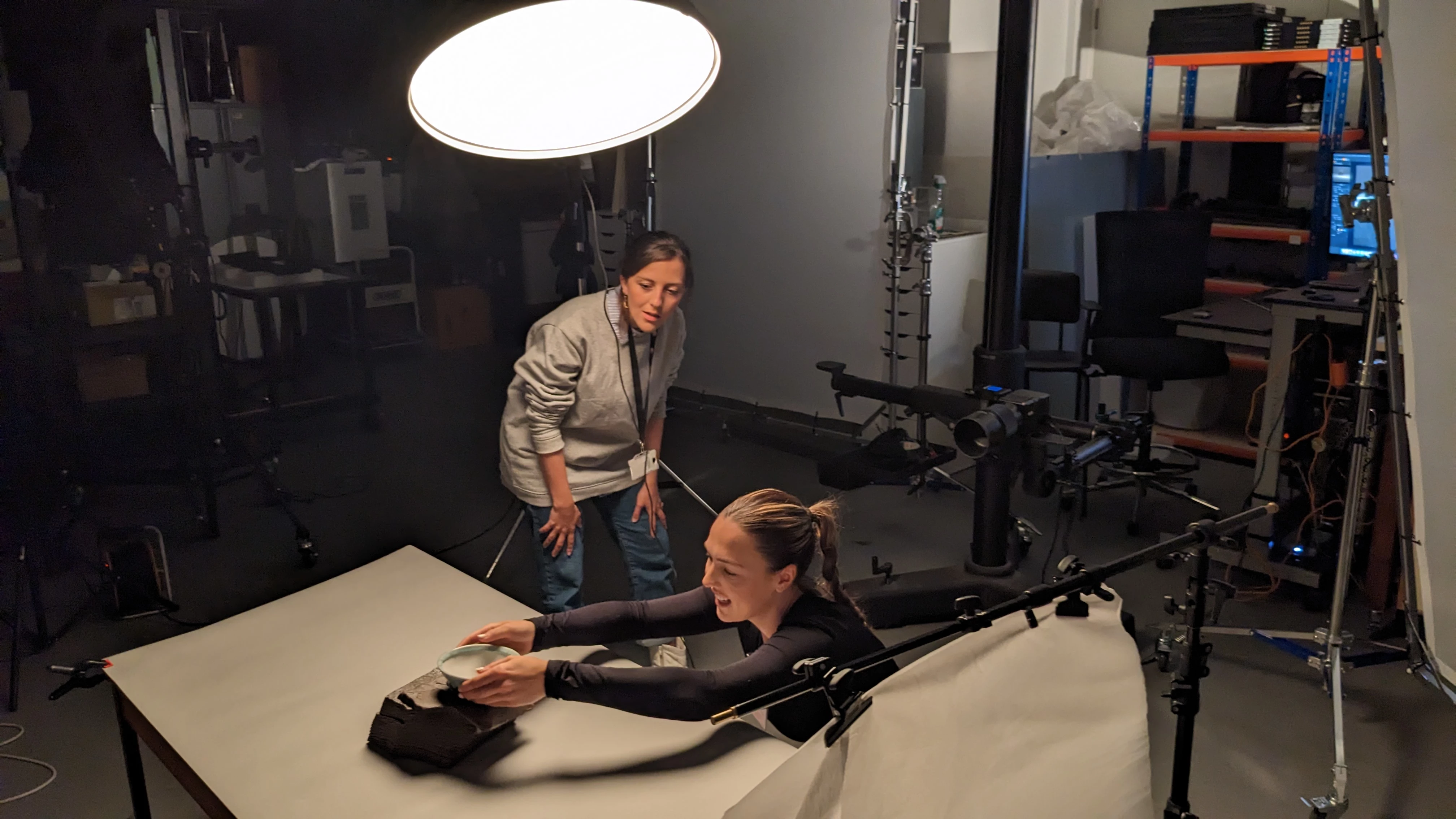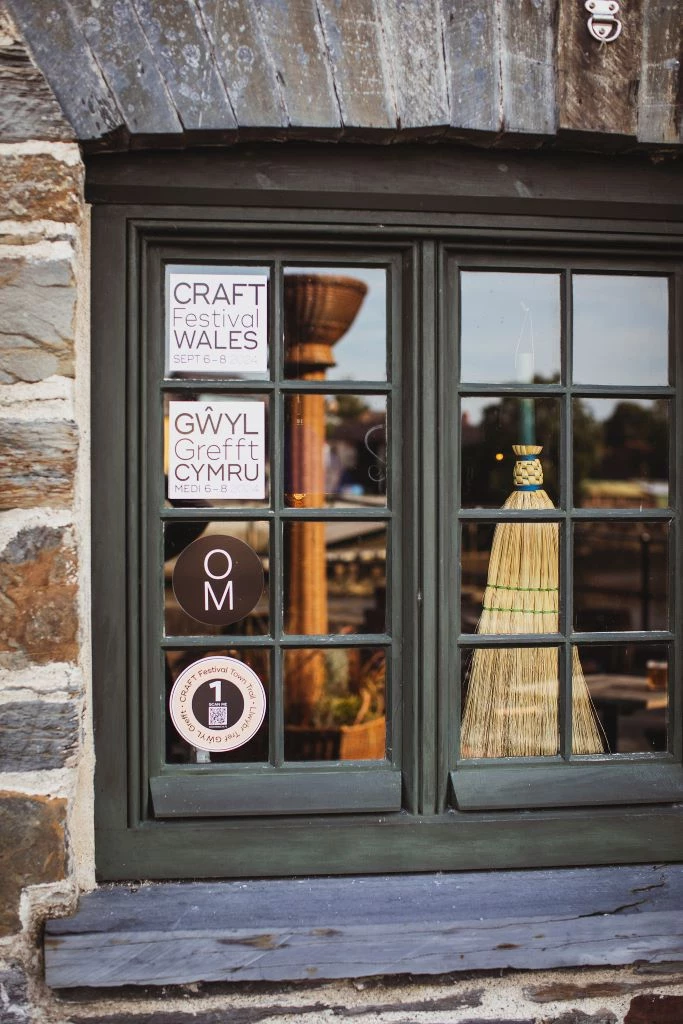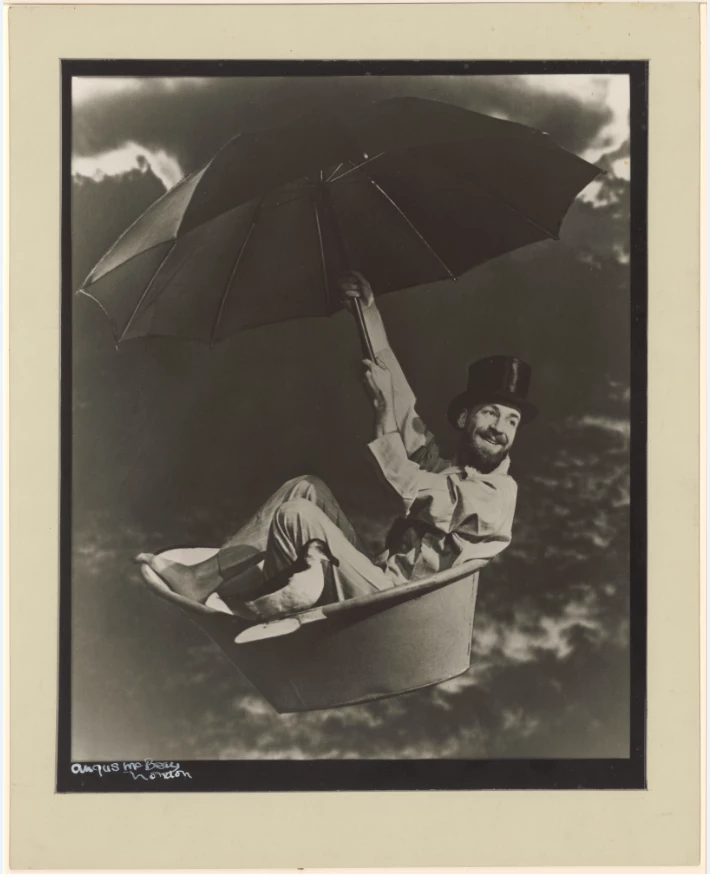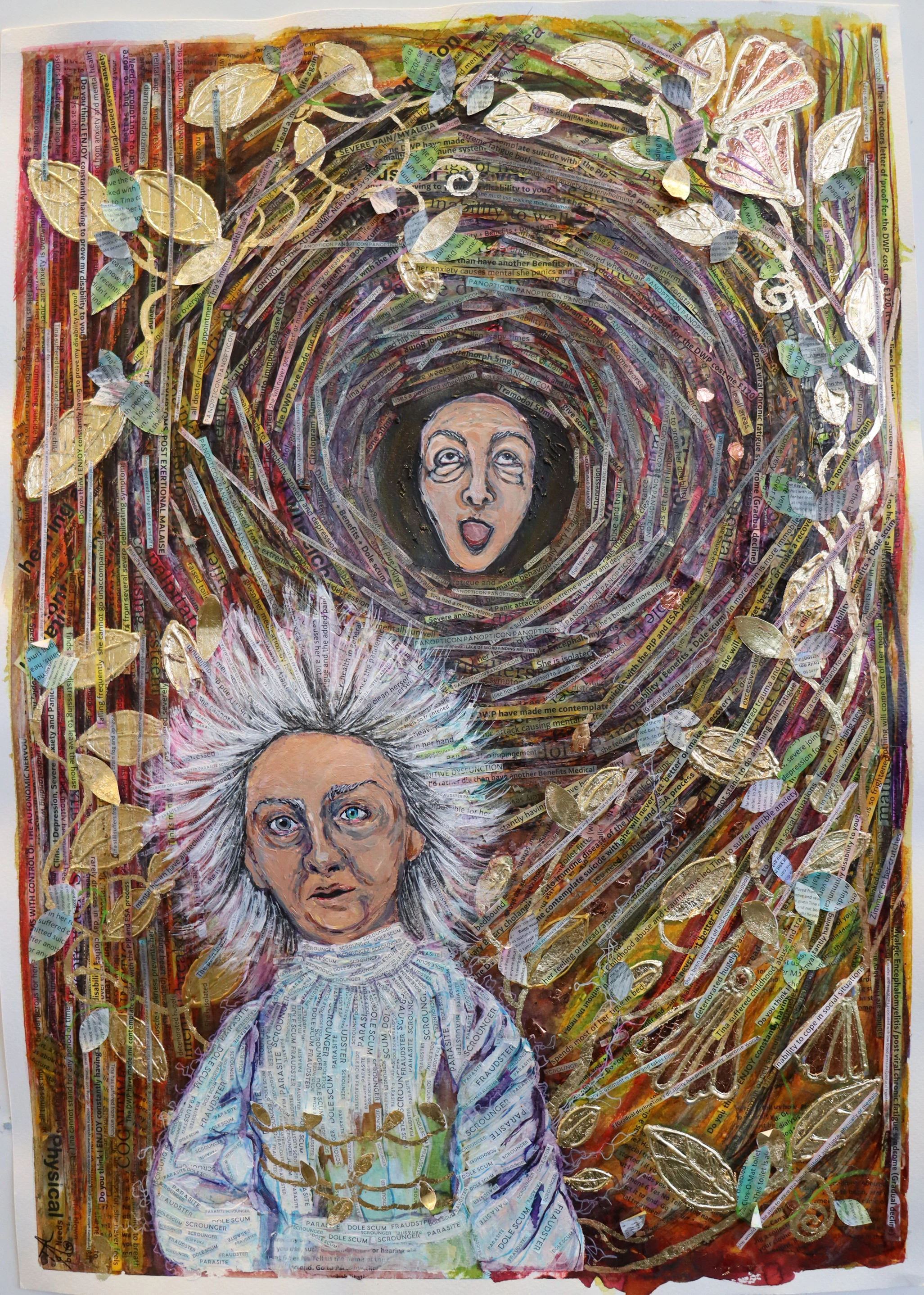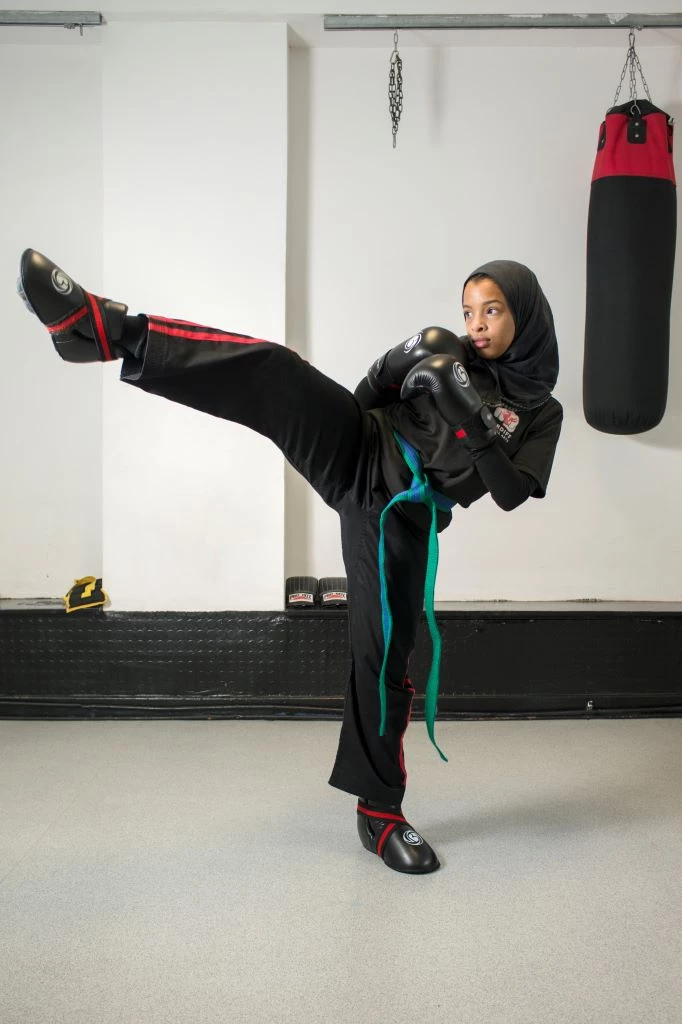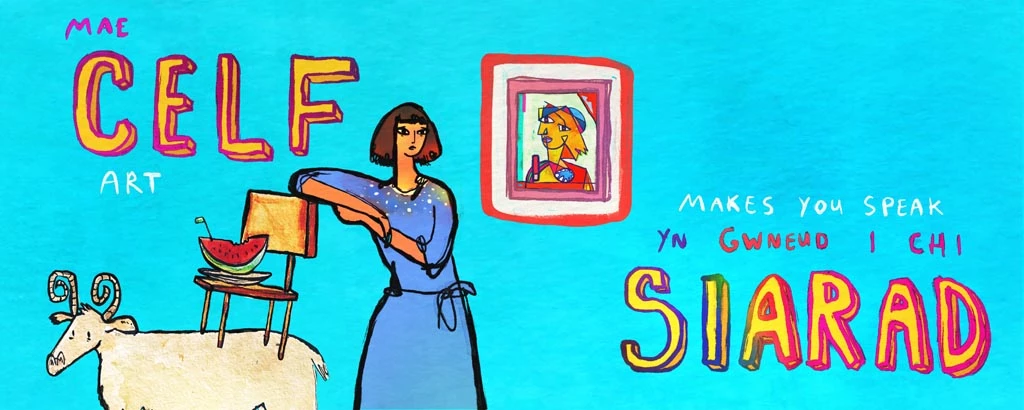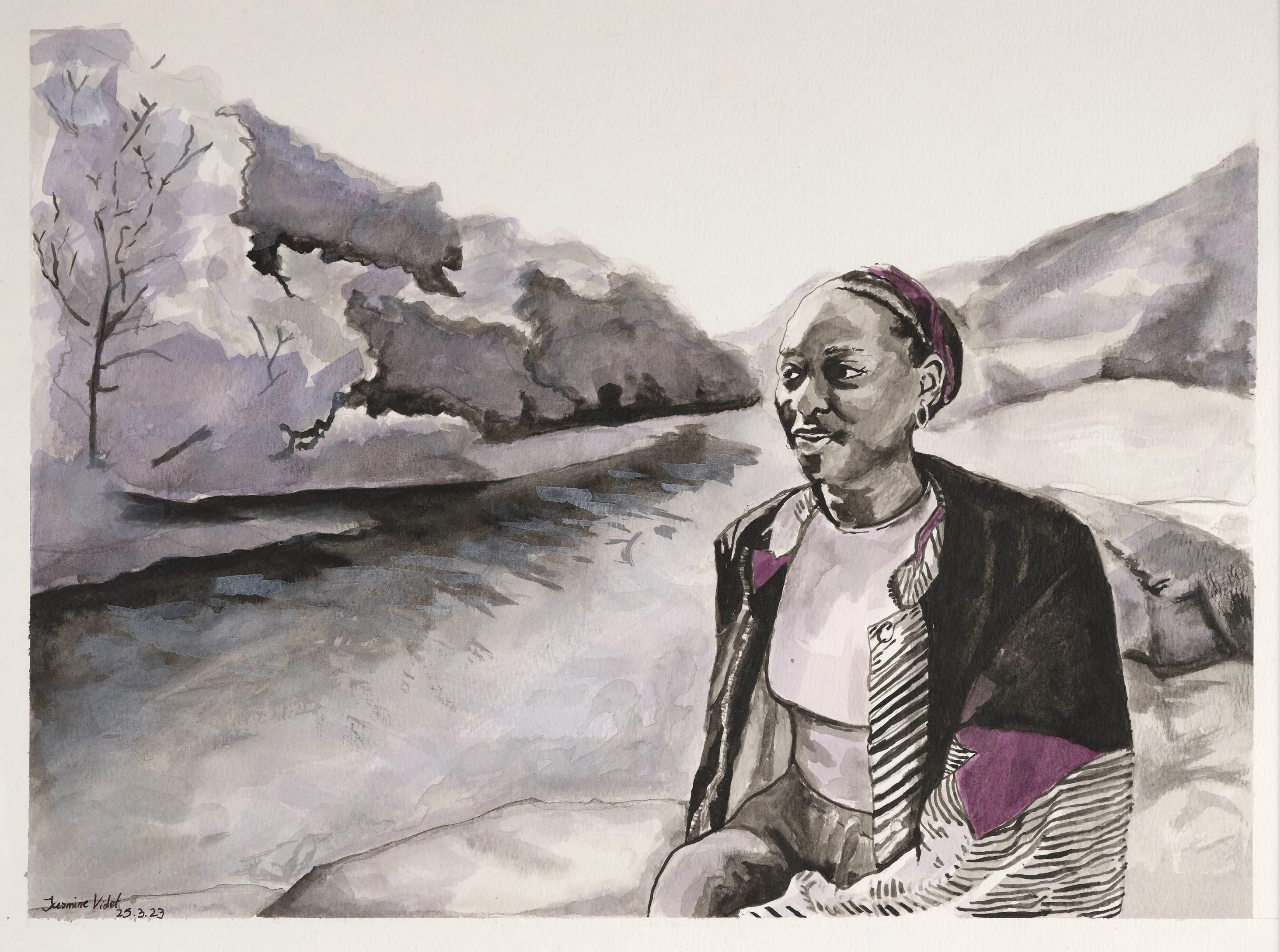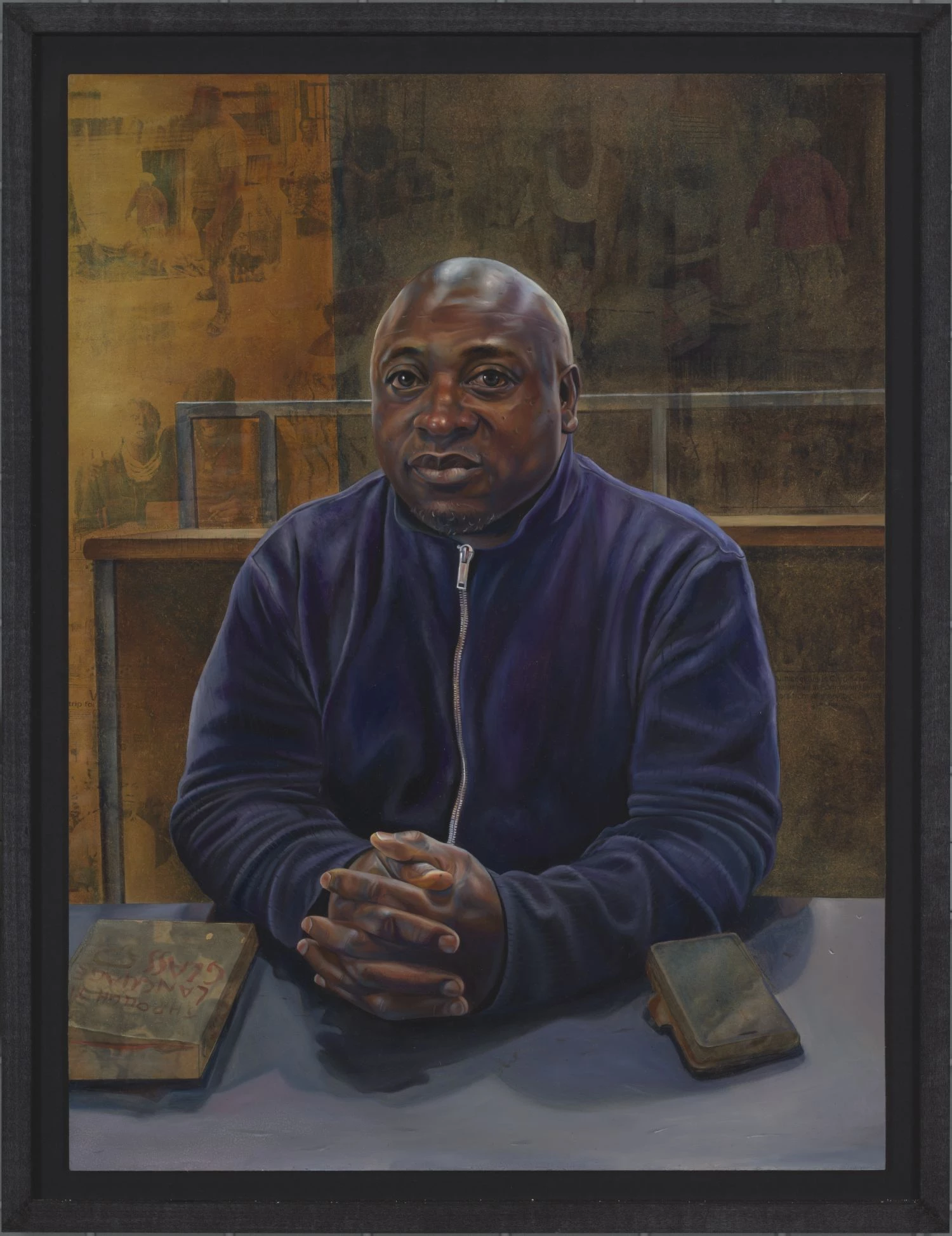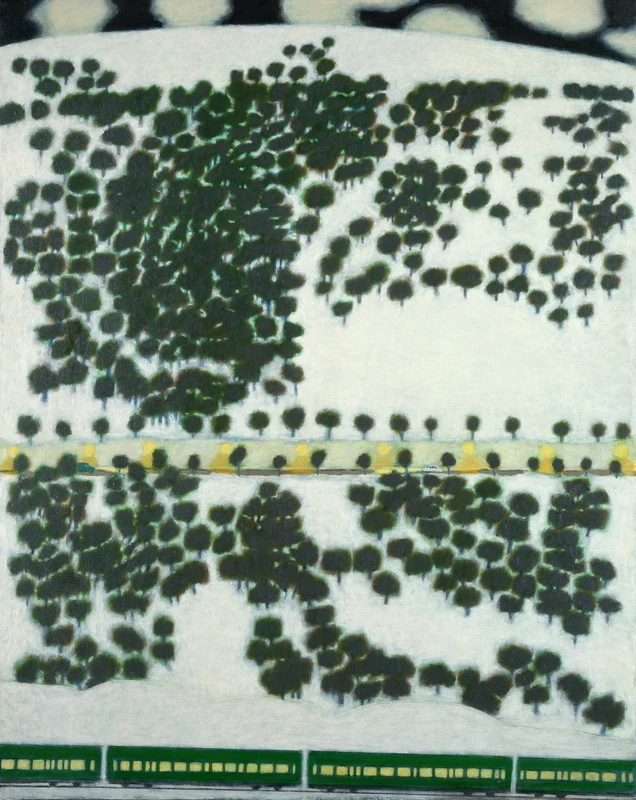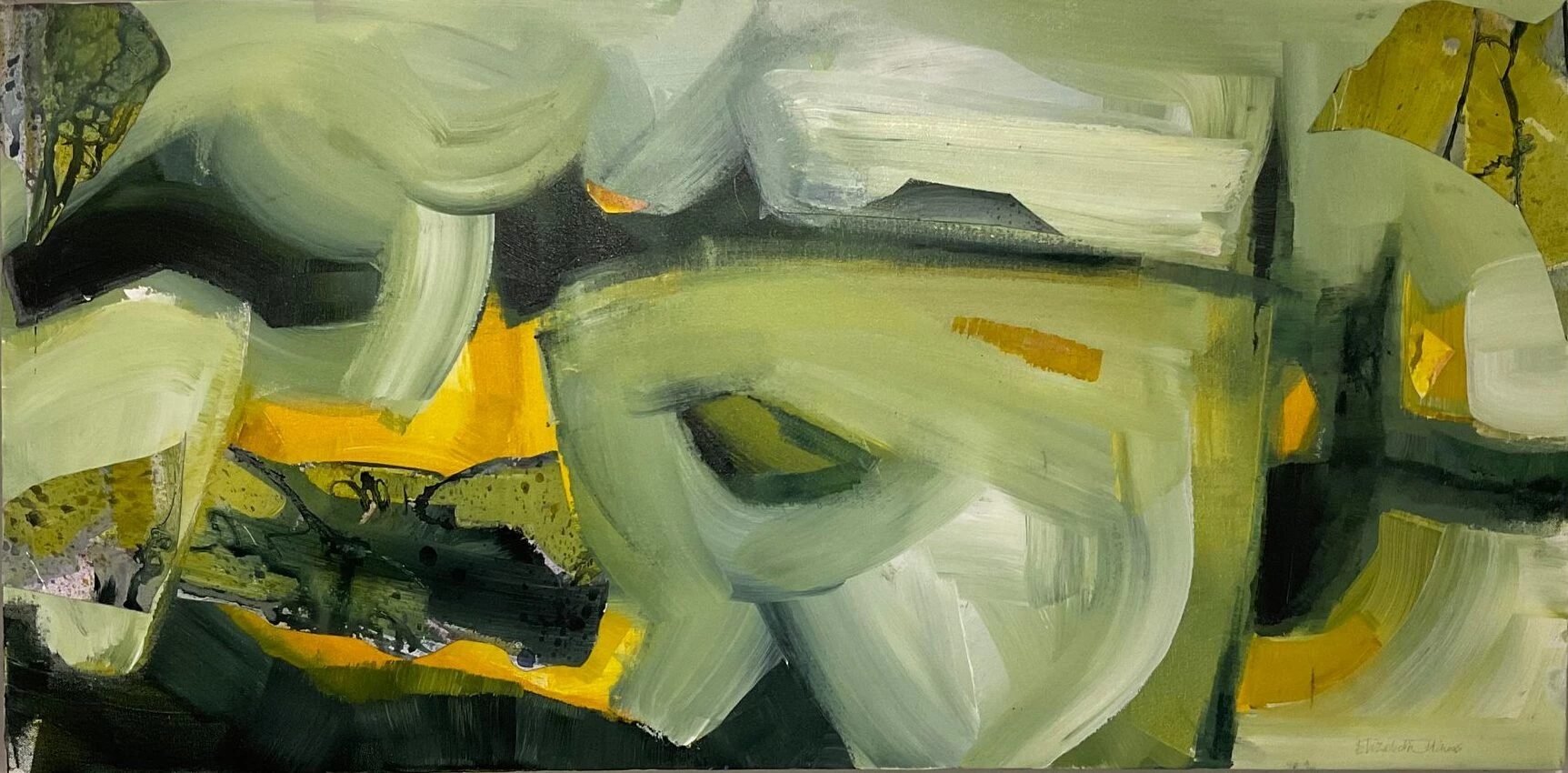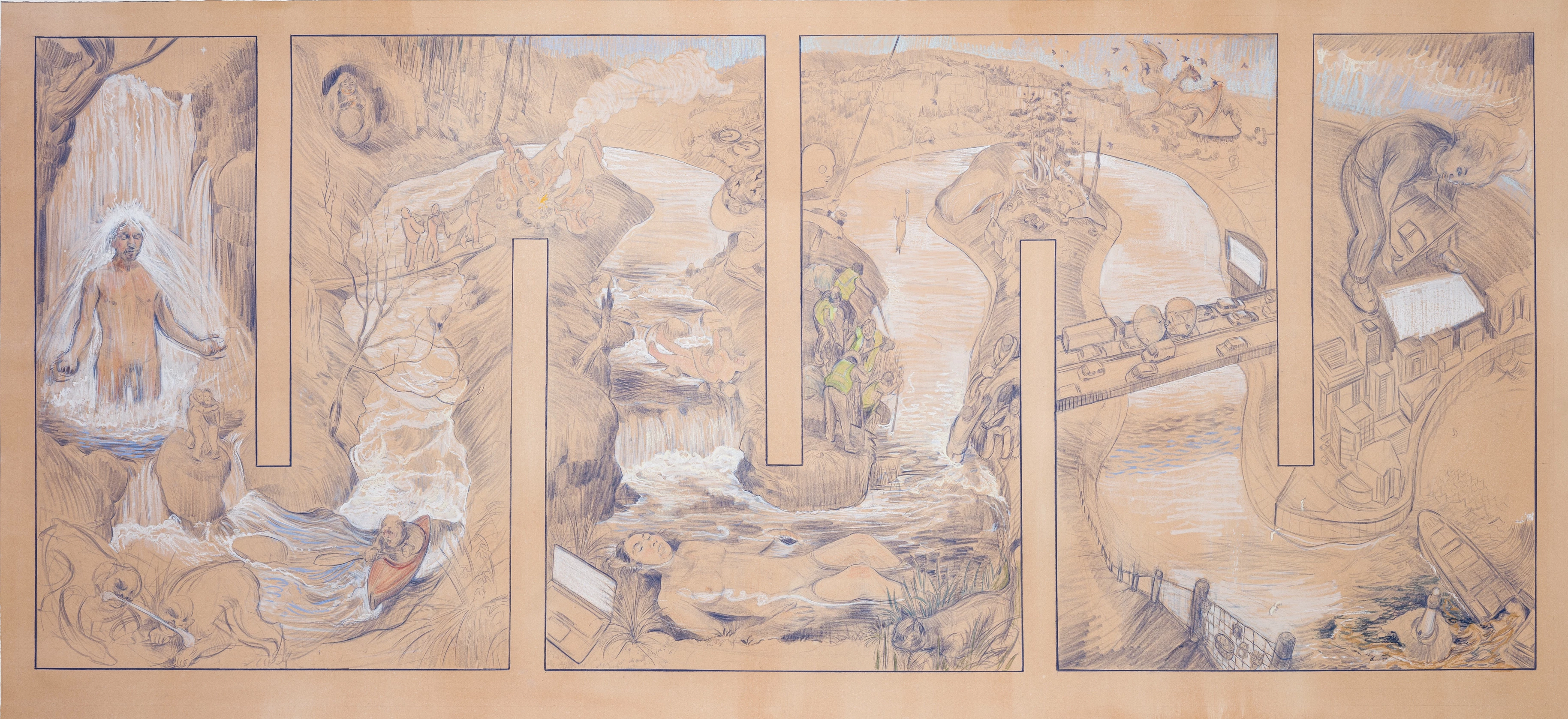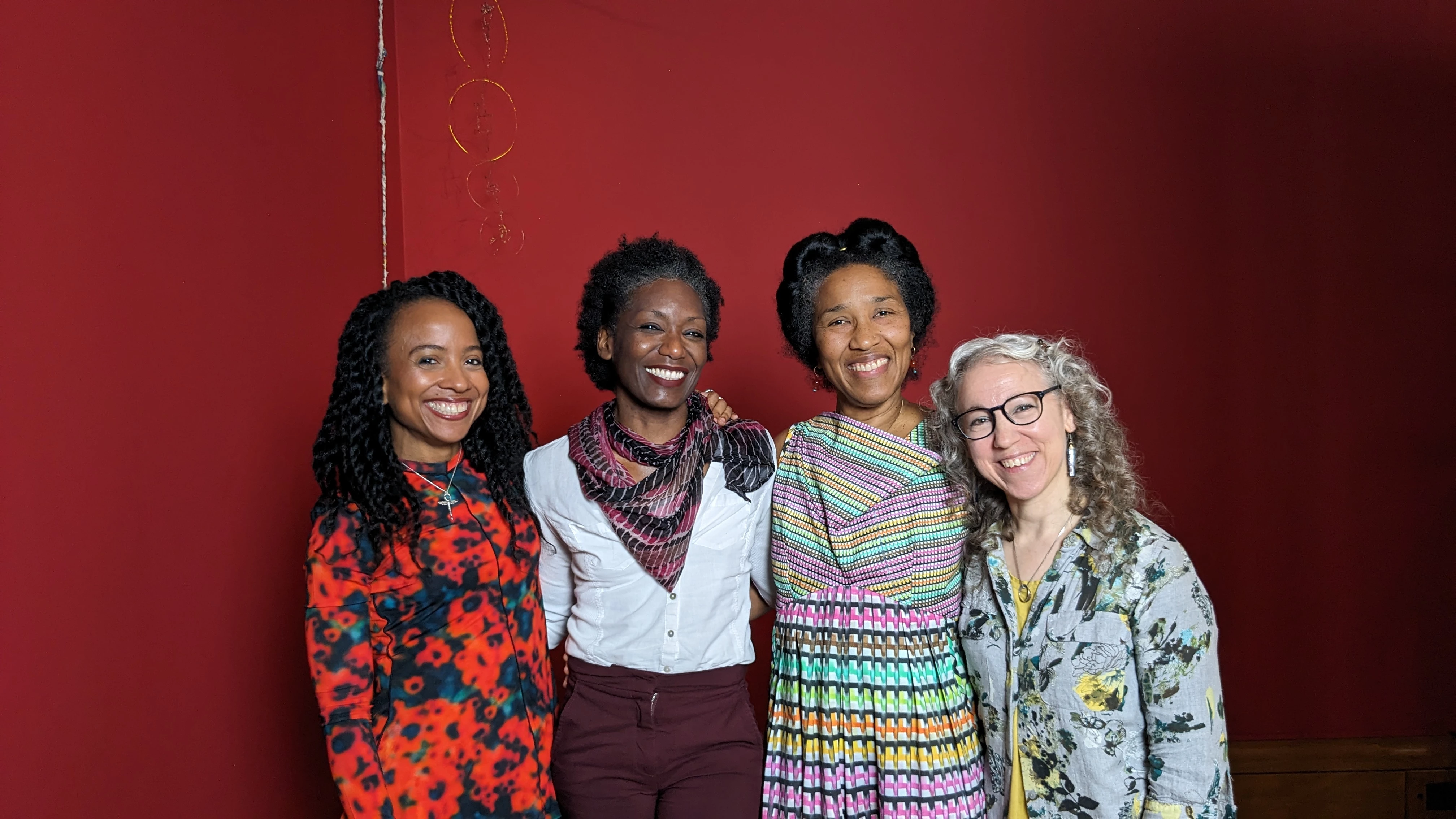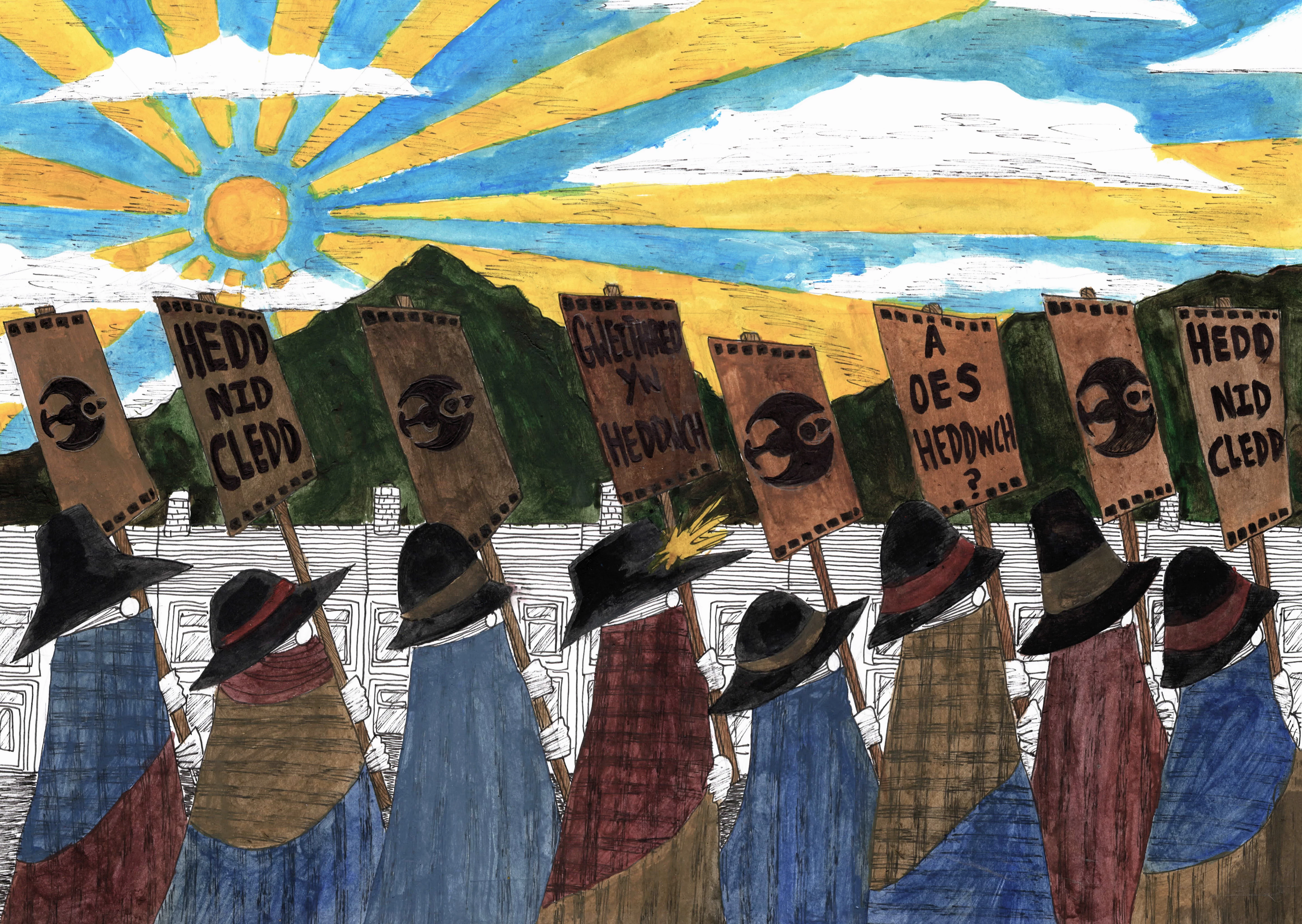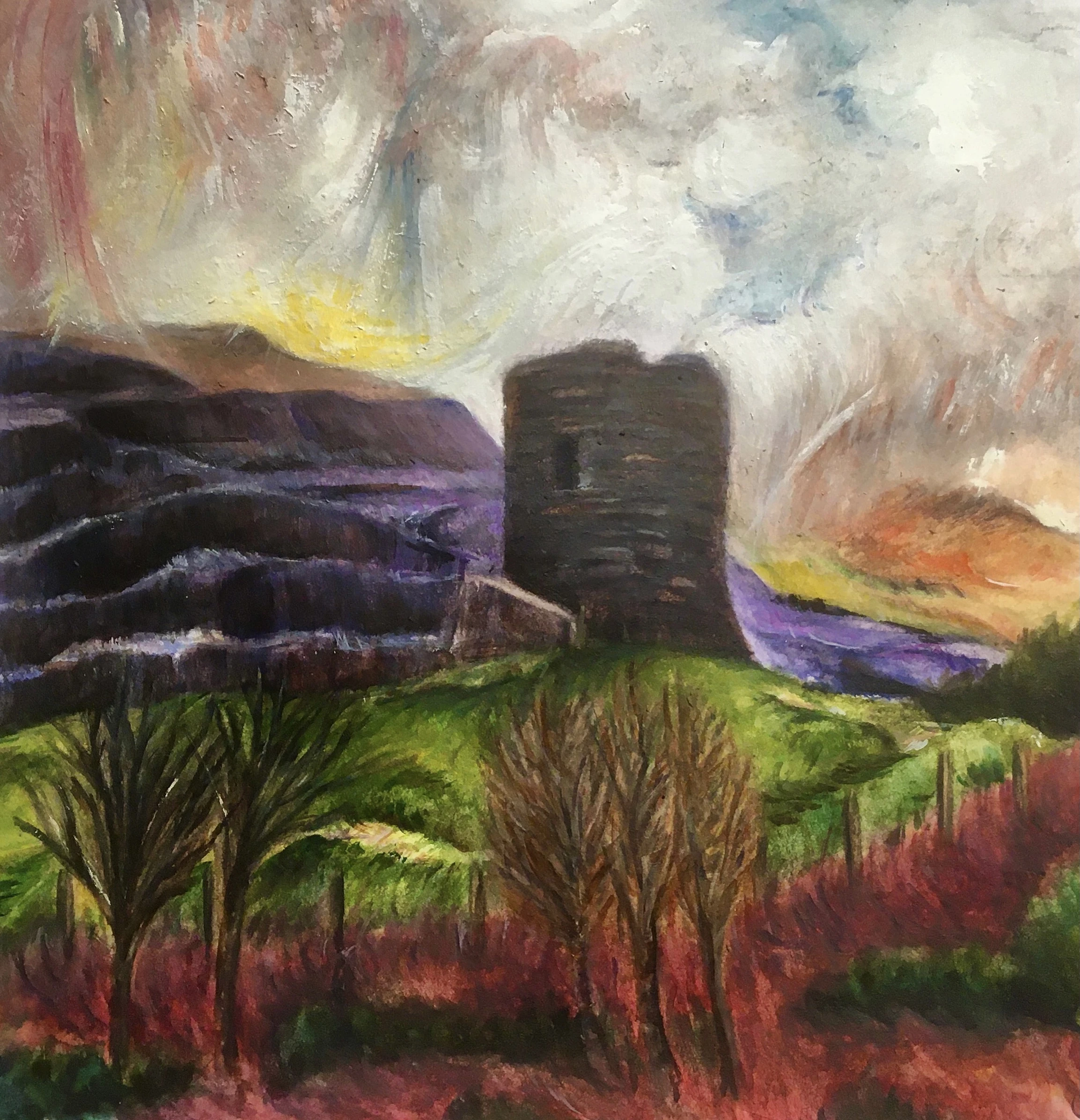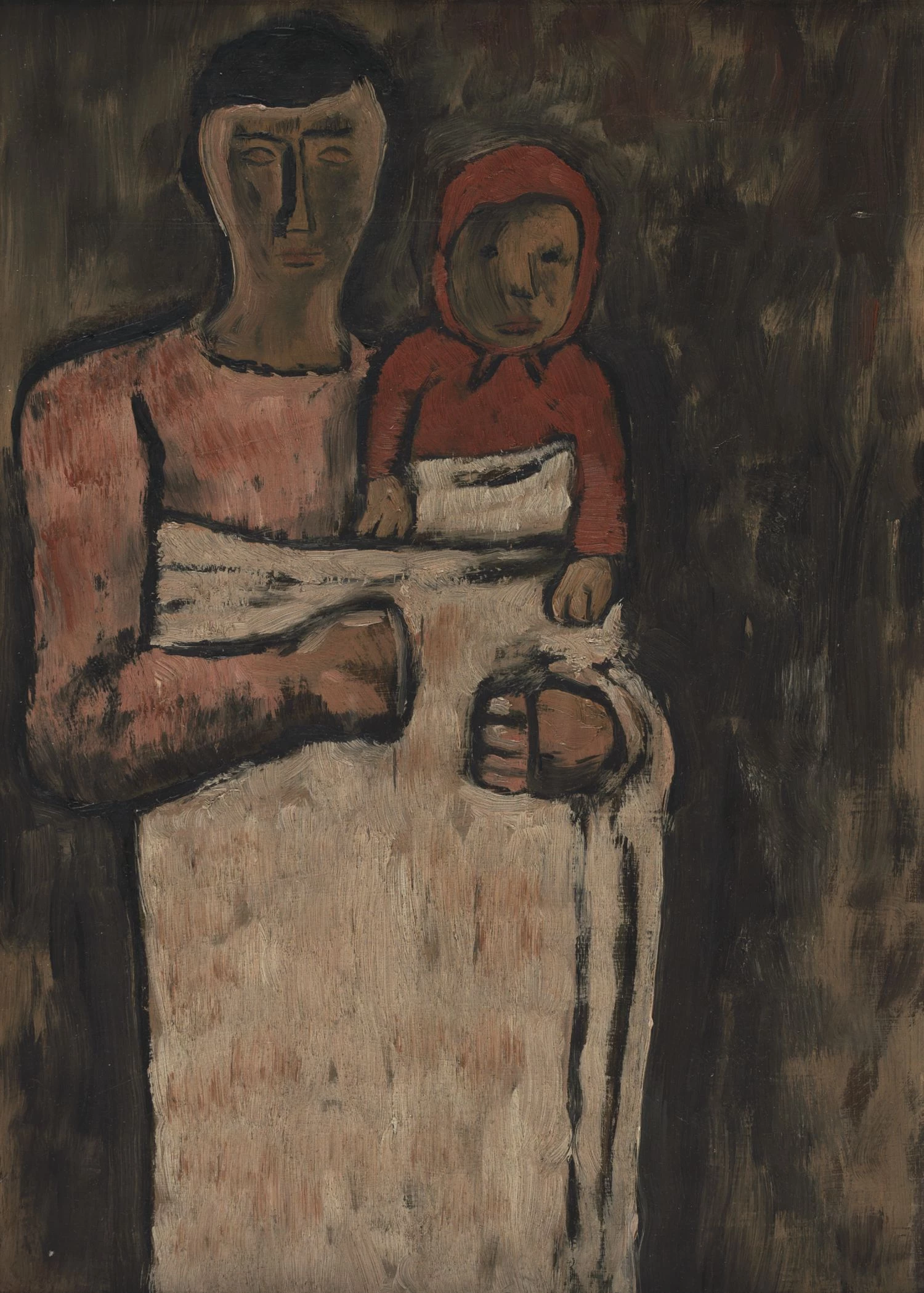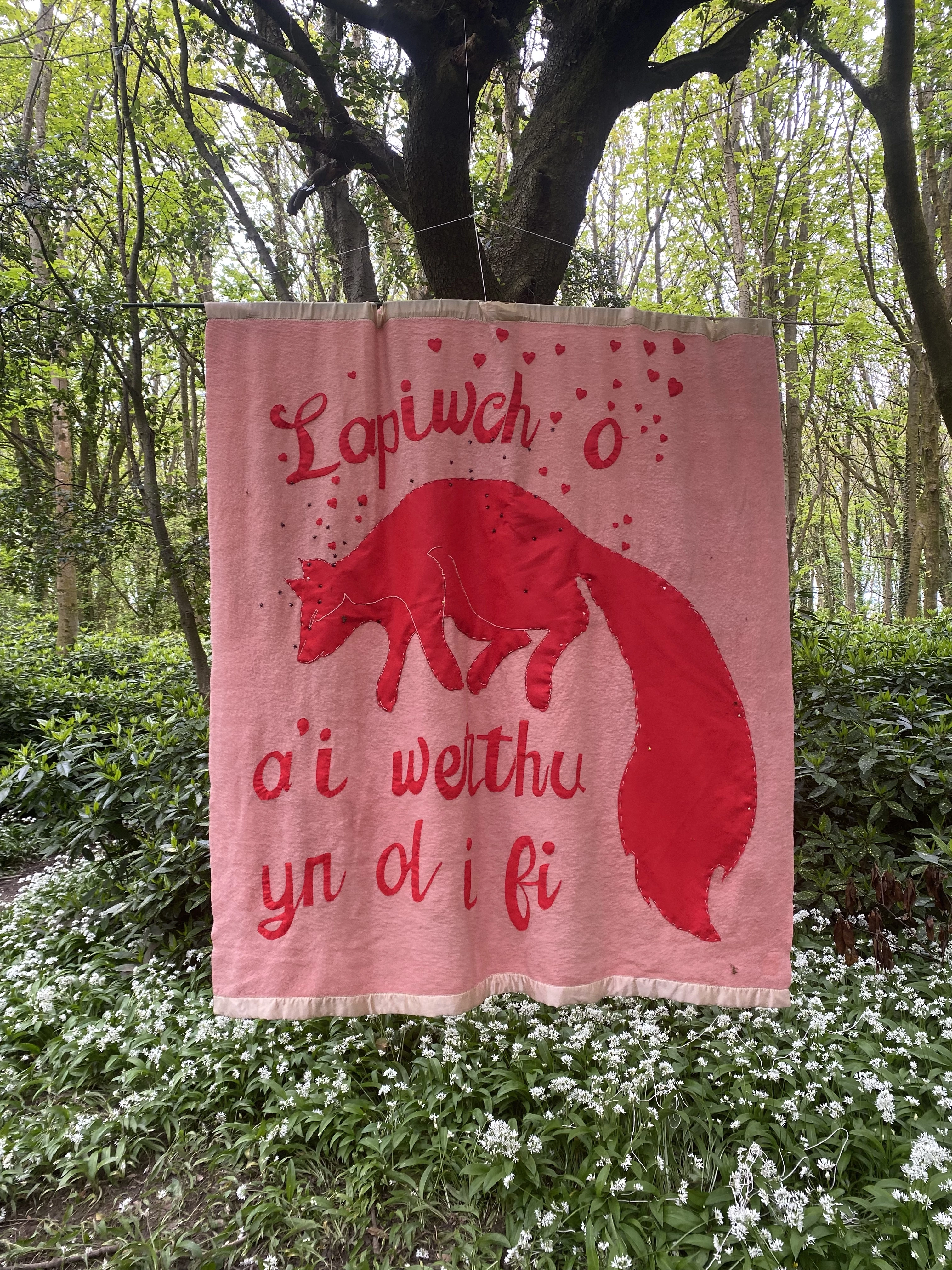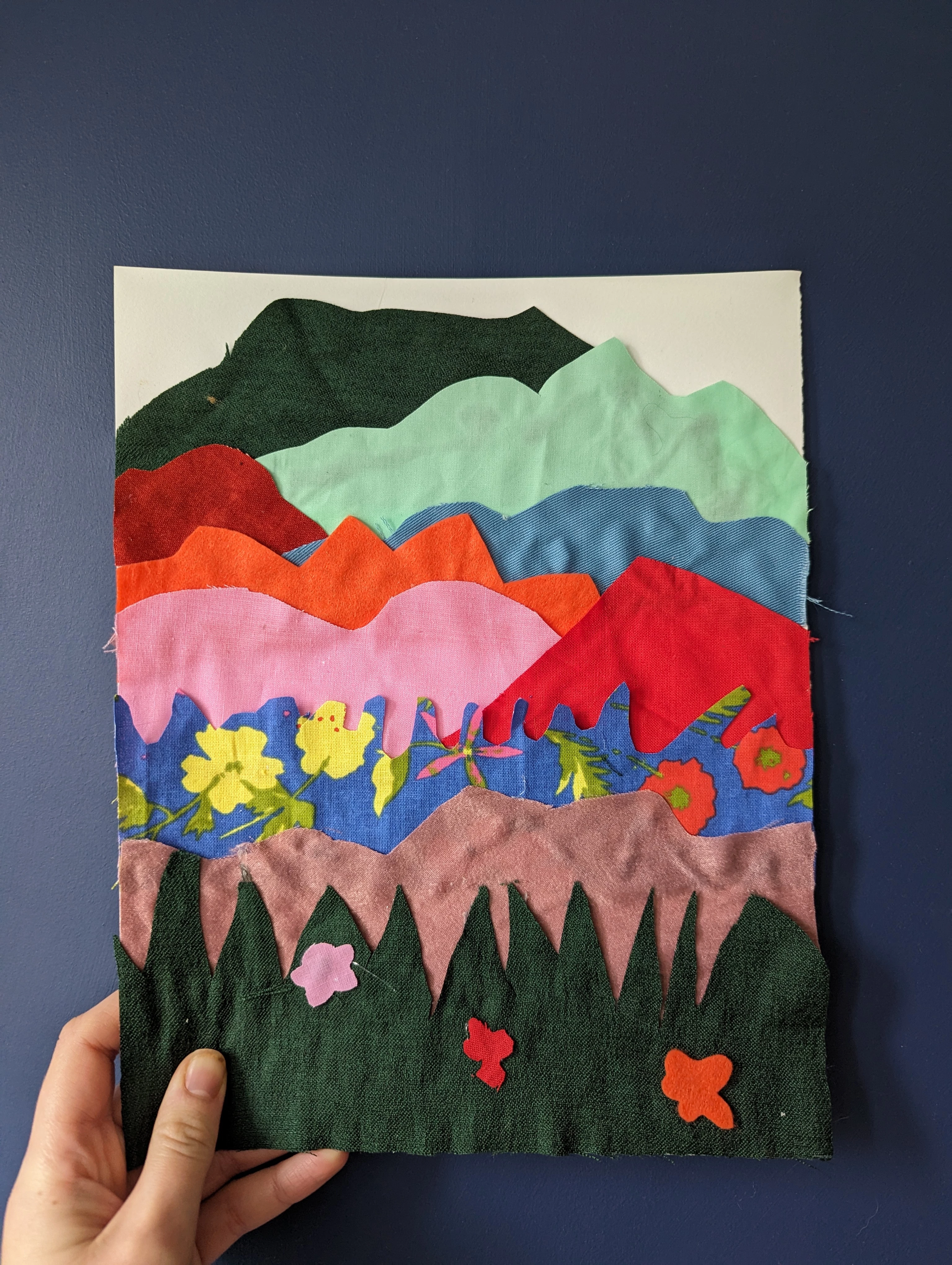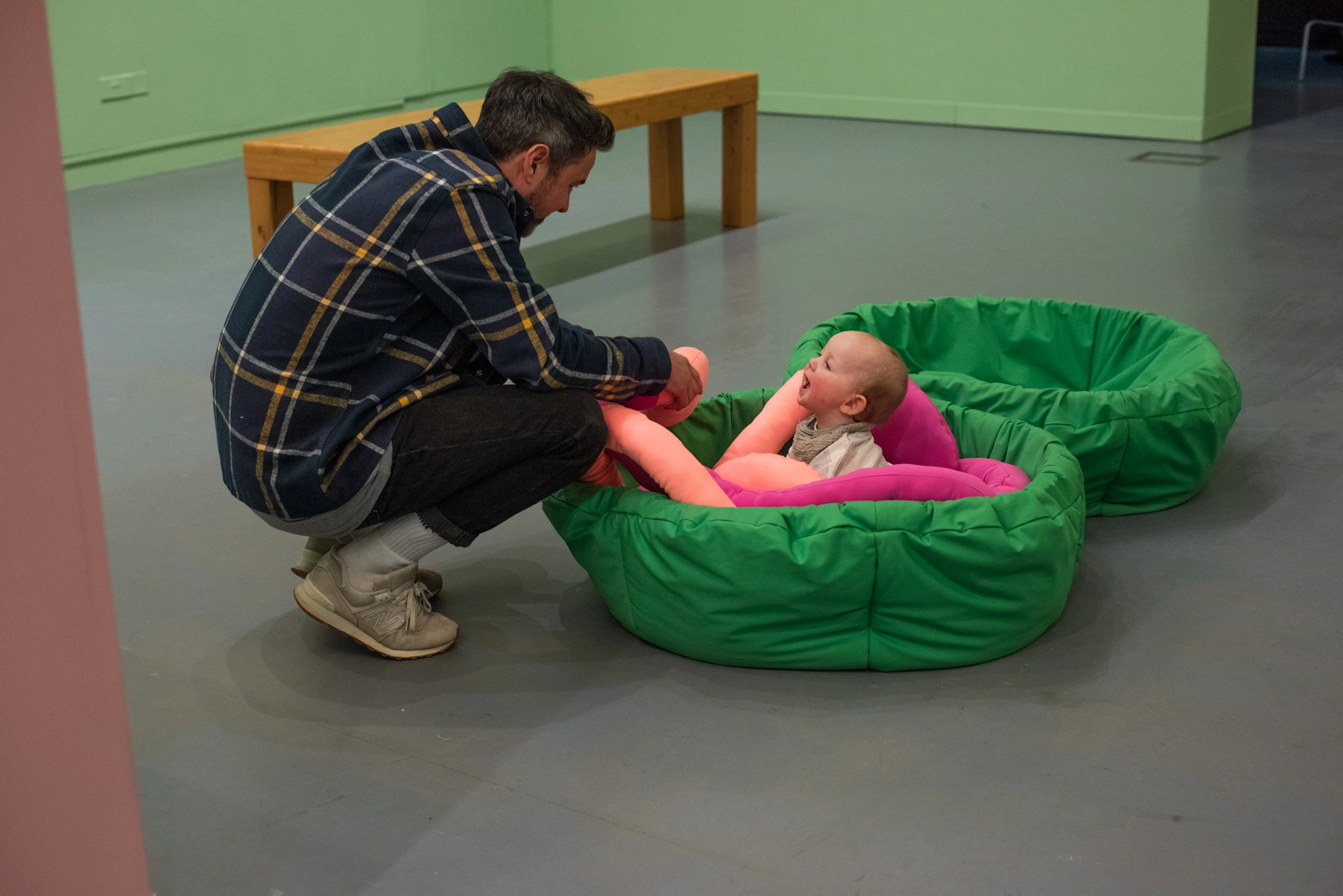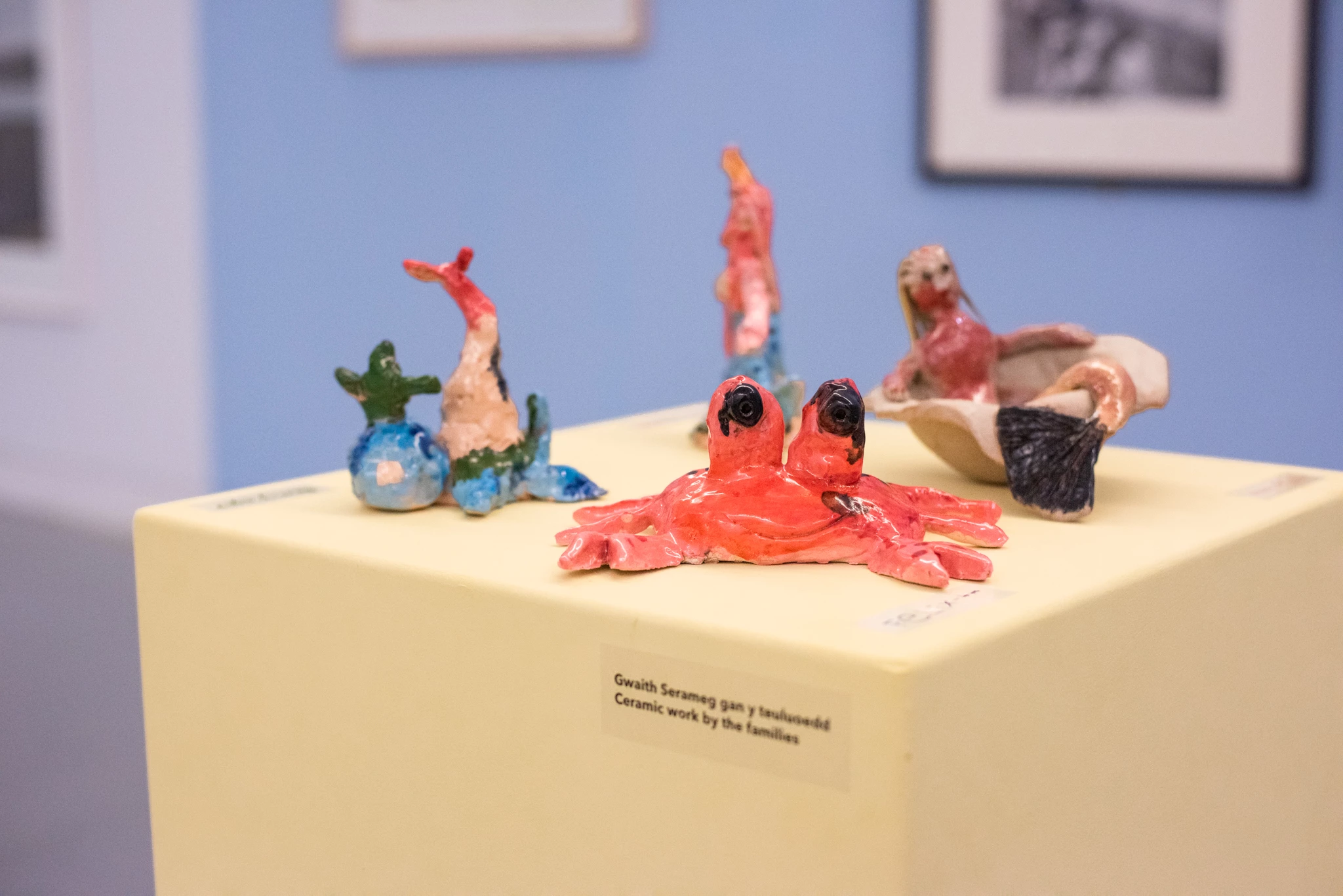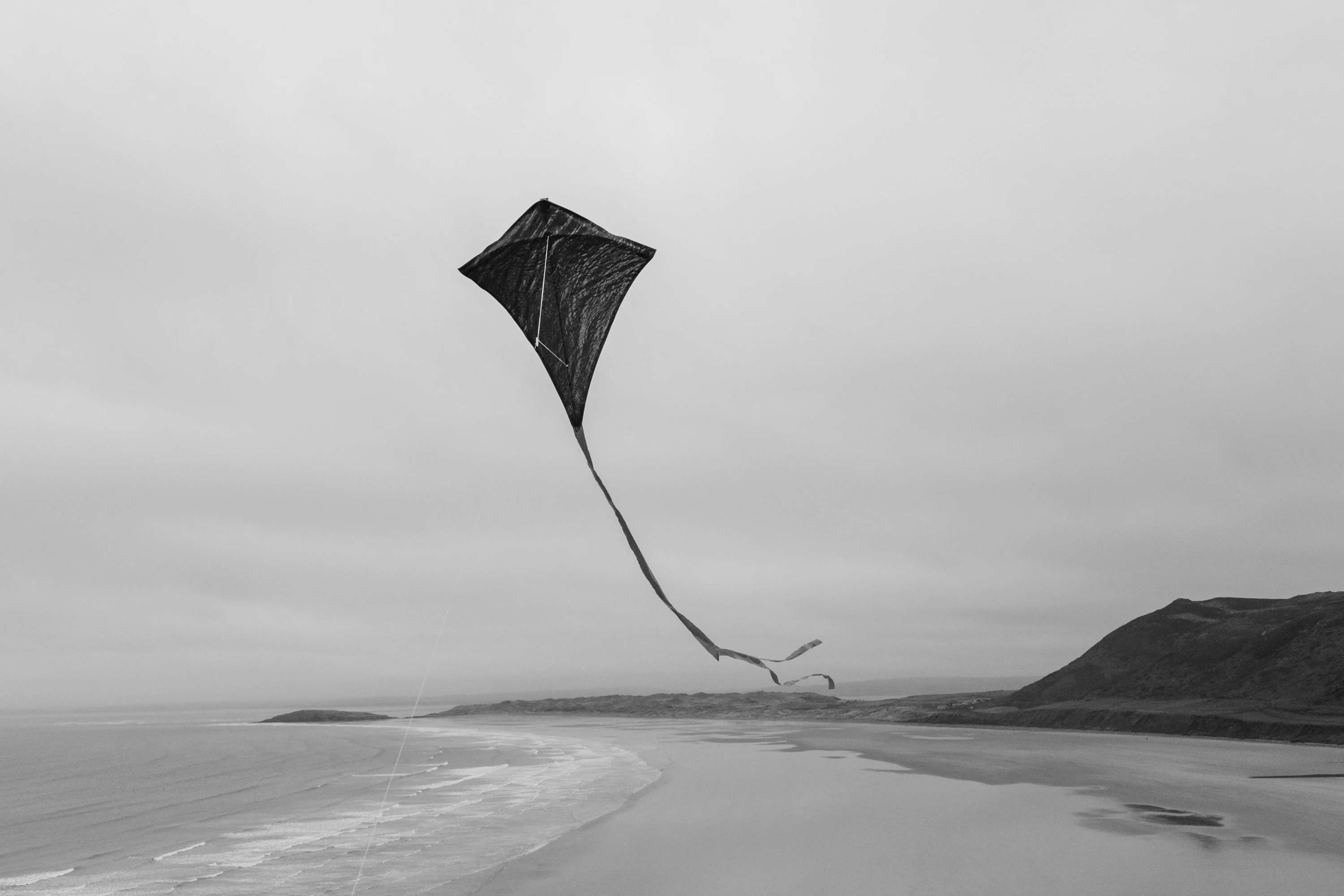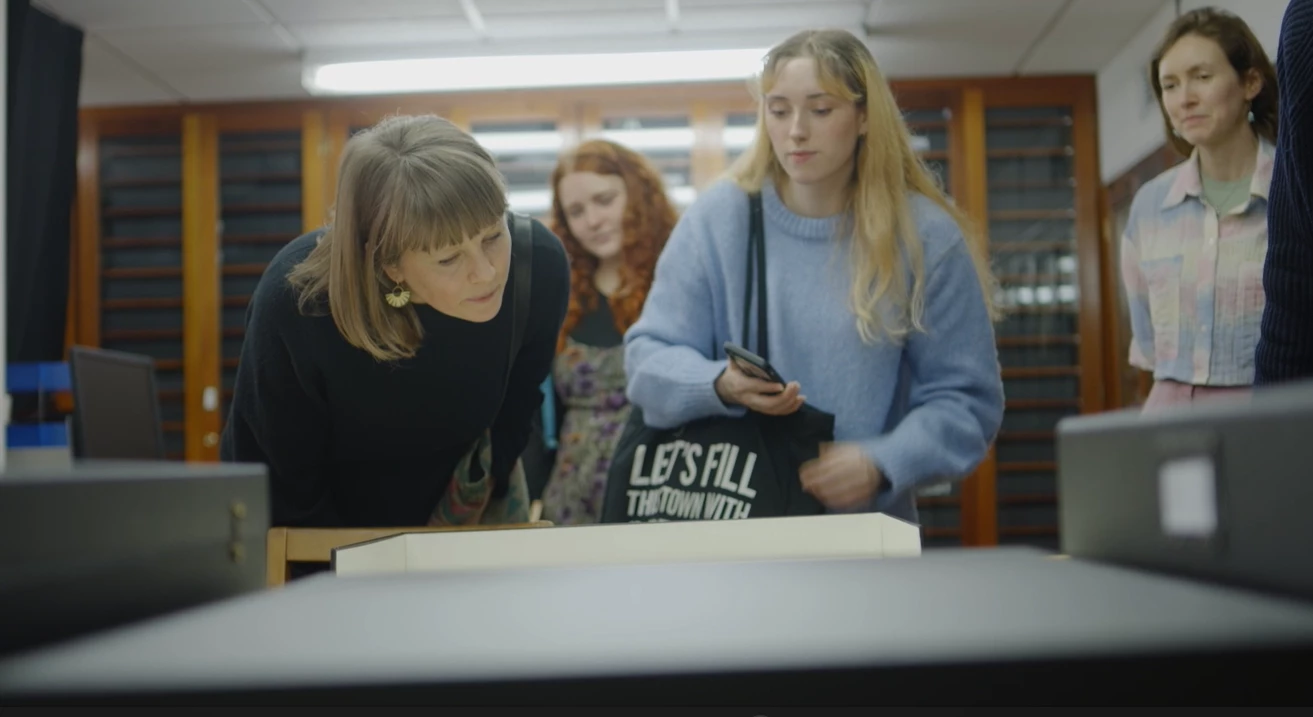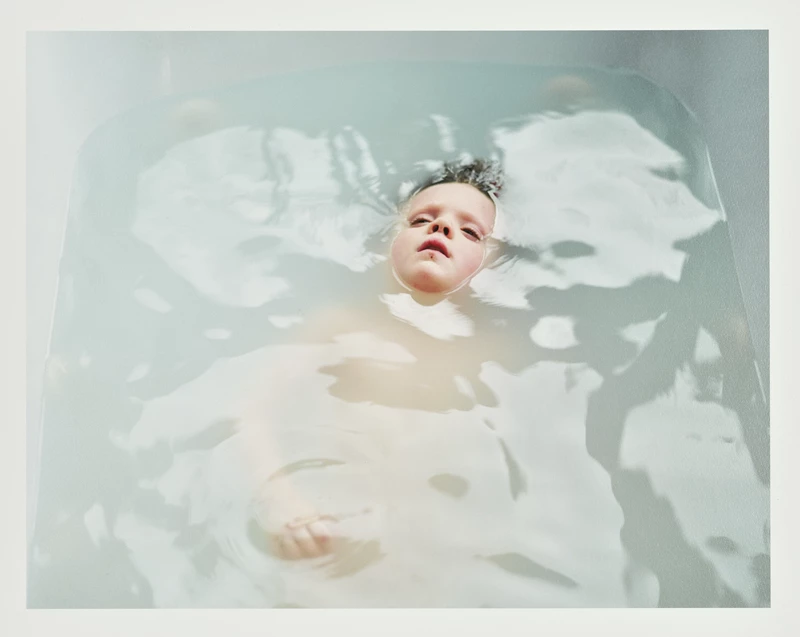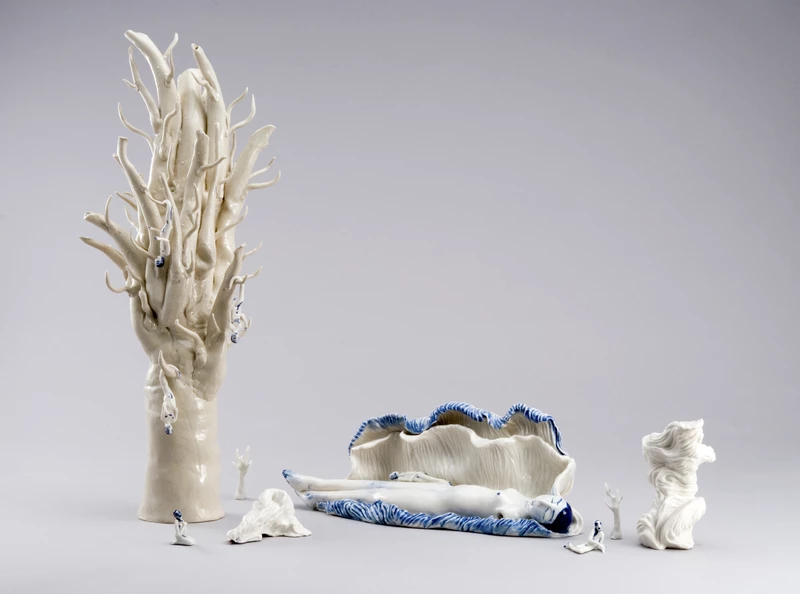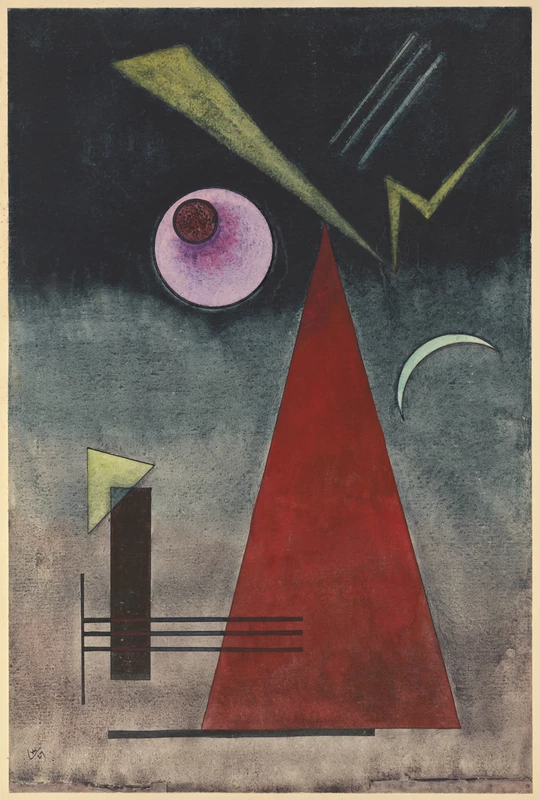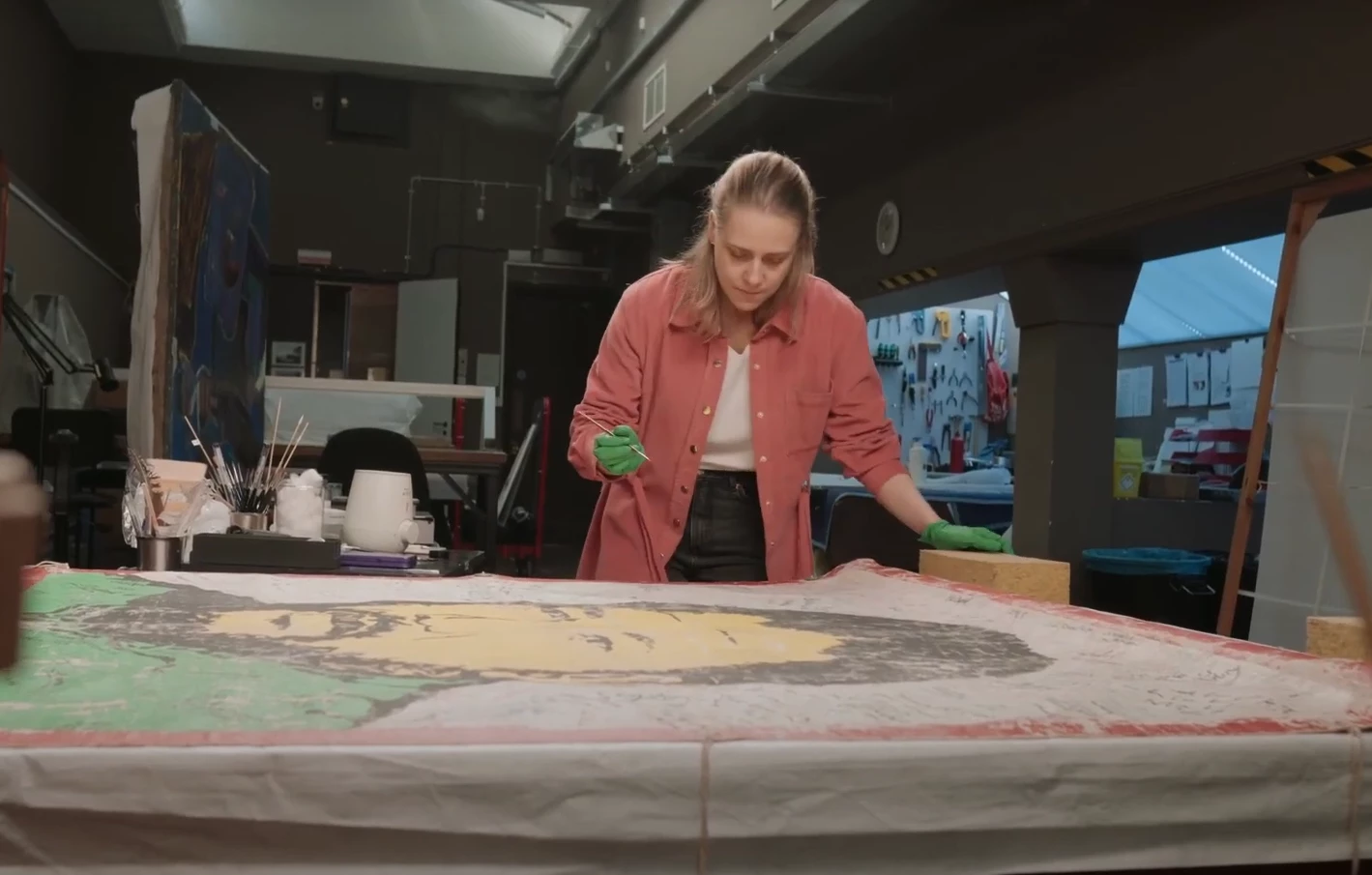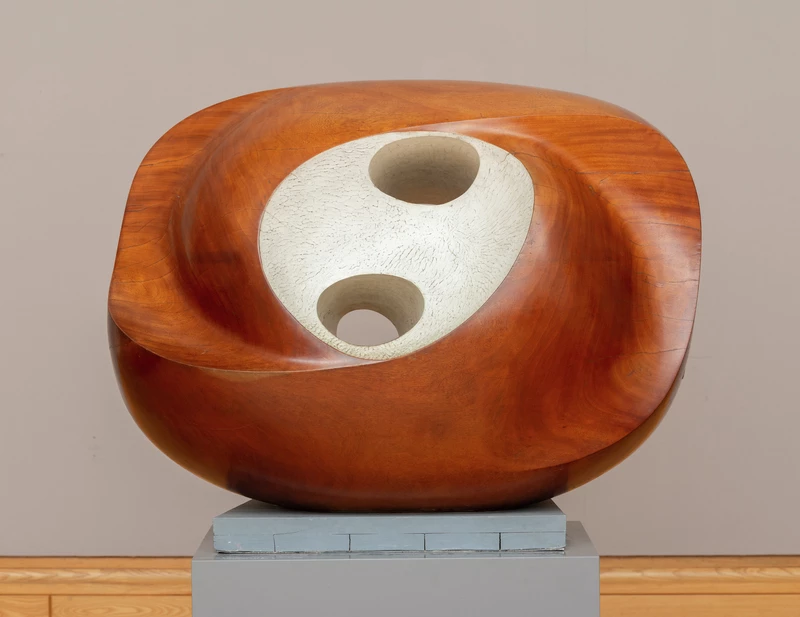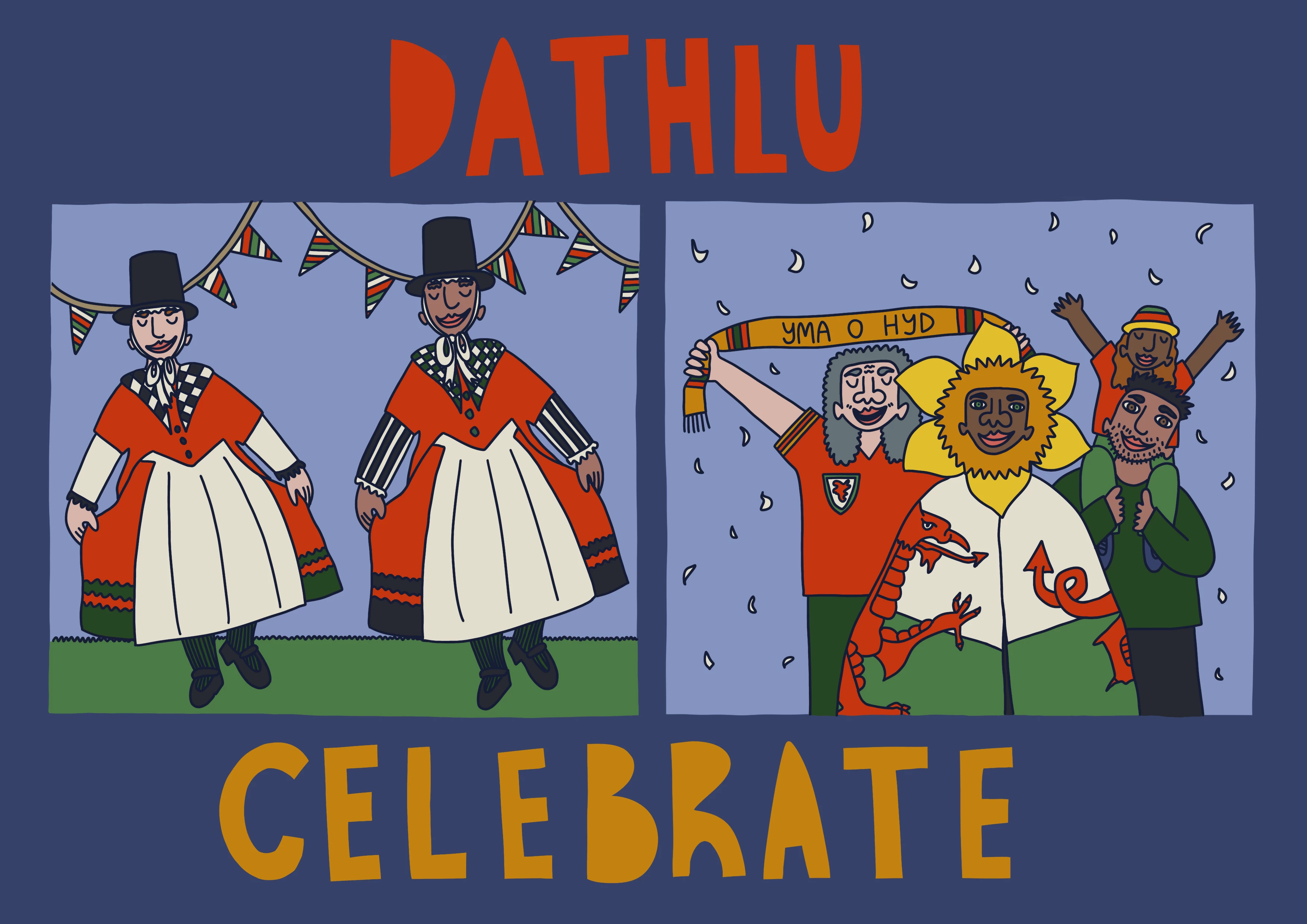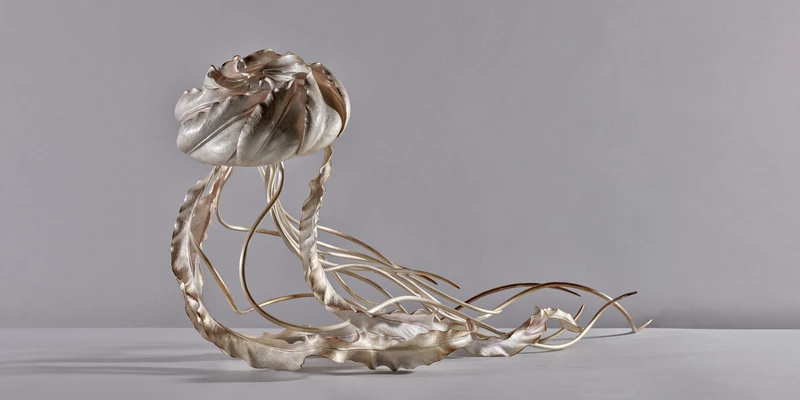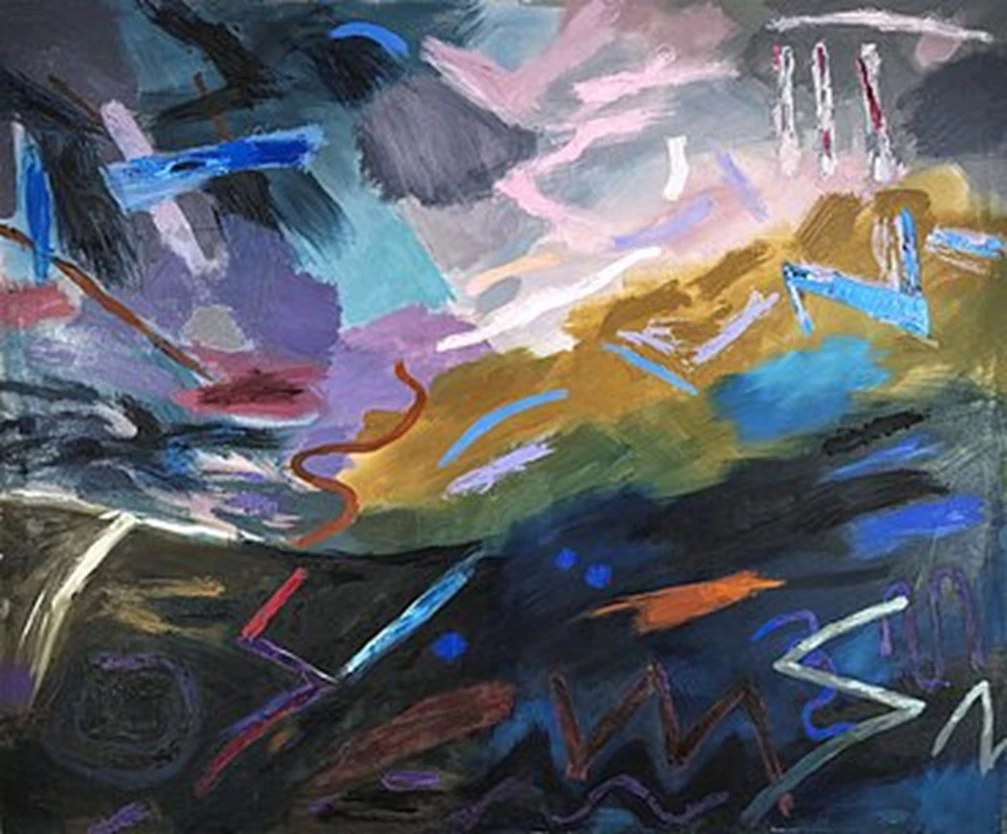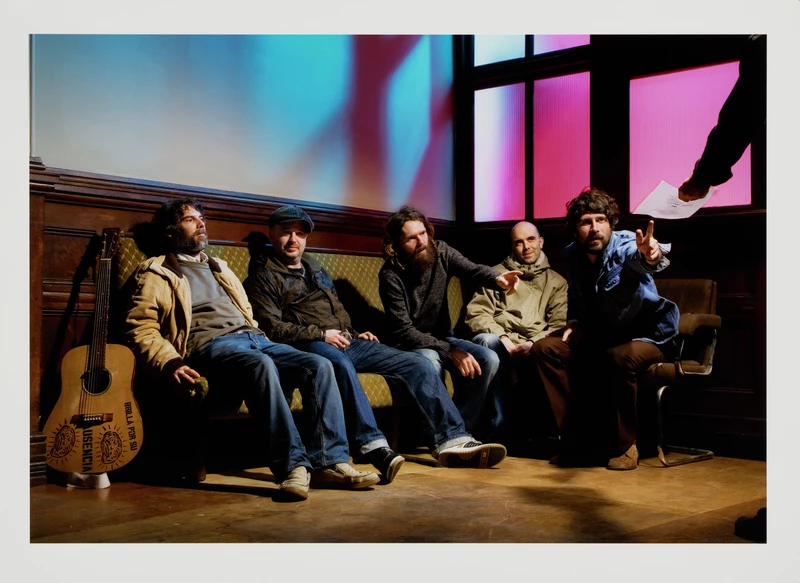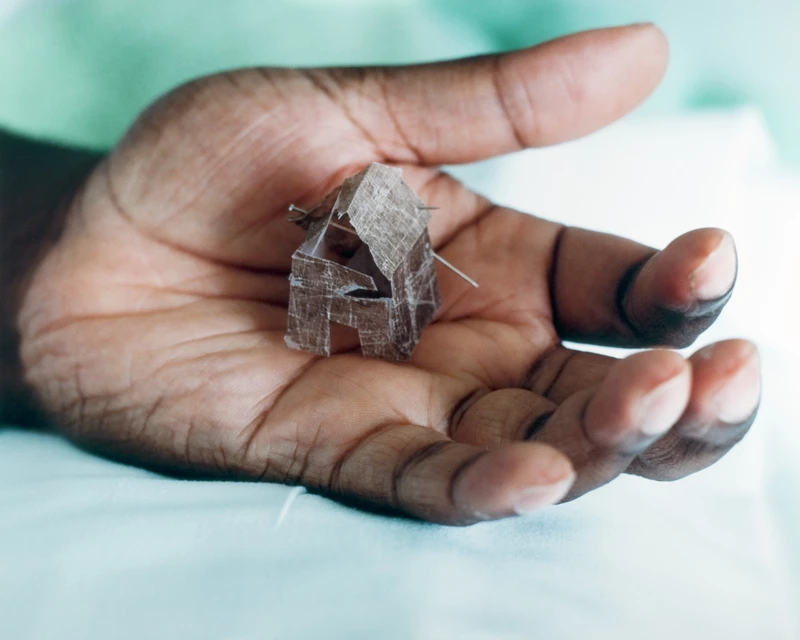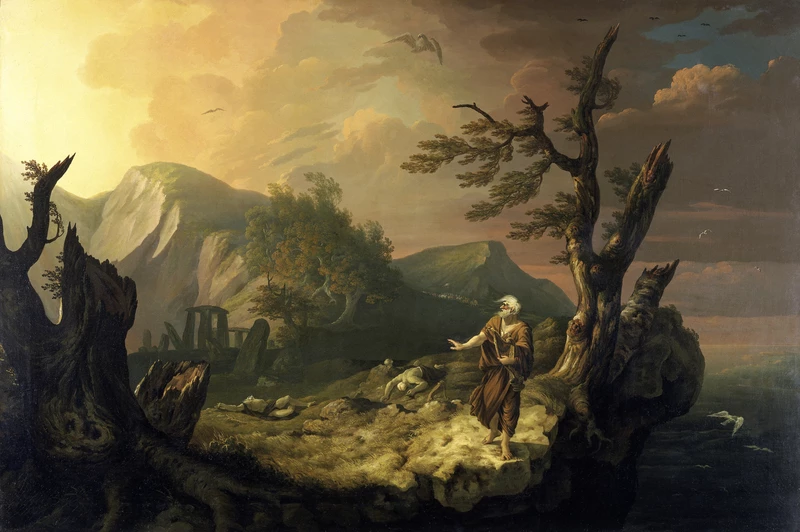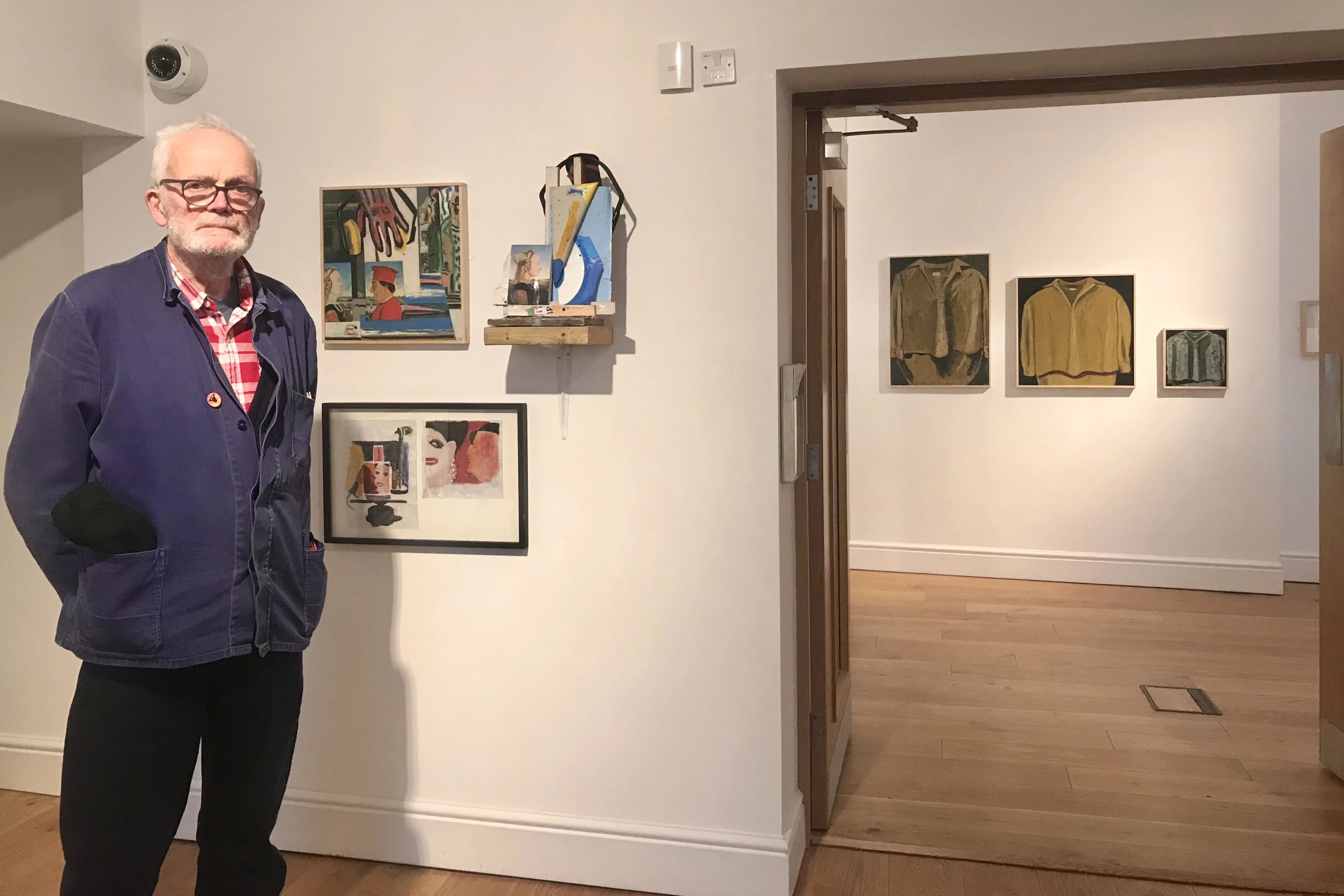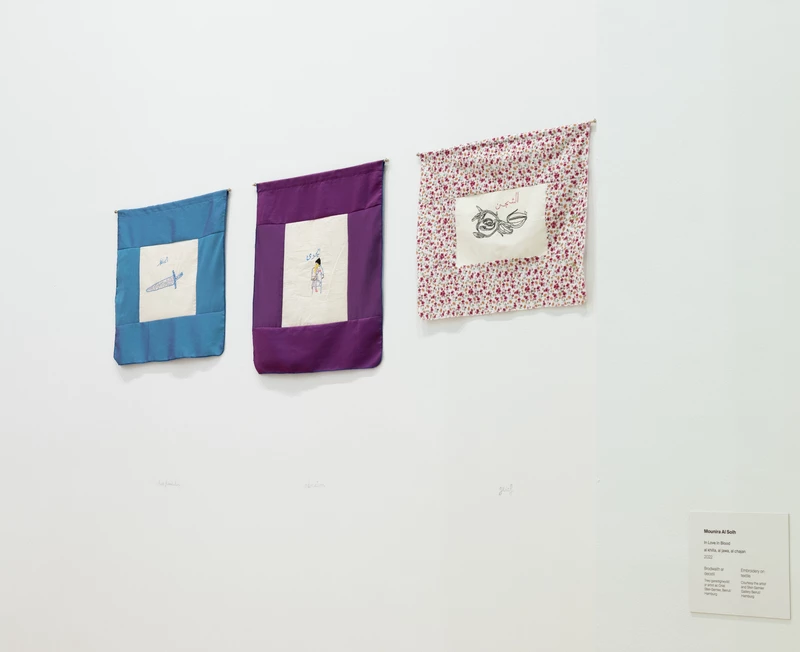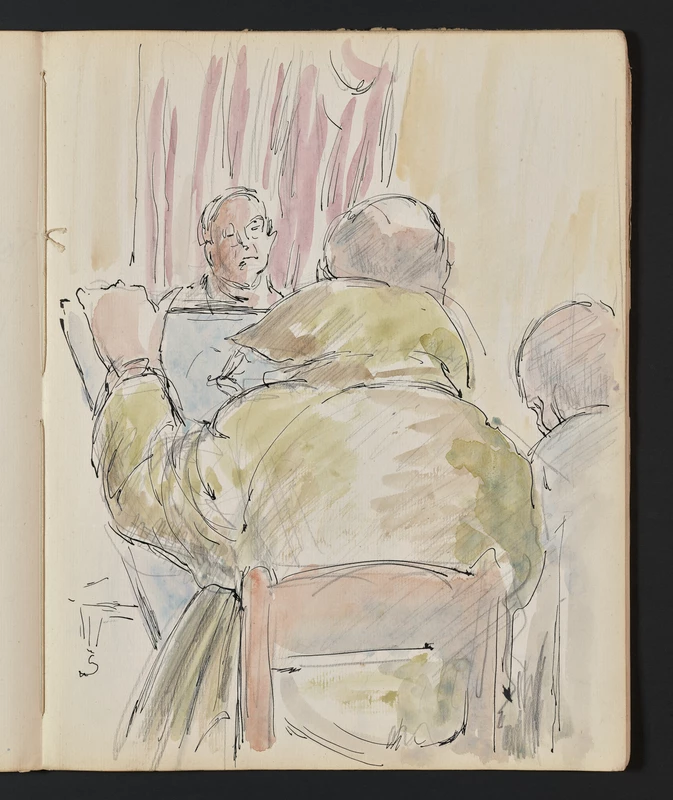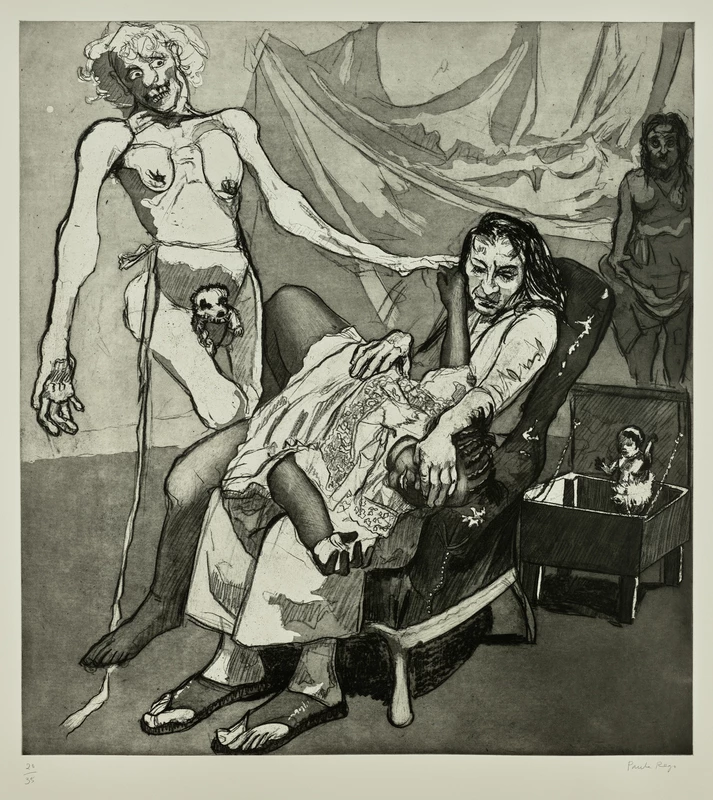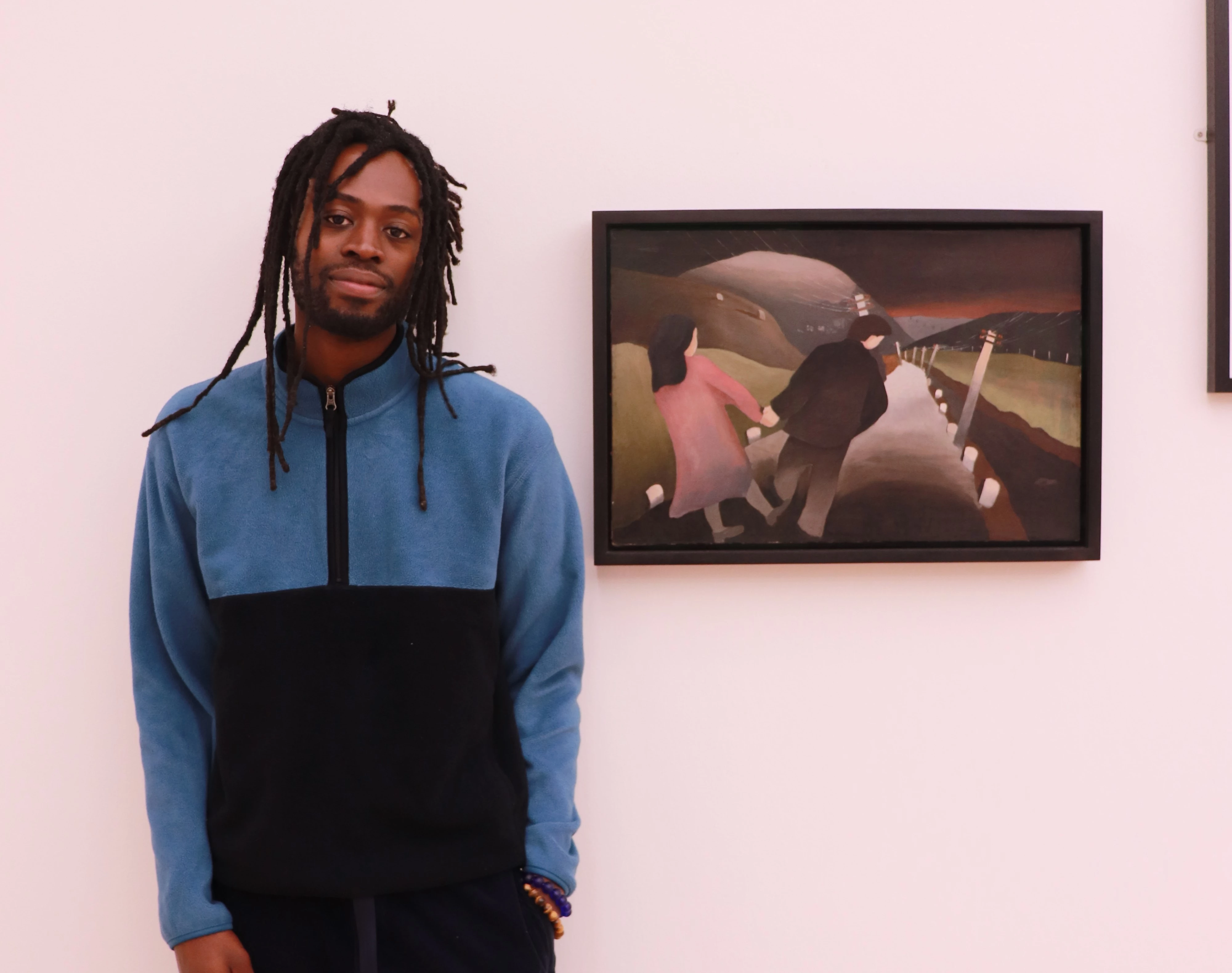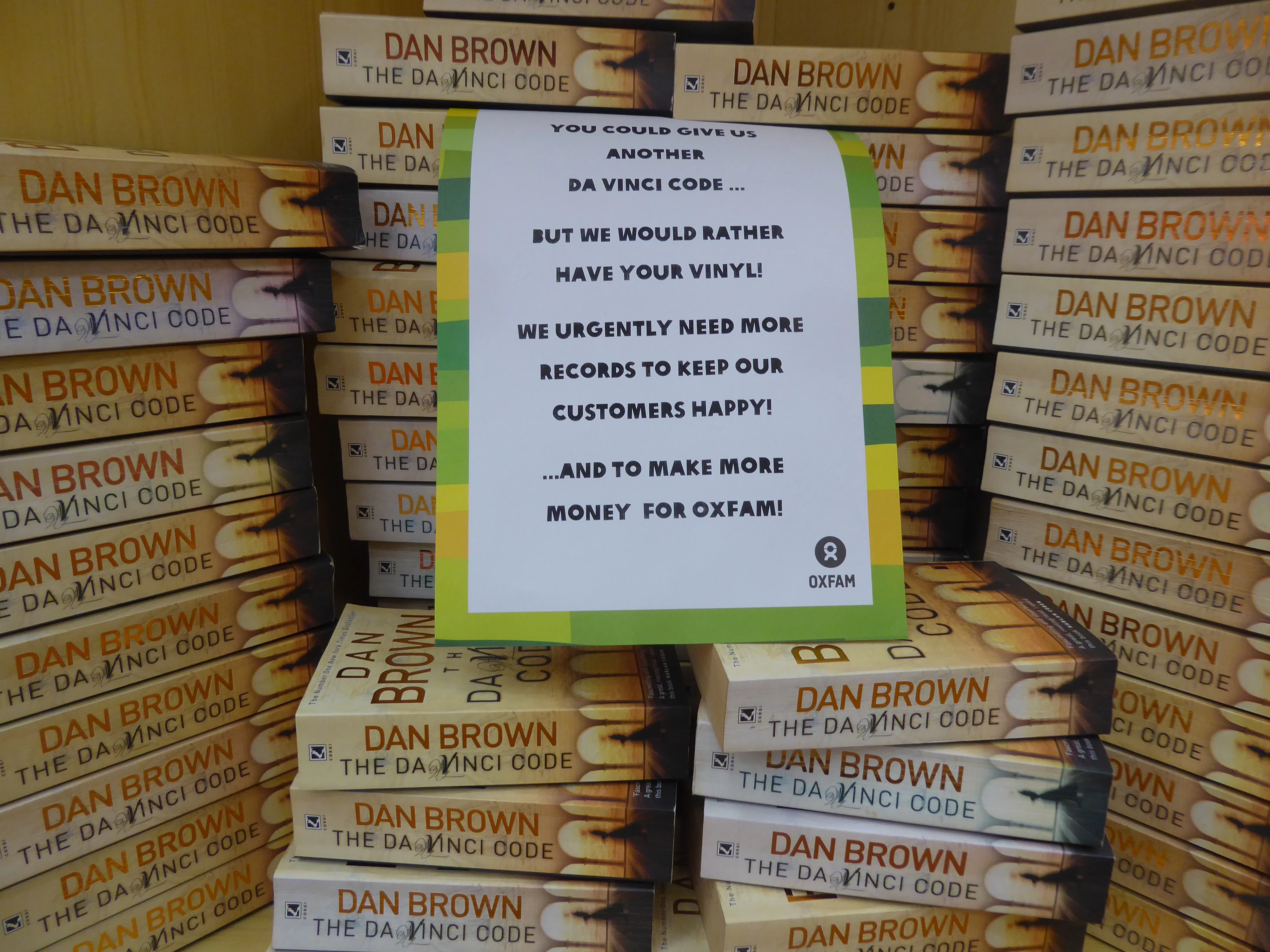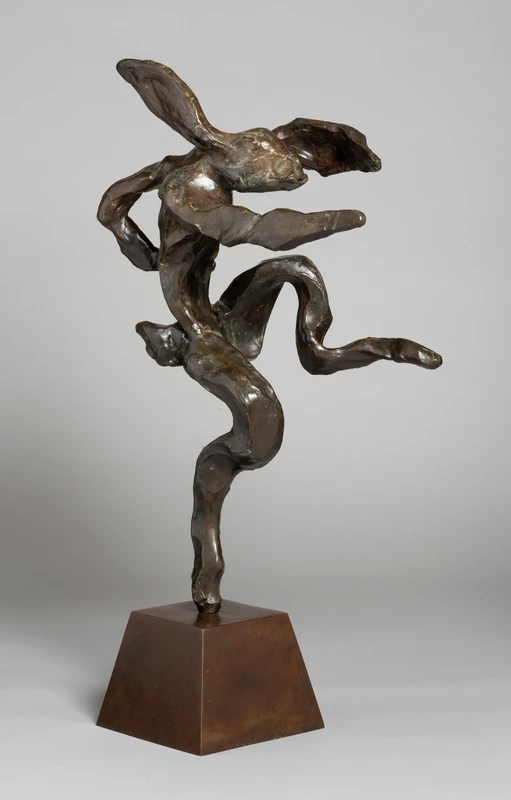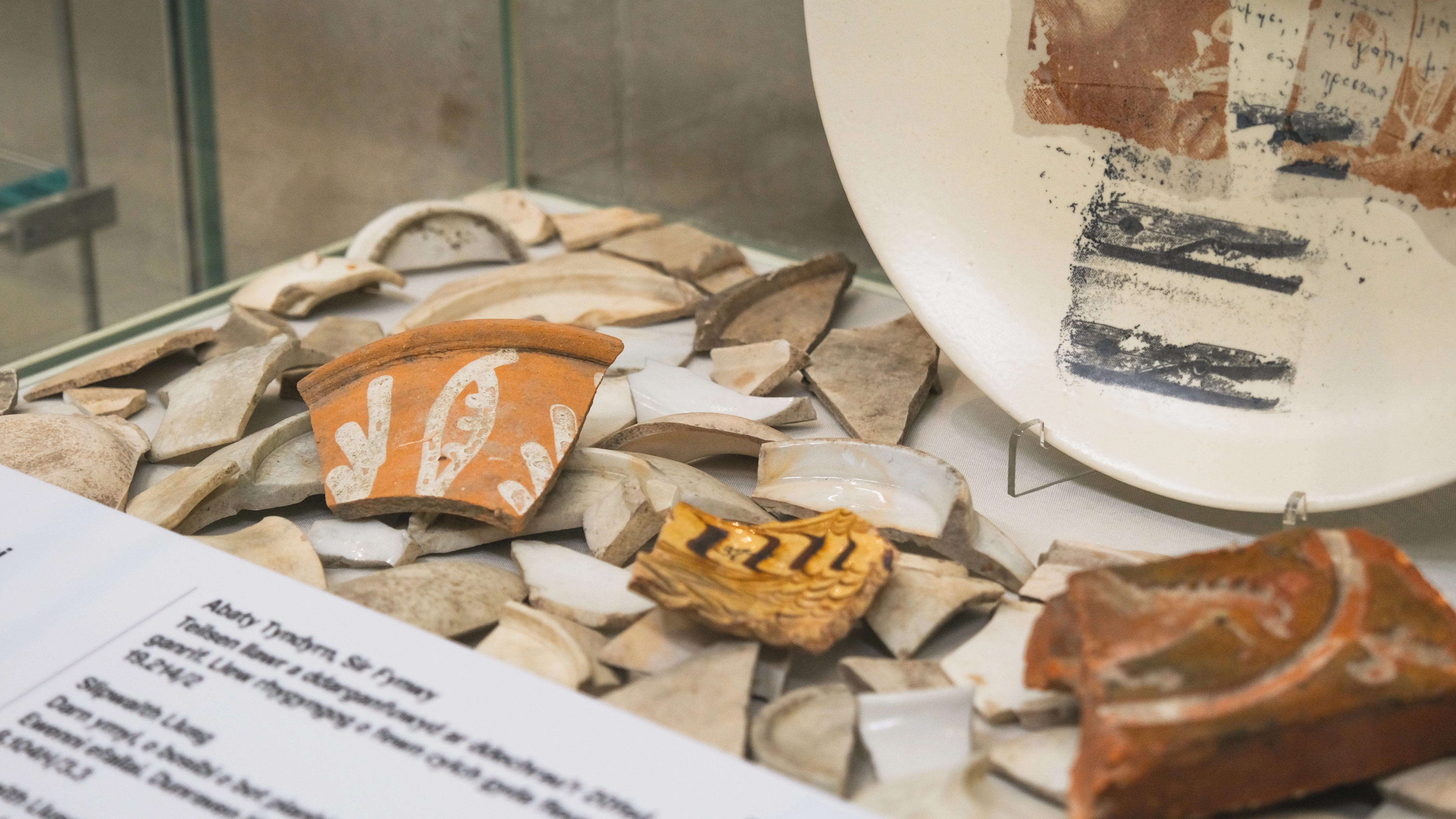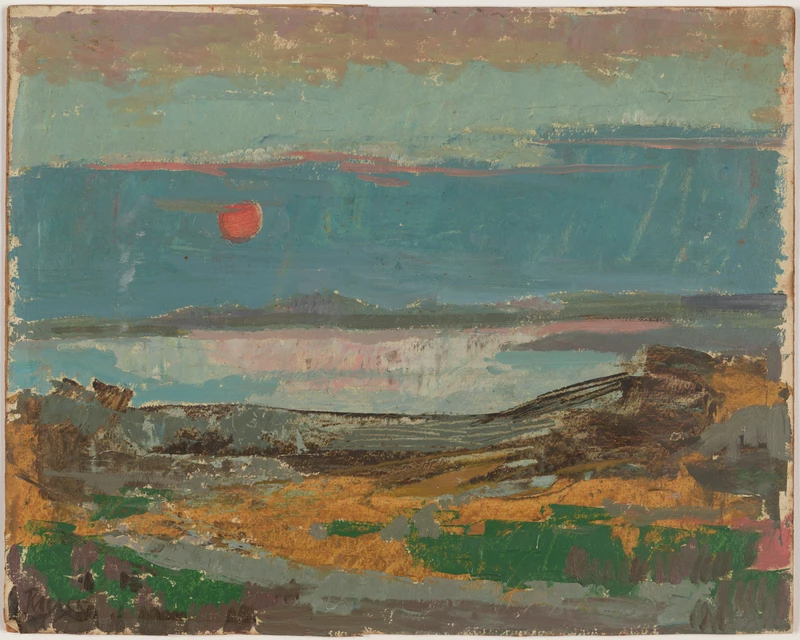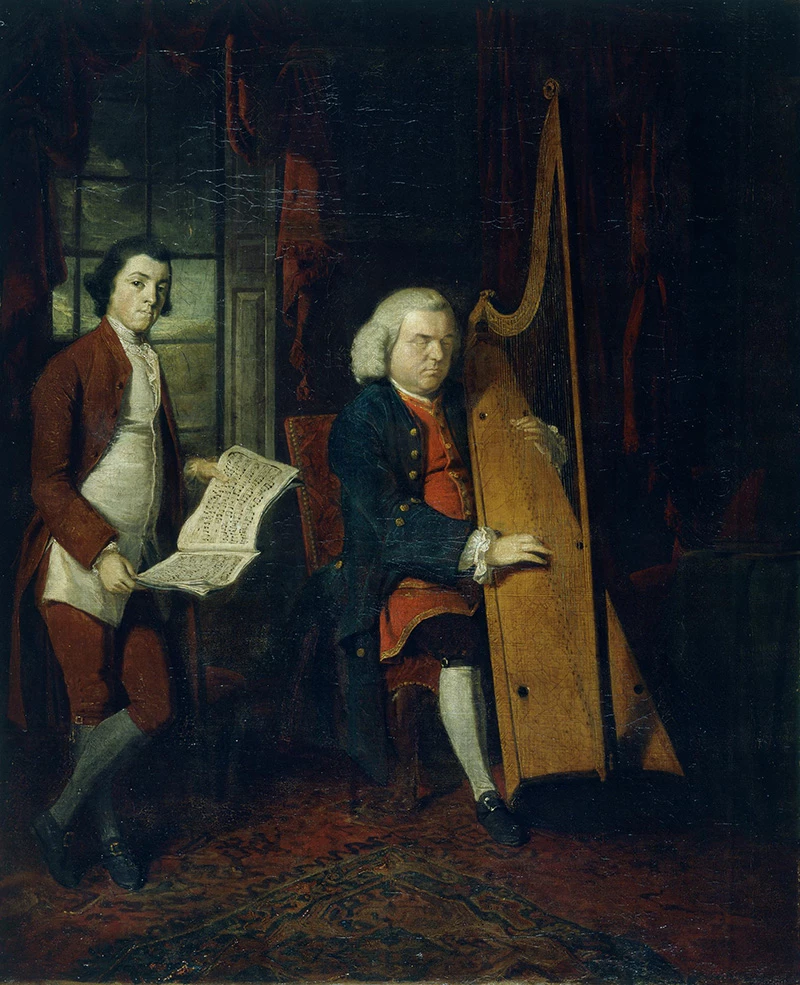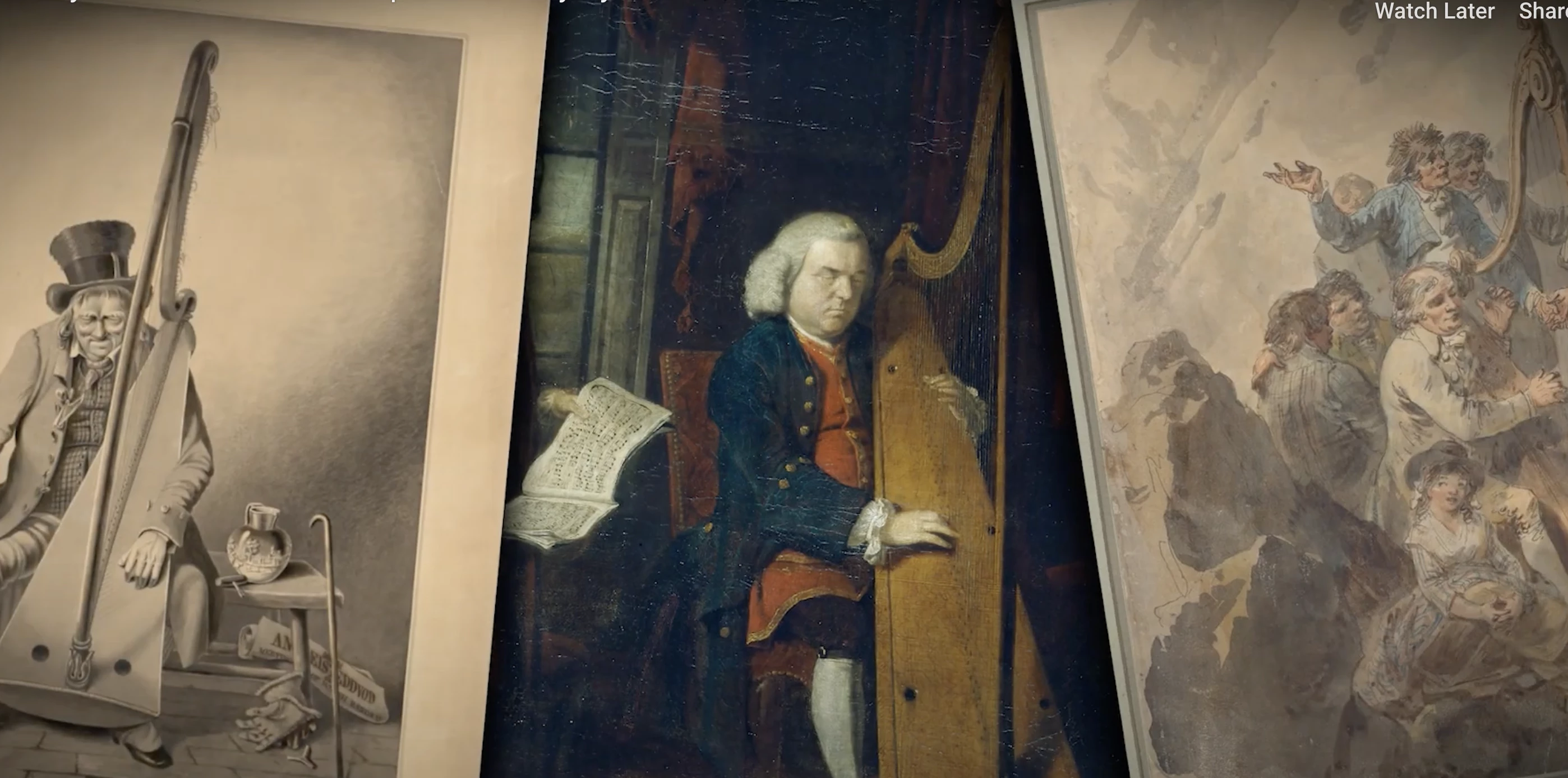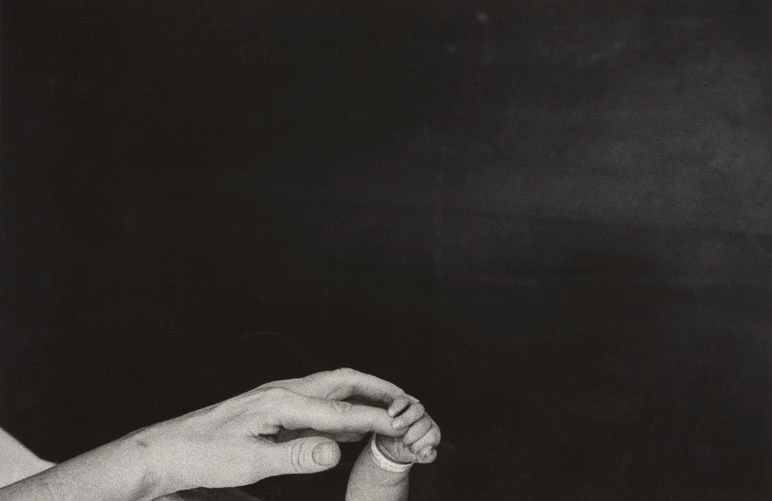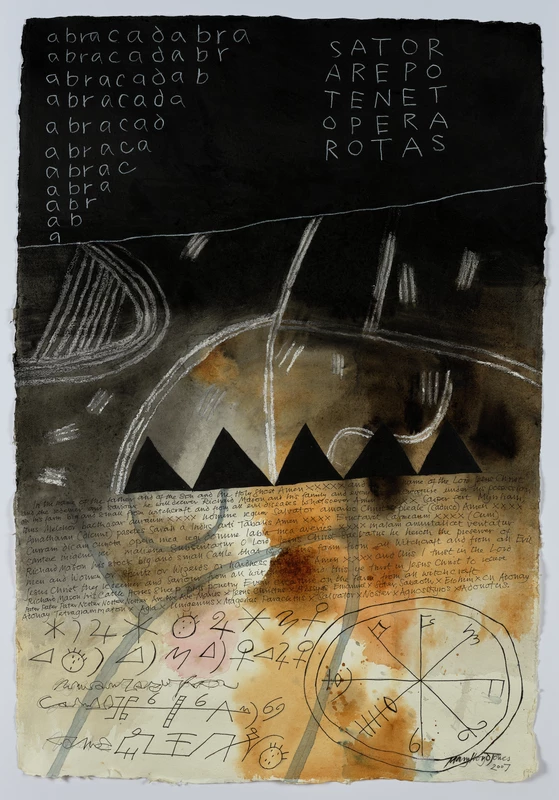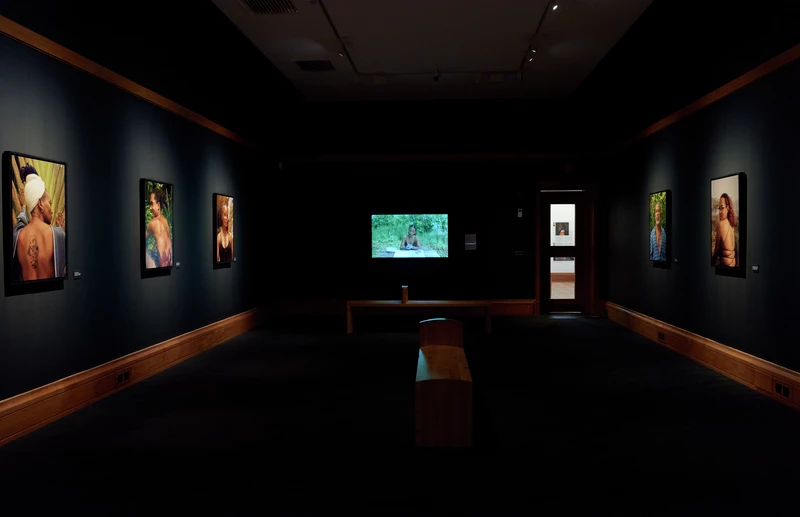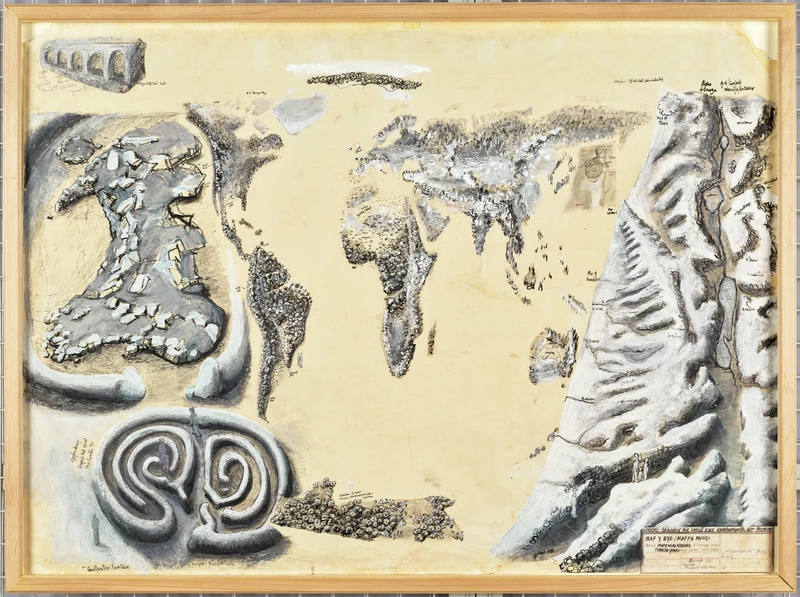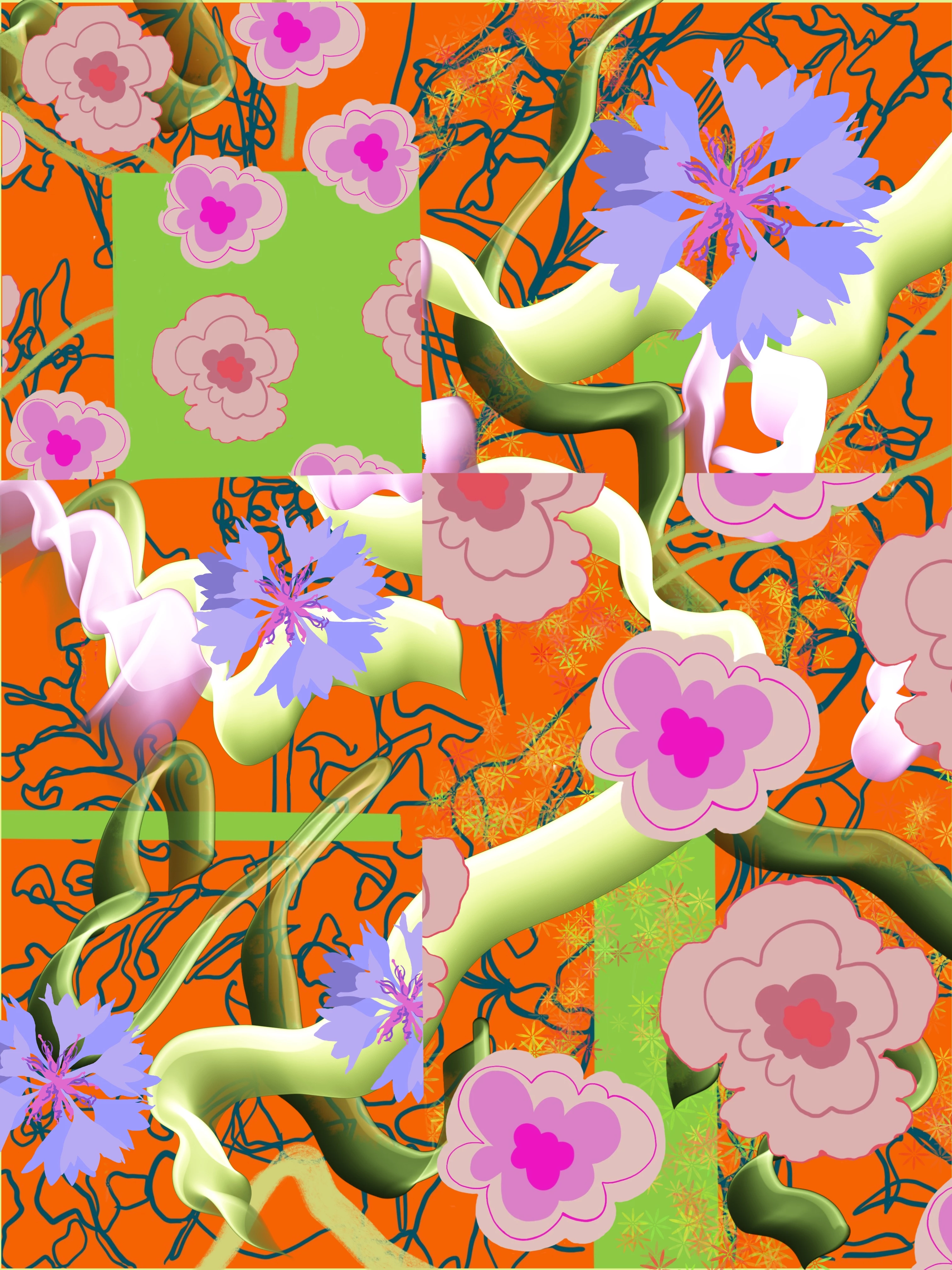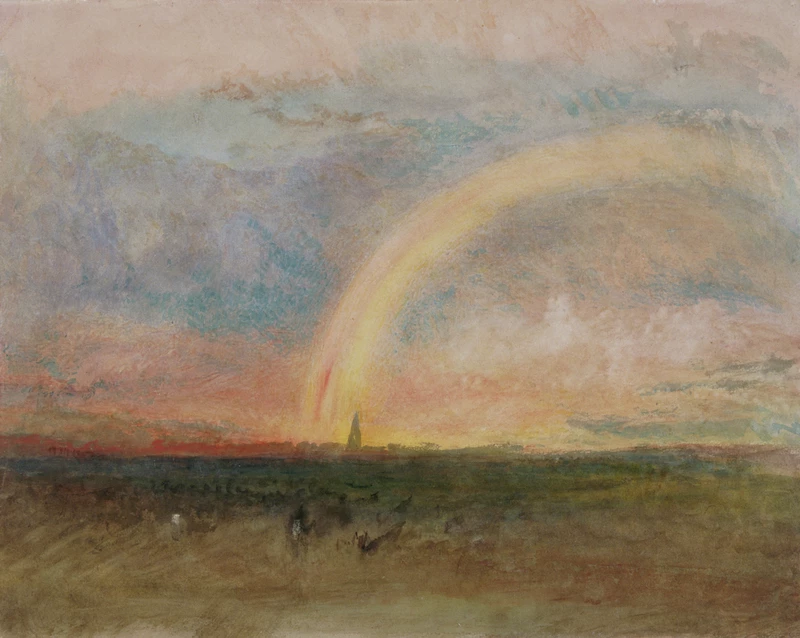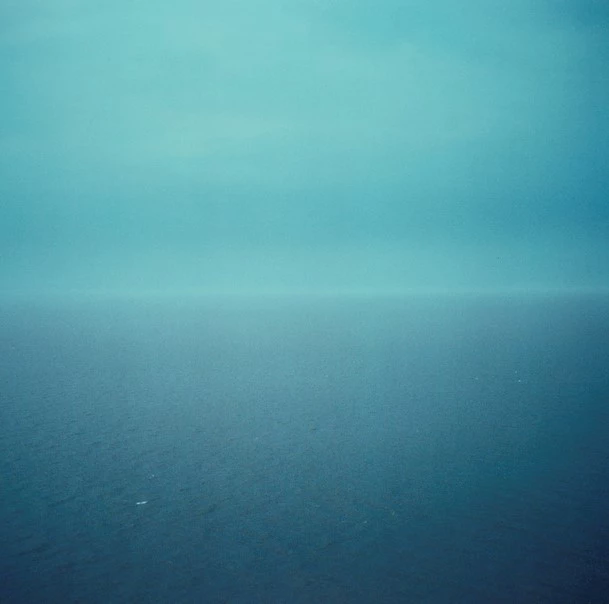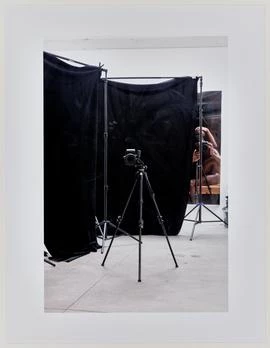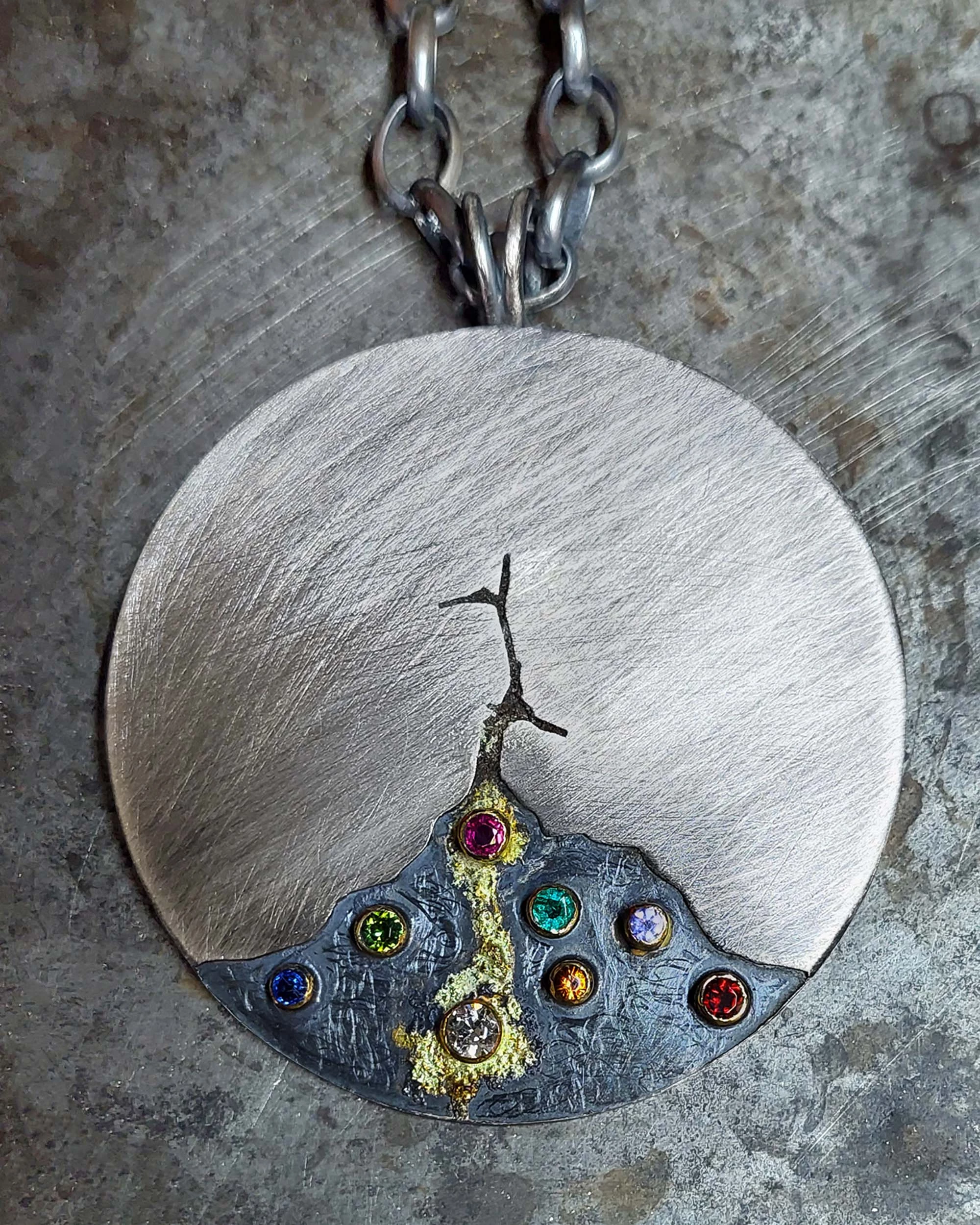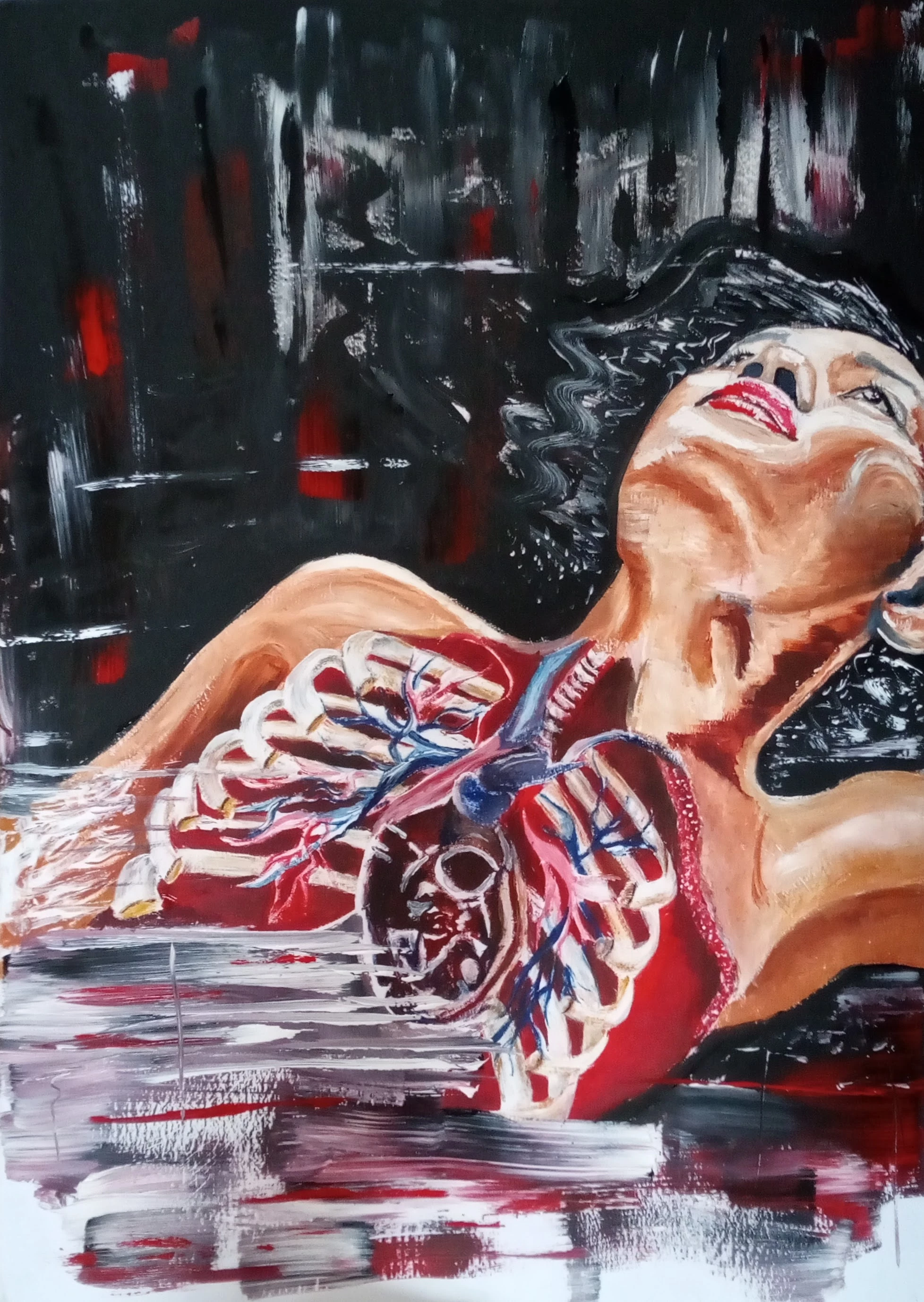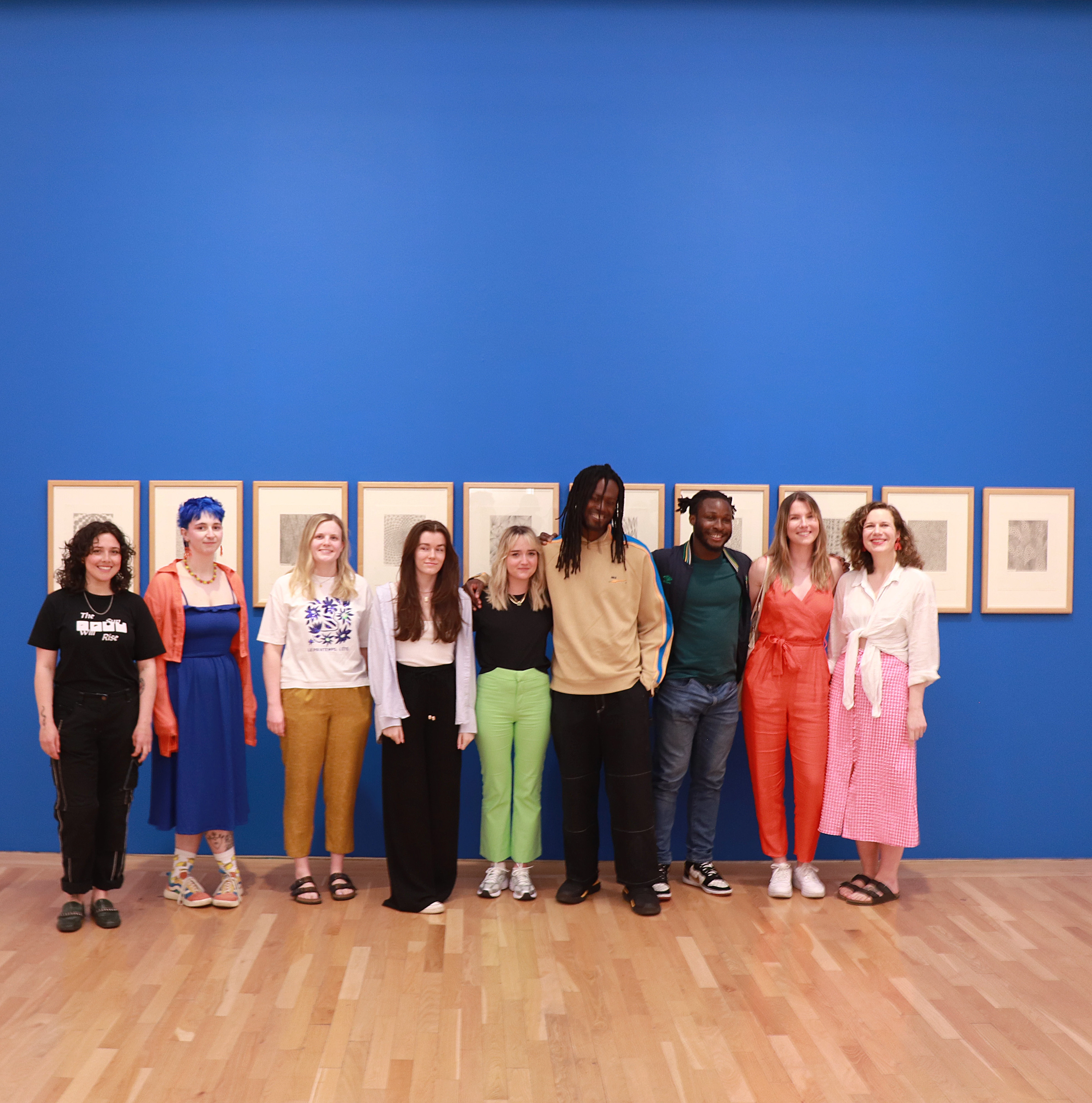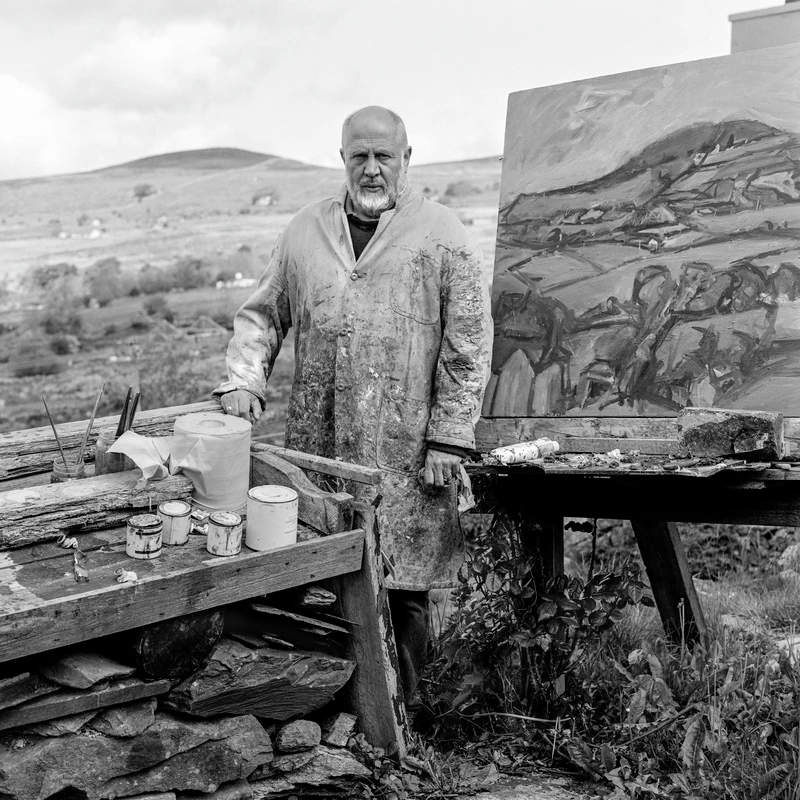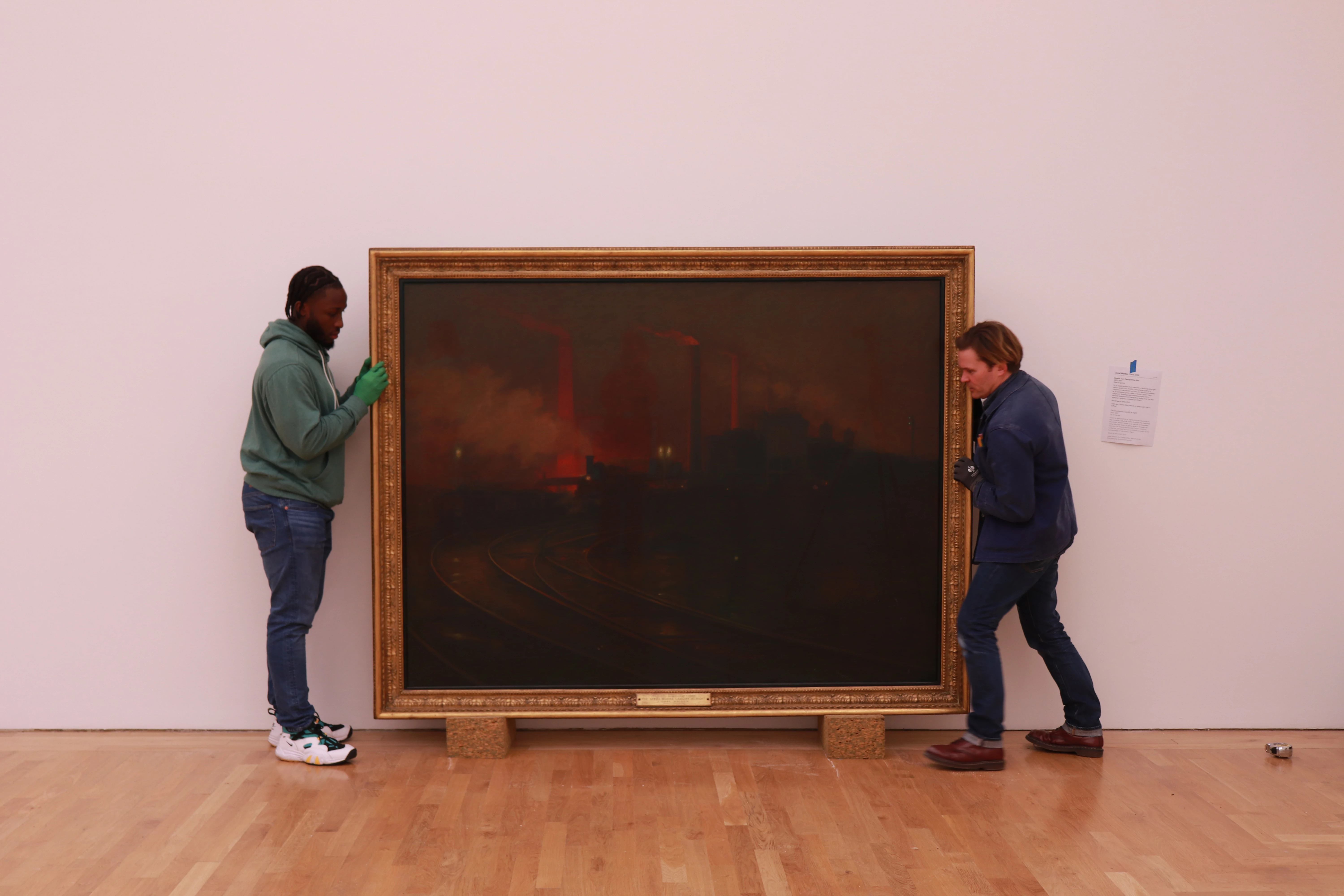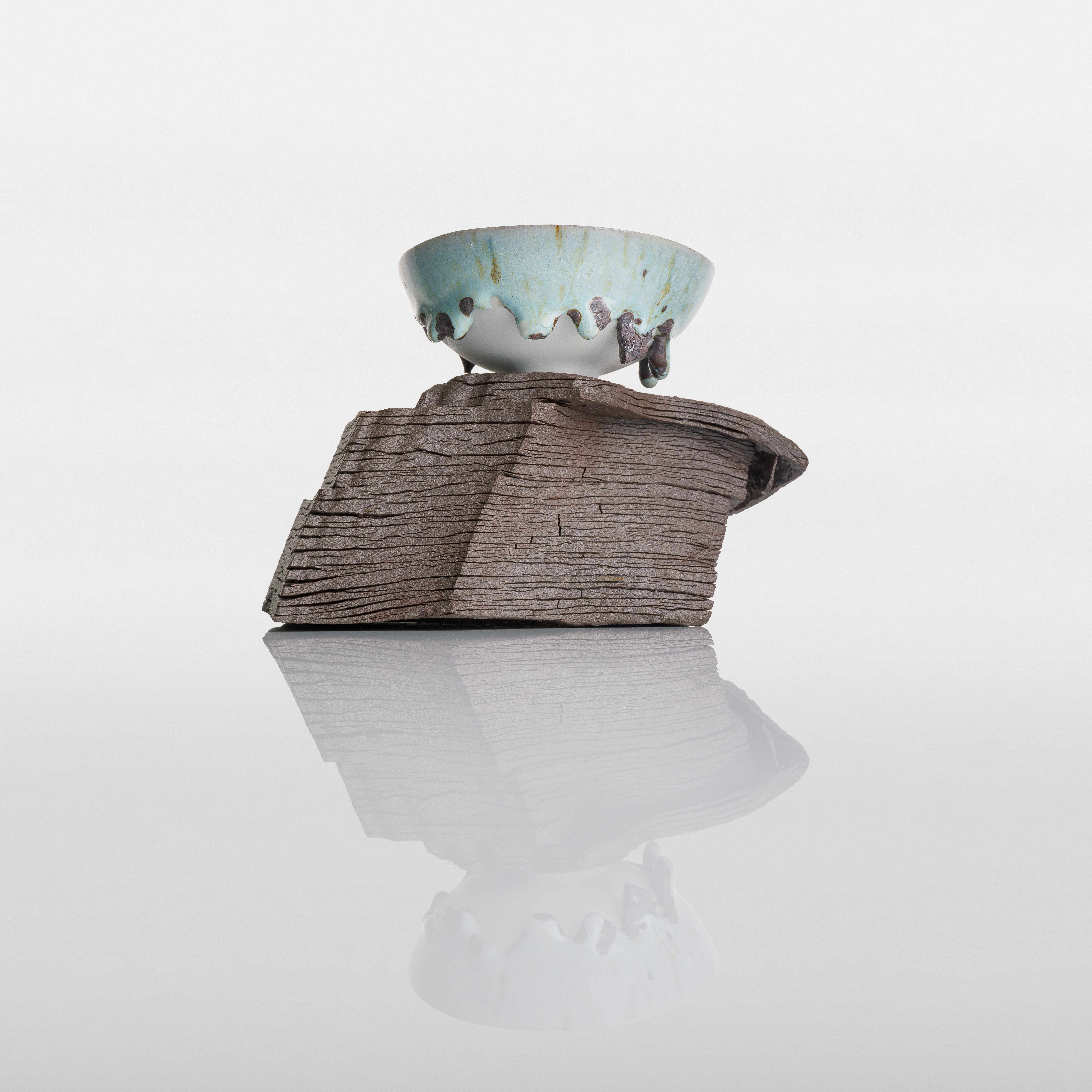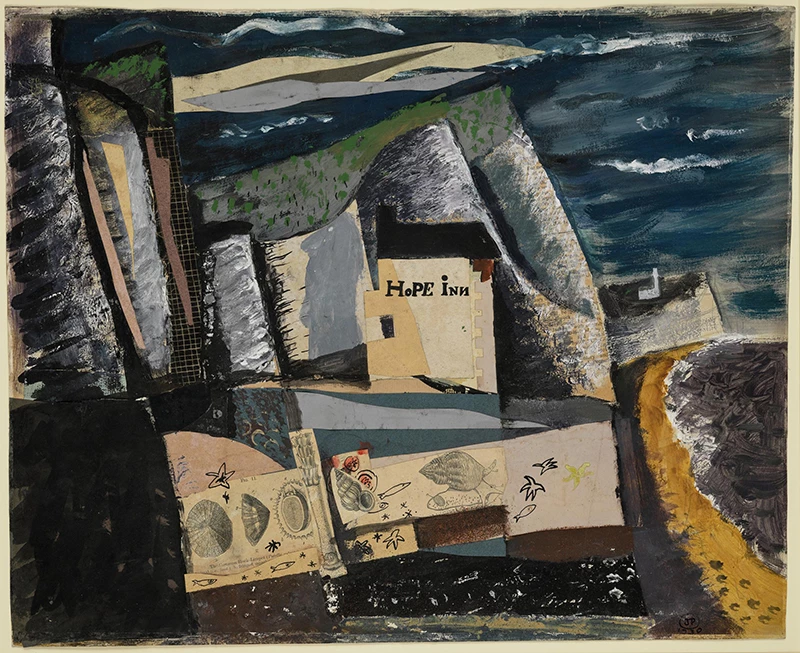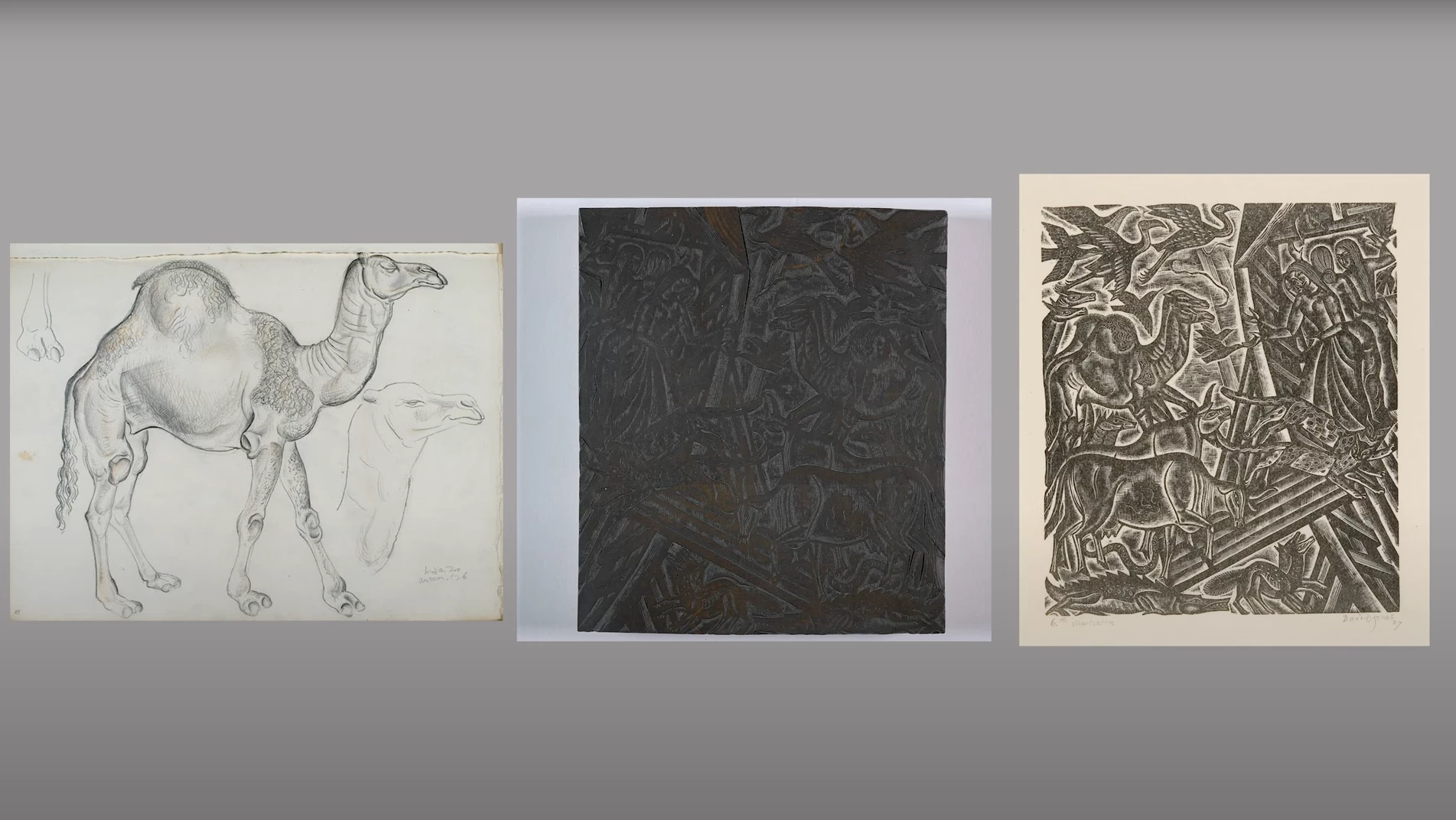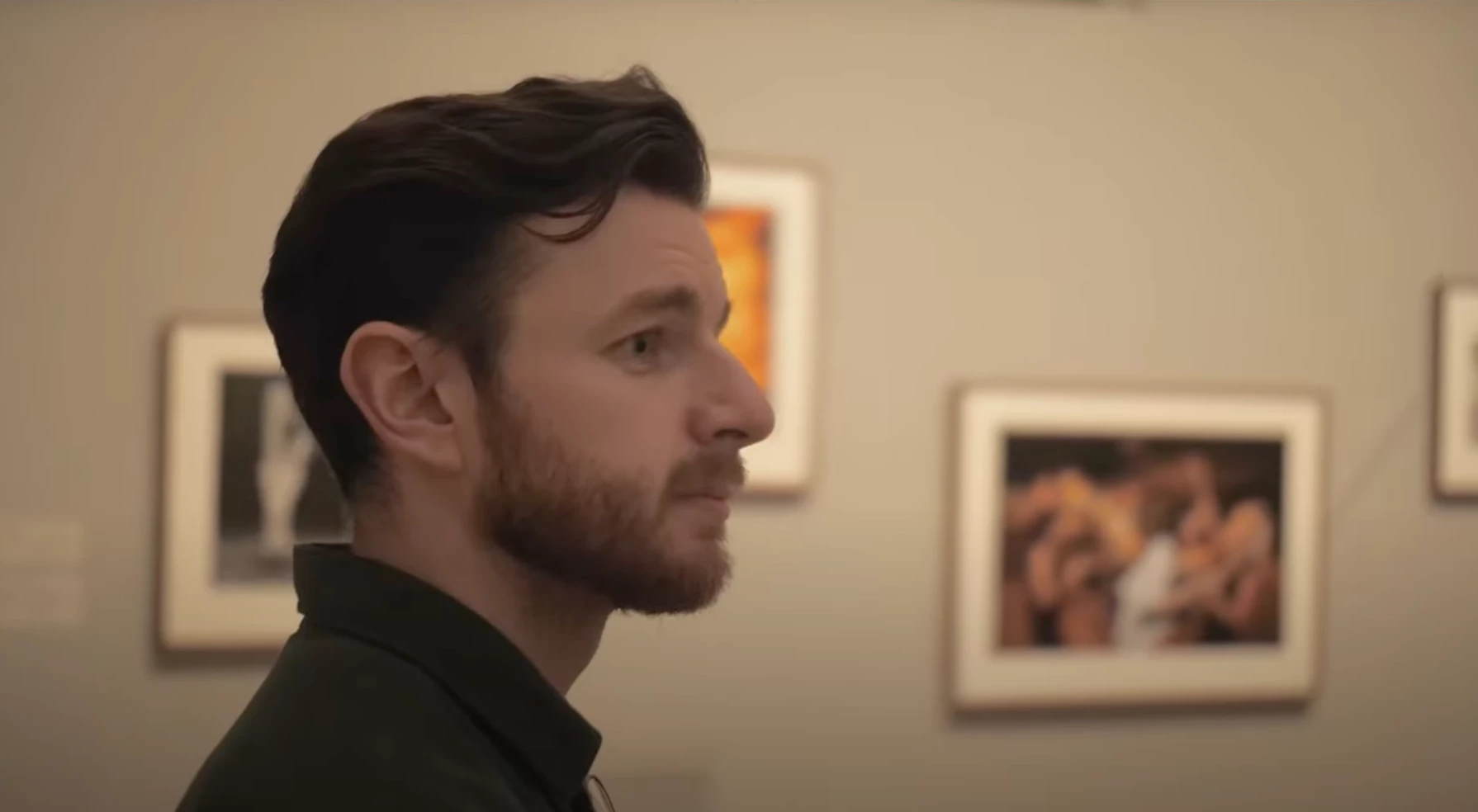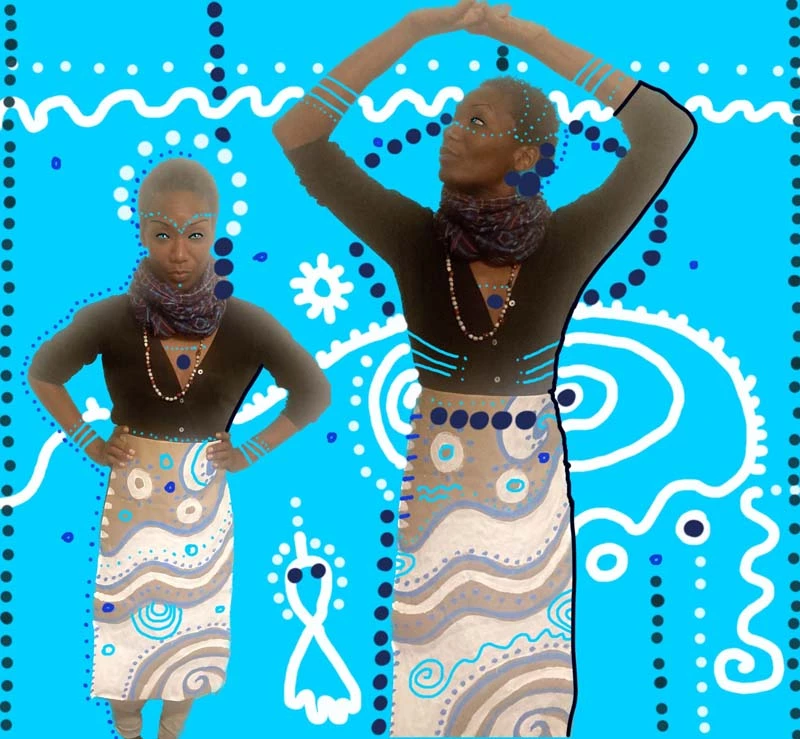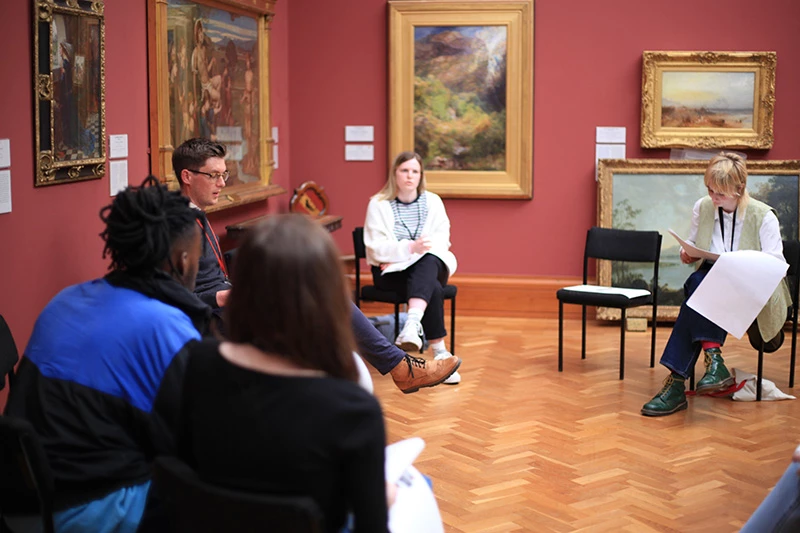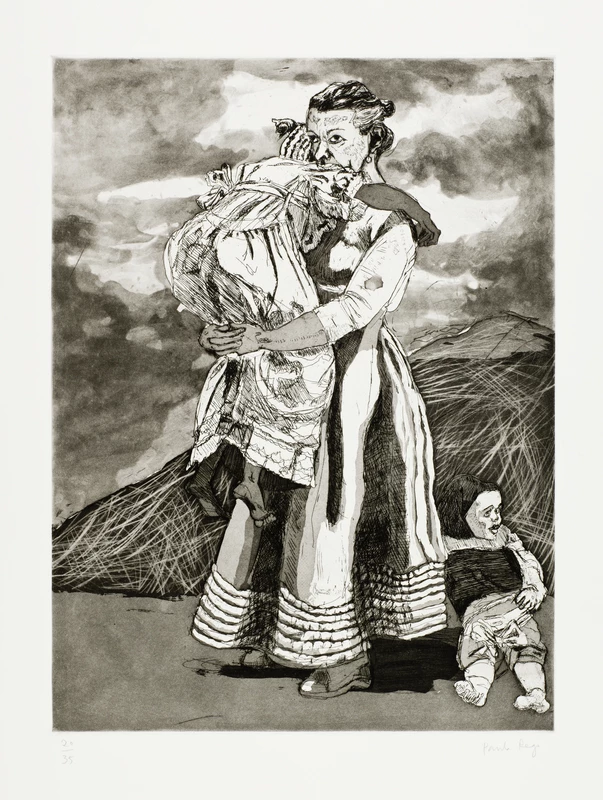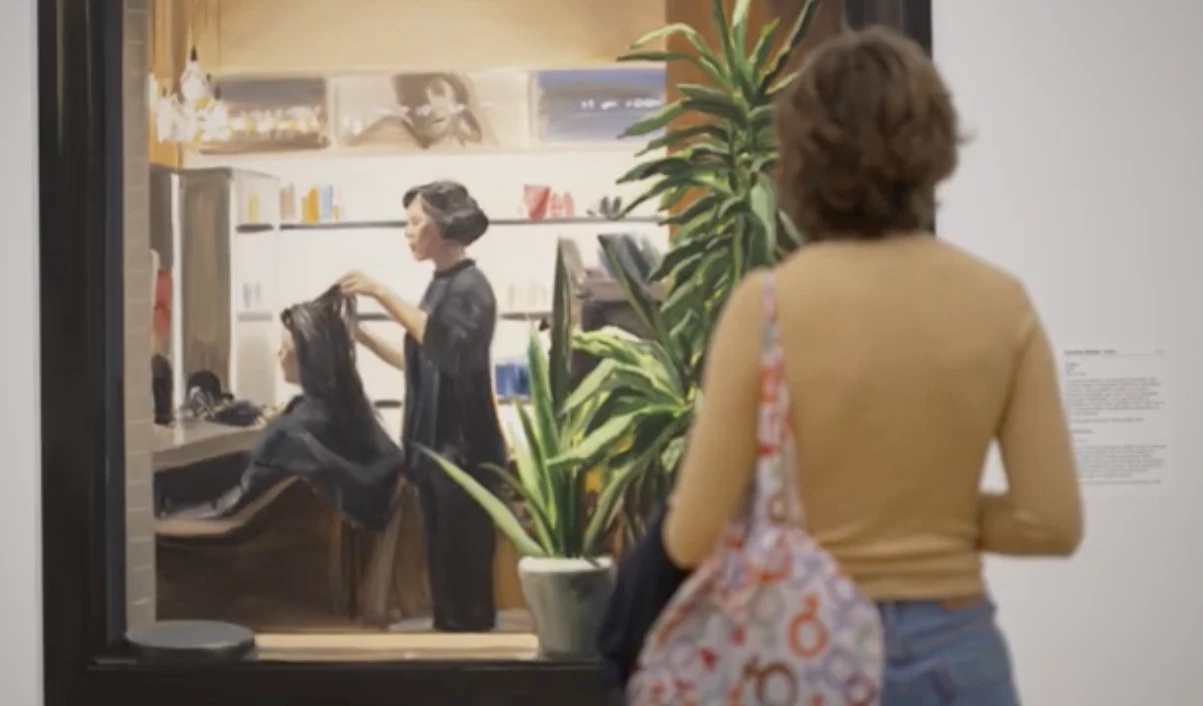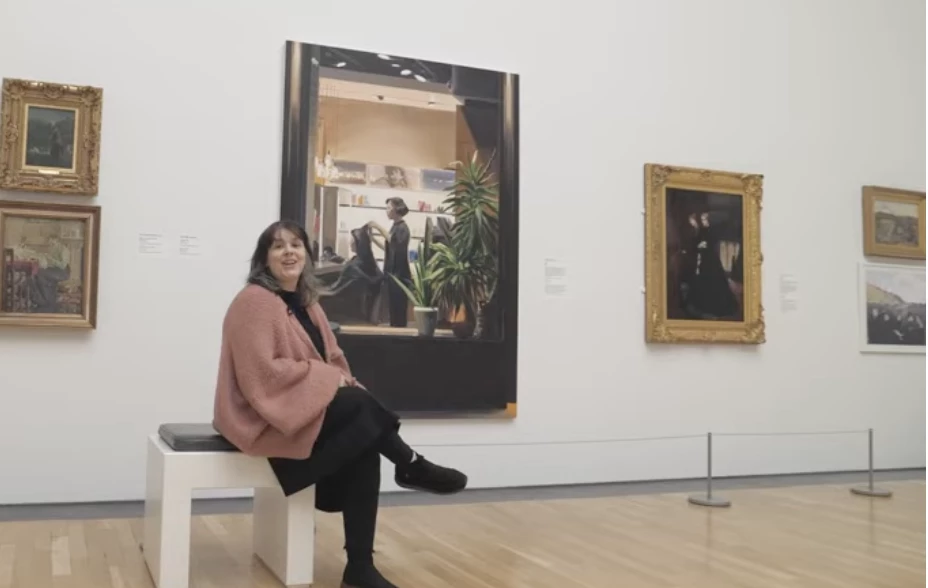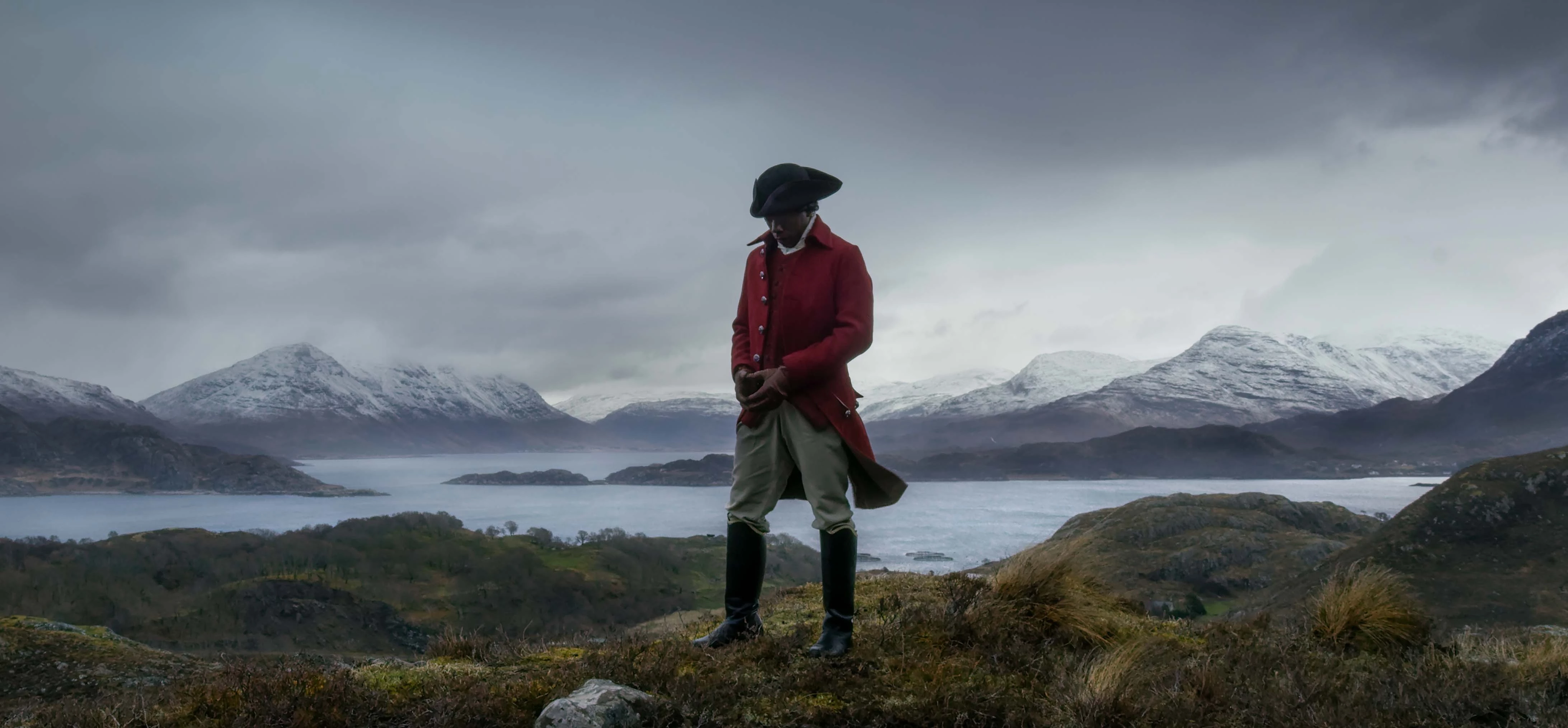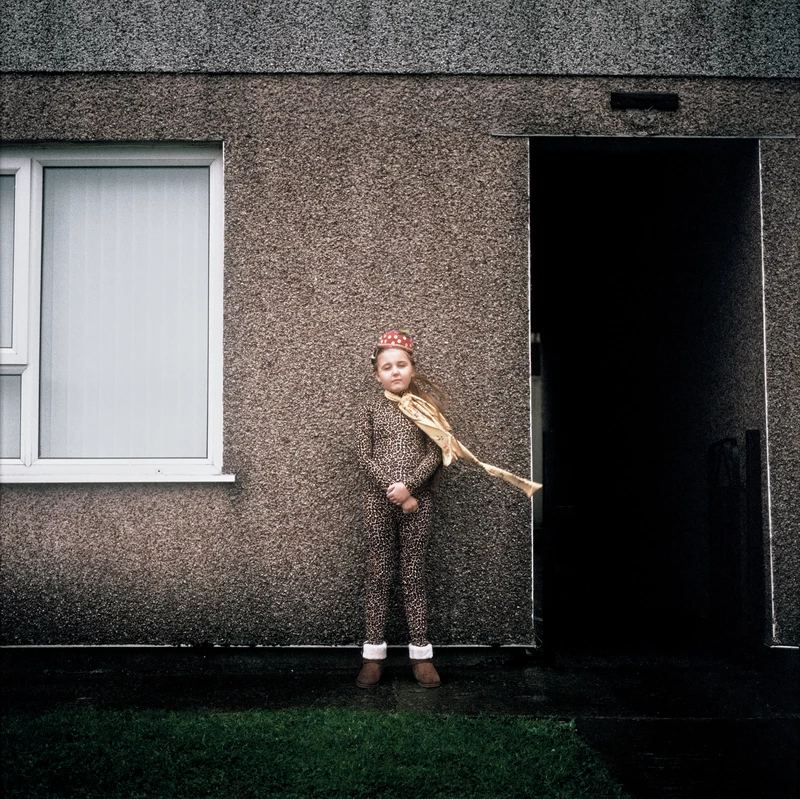Two decades spent drawing from observation has helped ground me in the world; to see more and to see better. This same practice has revealed limitations within human vision literally and figuratively, and how it can confine us and our ideas. Generally, our own personal worlds are filtered to us through two eyes that move around in space, 5ft something off the floor whilst still tethered to it. Imprisoned by our 360degree horizon, wherever we choose to take it; this is our world. I like to call it the "hairline crack of individual experience”. Imagine a thin barely visible line on a huge vase of collective consciousness.
In the city our experience is contained further. Our vision is encumbered by buildings, adverts and phone screens. We are individuals in a crowd, restrained both physically and imaginatively. Funnelled along on street level in the flow of forces we cannot not fully comprehend.
We know a change of perspective can be liberating. As a child we stand on our hands. Into adulthood, when offered a hill, we climb to the top. Being above allows us to see what we can’t when we’re within. How close together we all appear from above.
Here, we’ll take another look at highlights I’ve found in my hunts through Celf Ar Y Cyd's online collection. The prize of this search was work that offers elevated viewpoints to influence my own work Uwchben Y Dŵr (Above Water), which you’ll learn more about below.
View of Margam House (looking North)
This Margam House View is one of a pair of topographical paintings of now demolished buildings on the Margam Country Park Estate, This one looks North, the other south across Kenfig dunes and to the sea.
This flyby of the past provides us with a painted snapshot in time. The lay of the land that is now Margam Country Park, circa 1700. Pre industrial revolution, Port Talbot Steel works and the M4.
There was no hill to paint from or aircraft to pilot to gain this elevation. The unknown artist likely adapted sketches made on the ground combining them with maps of the area. Observation and measurement meets imagination.
The view is Godlike; we are omnipresent. Our focus can wander and occupy freely. This artist’s visionary feat should not be underestimated. While they achieve a balance of specificity meets topography; they are also playful. They generously provide us with minuscule sign of everyday life. Within the boundary we spot deer that gather and scatter while labourers take the long way around.
Ultimately these images are visions of ownership. A painting of property; wealth and walls. They are for the owners to visualise and communicate sprawling assets that have outrun their human, ground bound perspective. These artworks helped them keep track of it all, before time eventually outran them.
Polluted Pool at Maindee
Jack Crabtree’s vision of a polluted pool at Maindee, reflects on the south Wales landscape as industry declines but its scars remain. Compositionally resembling The Boar Hunt by Velasquez (National Gallery, London), Crabtree’s painting has the viewer climb the bank before turning back to look out over the painted landscape. Instead of an enclosed boar ring, we find a more modern massacre, with a science fiction twist.
The foreground auditorium of dystopian flora that populate the incline are reminiscent of images conjured by JG Ballard’s The Drowned World (1962). Breaking the distant horizon crucial landmarks; the few remaining trees and a row of terraced cottages, give the reference of scale needed to contemplate the reach of this desolate degradation.
Rings of acid greens and sulphuric yellows sting our eyes as they ripple outwards. Perhaps this explains the lone protagonist’s need to don welding goggles. Facing outwards, confronting us, we don’t see where their gaze rests. Instead we are met with a reflected landscape. Crabtree’s ingenious way of extending the edges of his world beyond the canvas with a bleak vision; more of the same. A stark encounter with a message of warning to the future. If one lagoon in Maindee can be so easily tainted, so can the rest of the world.
Imaginative Empathy
Many of humanity’s problems, historical, current and future can be solved with empathy, community and connection. Perversely, the systems that surround us nudge us toward self interest. These systems, established long before you or I were born, block our ability to come together and collectively make the leap toward collaboration.
At what point do we stop caring? How far out of view does a societal challenge need to be before the idiom “out of sight, out of mind” steers us back towards our local concerns? Art can help us understand the problem by offering a different perspective. A visit to an exhibition can be a different way of ‘climbing the hill’ and gaining the new viewpoint that shows society to itself.
A World View
EVANS, Geraint Ross, Uwchben y Dŵr (Above Water) © Geraint Ross Evans
Like the Margam Park views, I too want to assemble, distil and remake disparate experiences on the ground into something that can be contemplated in its entirety.
My new work Uwchben Y Dŵr (Above Water) which was on display rrecently at BayArt in Cardiff Bay aims to give a sense of what defines our time and show the whole world as I currently understand it. But how do you go about showing everything? Ideas for the form came from an unexpected source; a donut.
In her book, Donut Economics, Kate Raworth proposes a new economic model to replace our religious devotion to growth. The quote below became my own call to arms.
‘The most powerful tool in economics is not money, nor even algebra. It is a pencil. Because with a pencil you can redraw the world.’ – Kate Raworth
Raworth’s “donut” offers up a topographical framework that I have reimagined to visually explore and symbolise each section of our modern complex puzzle. I envisaged an island surrounded by sea and enclosed by the depths of outer space; a closed system describing the limits of our liveable environment.
At the centre is a smoking crater which imprisons those without the basic means or social foundation to survive; the war torn, the displaced, the starving. We need to get them out and into a safe space. The ring that surrounds this “shortfall” provides this much needed social foundation. The area is dotted with landmarks depicting or symbolising; equality, education, political voice, health, housing and unity with nature; the “Safe and Just Space for Humanity”. This is the aim and result of finding and restoring balance. But beware of overabundance. Ignorance, polarised viewpoints, inherited wealth and status slide us towards the rising waters; the “ecological ceiling”. Here, these activities wreak havoc on the earth and it’s inhabitants causing many of the events which inevitably lead the 99% of us back towards the central “shortfall” or off the page altogether.
Image making is my playground where pictorial space meets headspace. Here, there is room for complexity and nuance, however subjective. Uwchben Y Dŵr (Above Water) seeks to imaginatively ground these ideas in the visual and recognisable; to create a living, breathing image of the world circa 2024. Uwchben Y Dŵr is a microcosm that allows us to take an imaginative step back to try and make sense of it all. To gain an elevated view. From our vantage point you can see it all at once, make connections, seek clarity and explore the possibilities for a better world. This work is an invitation for you, the viewer, to slow down and sit a while next to me up here on the precipice, while our heads are still above water.
My drawings, including Uwchben Y Dŵr (Above Water) were recently exhibited as part of ‘Silent Revolution / Chwyldro Tawel’ a joint exhibition with Sue Williams at BayArt in Cardiff.
Geraint Ross Evans is a figurative artist from Cardiff who uses drawing as a playground to explore complex contemporary issues through the lens of people and place. He studied at Swansea Metropolitan University and the Royal Drawing School in London, where he now teaches. www.geraint-evans.com @geraintevans_artist
